Houghen Plantation
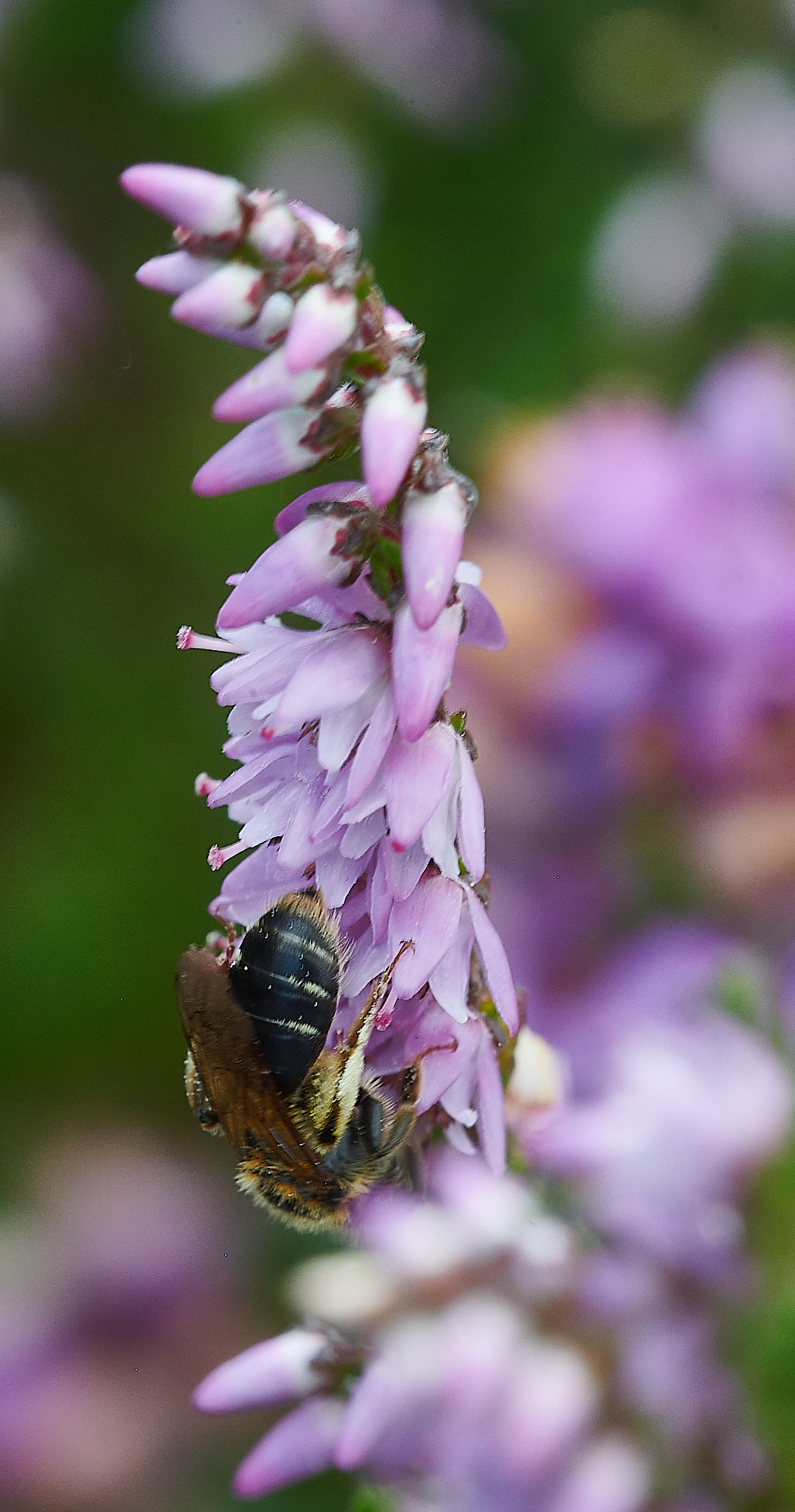
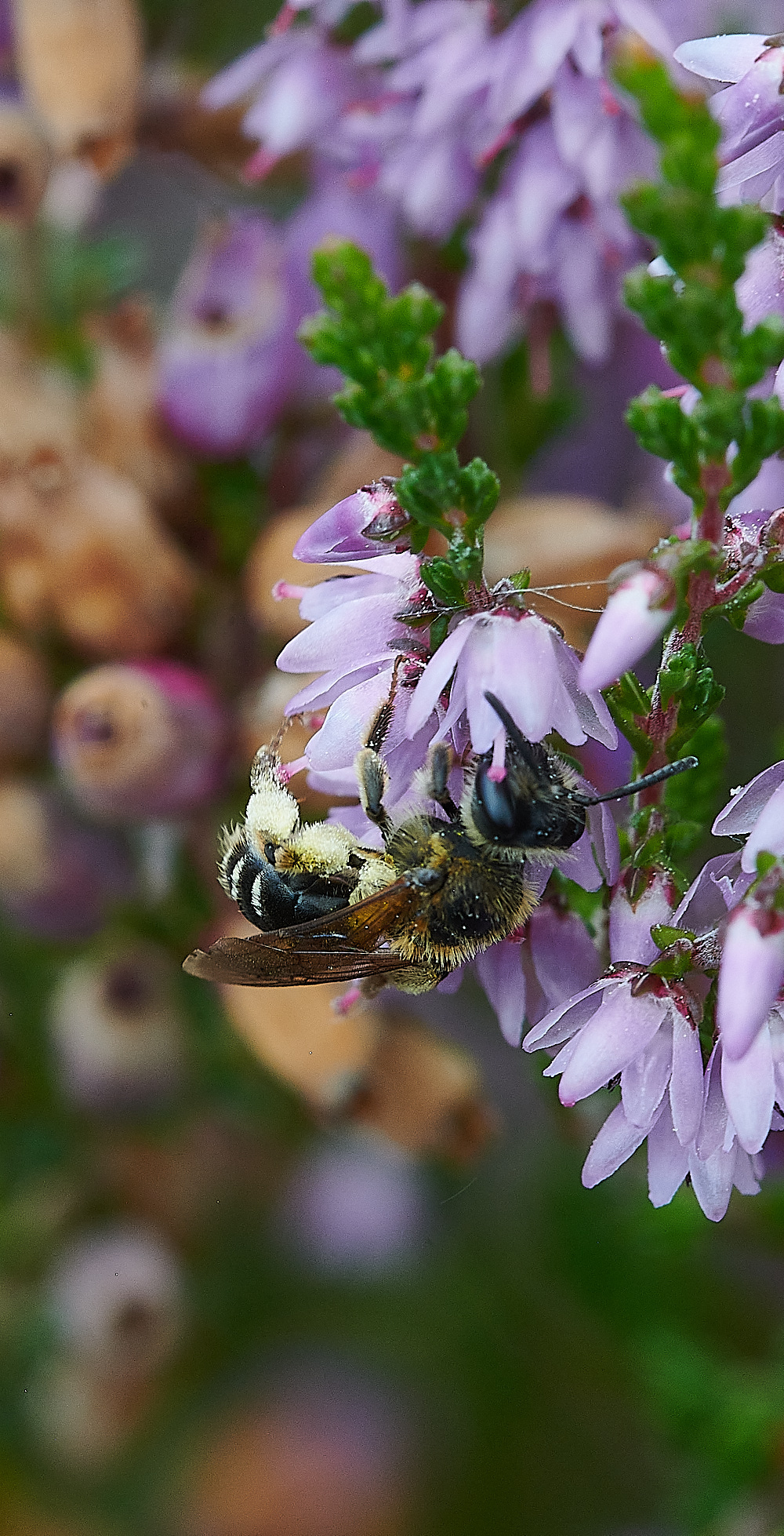
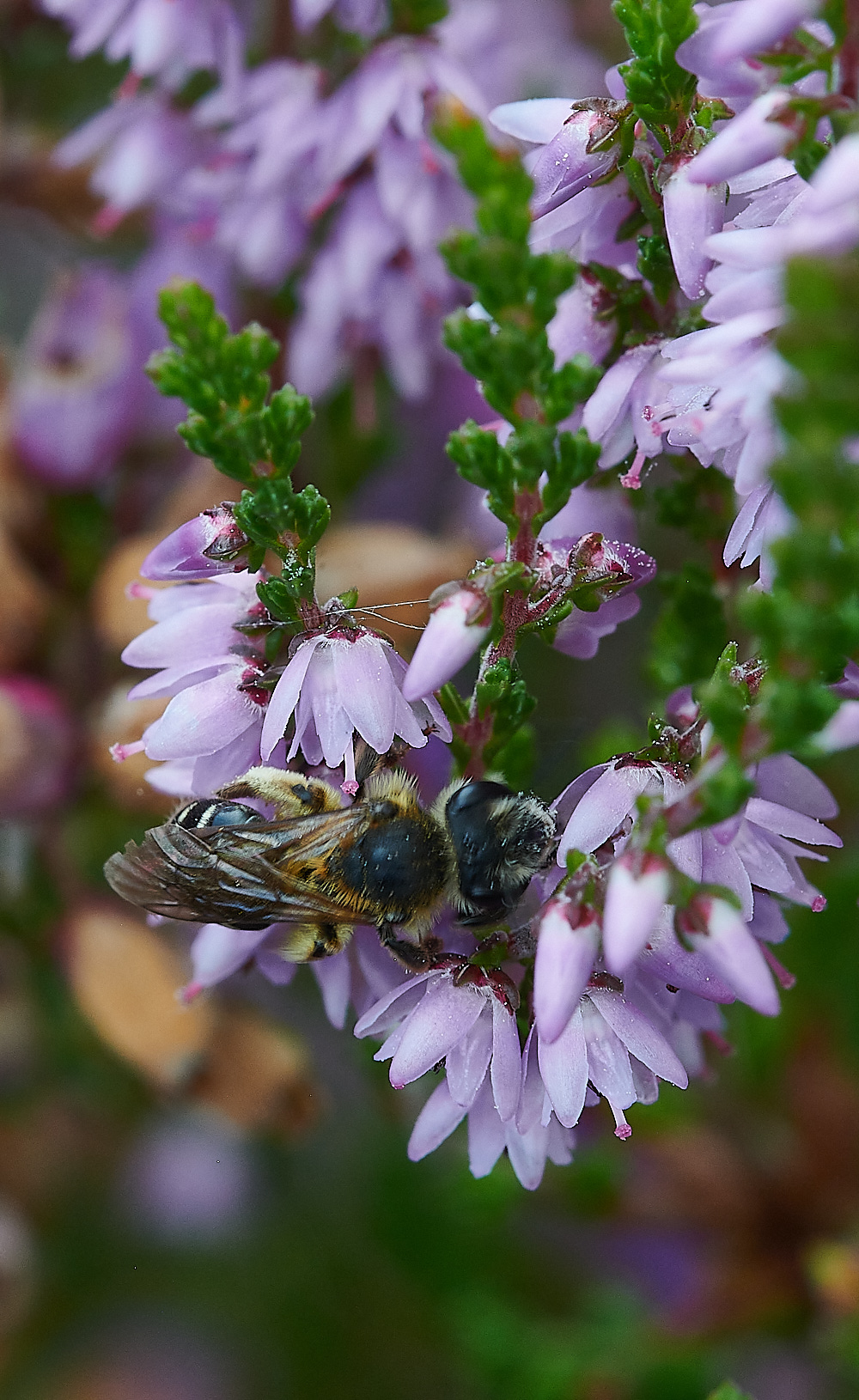
Short Fringed Mining Bee (Andrena dorsatta) perhaps ?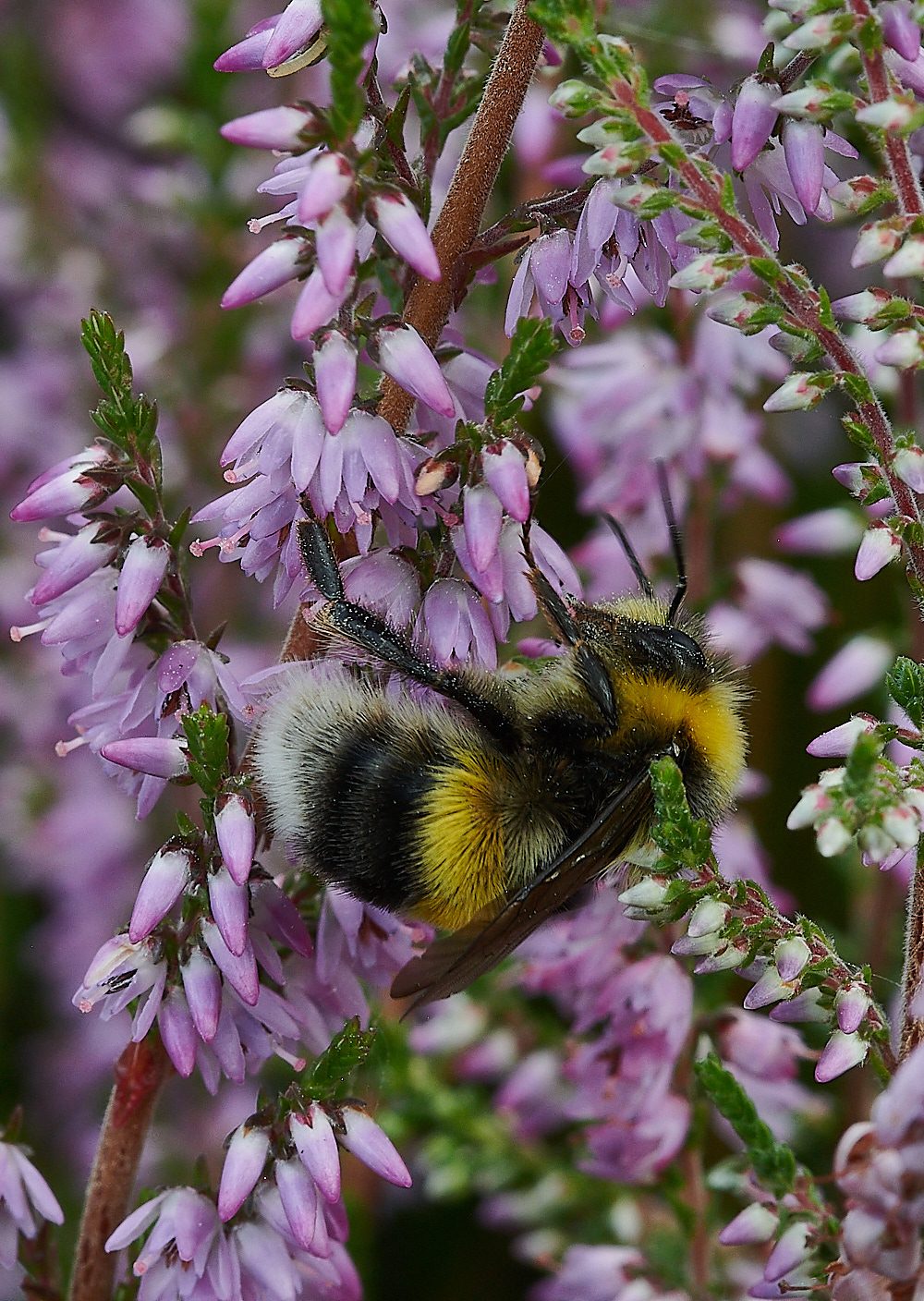
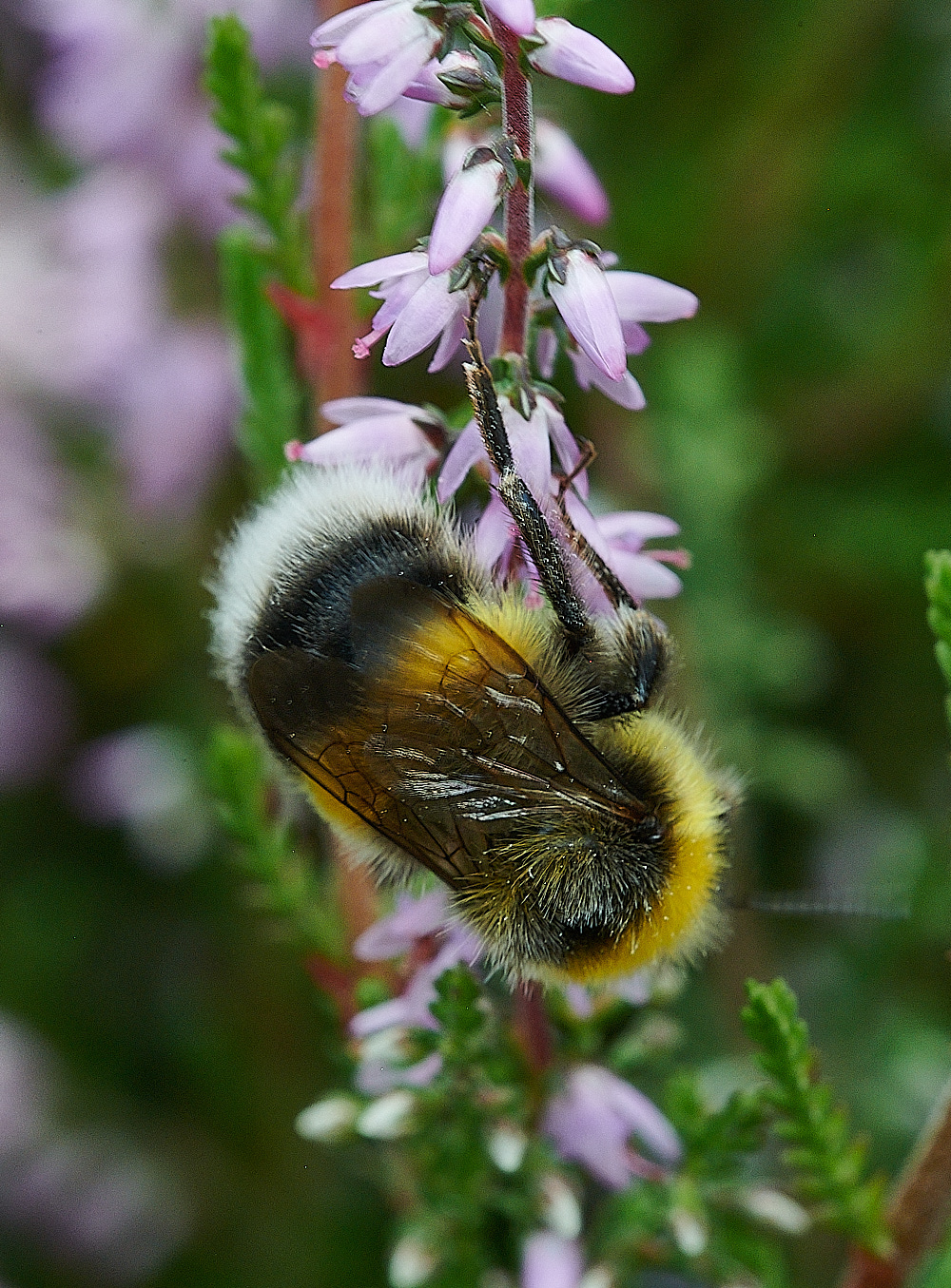
White-tailed Bumble Bee ♂︎ (Bombus lucorum)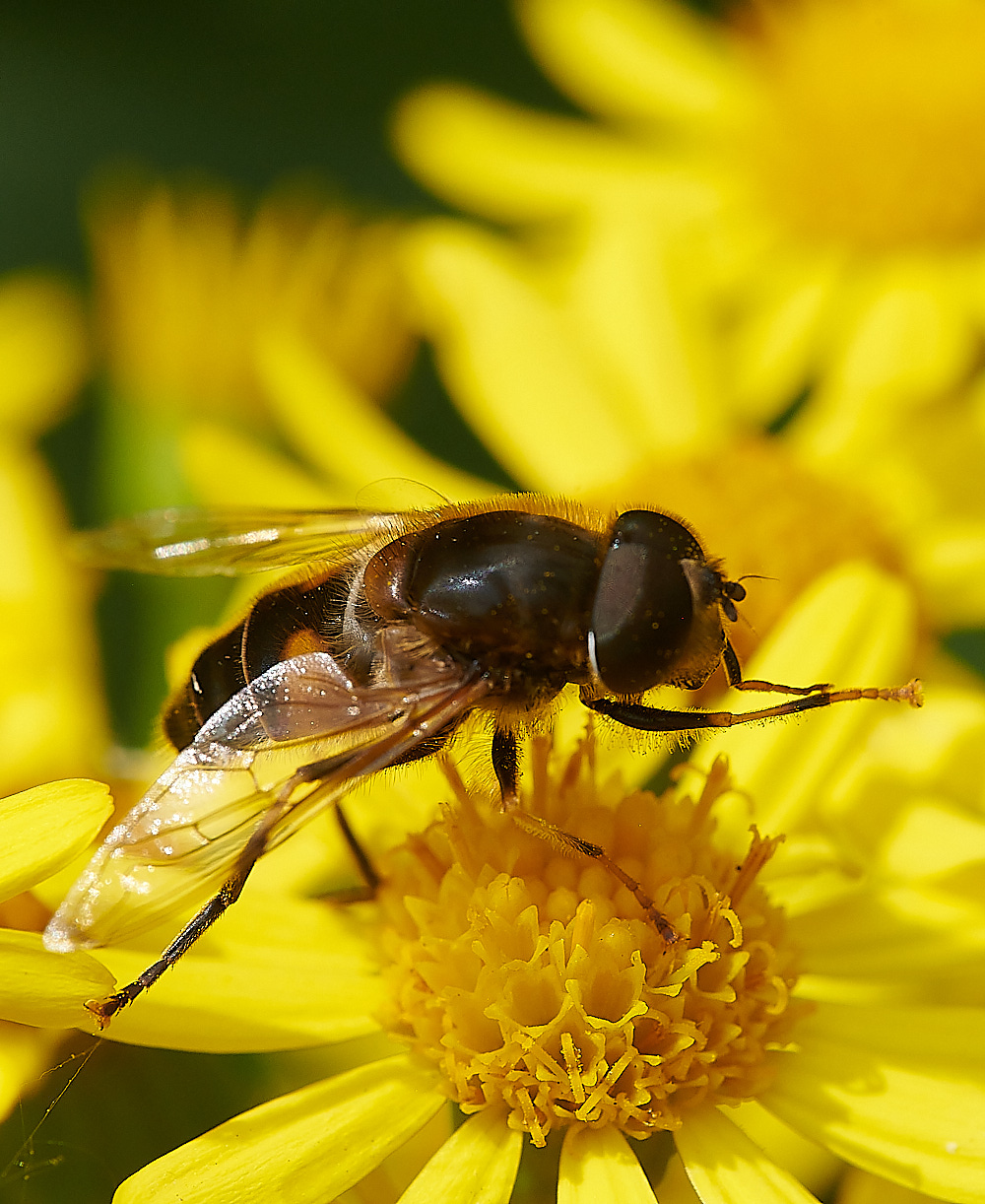
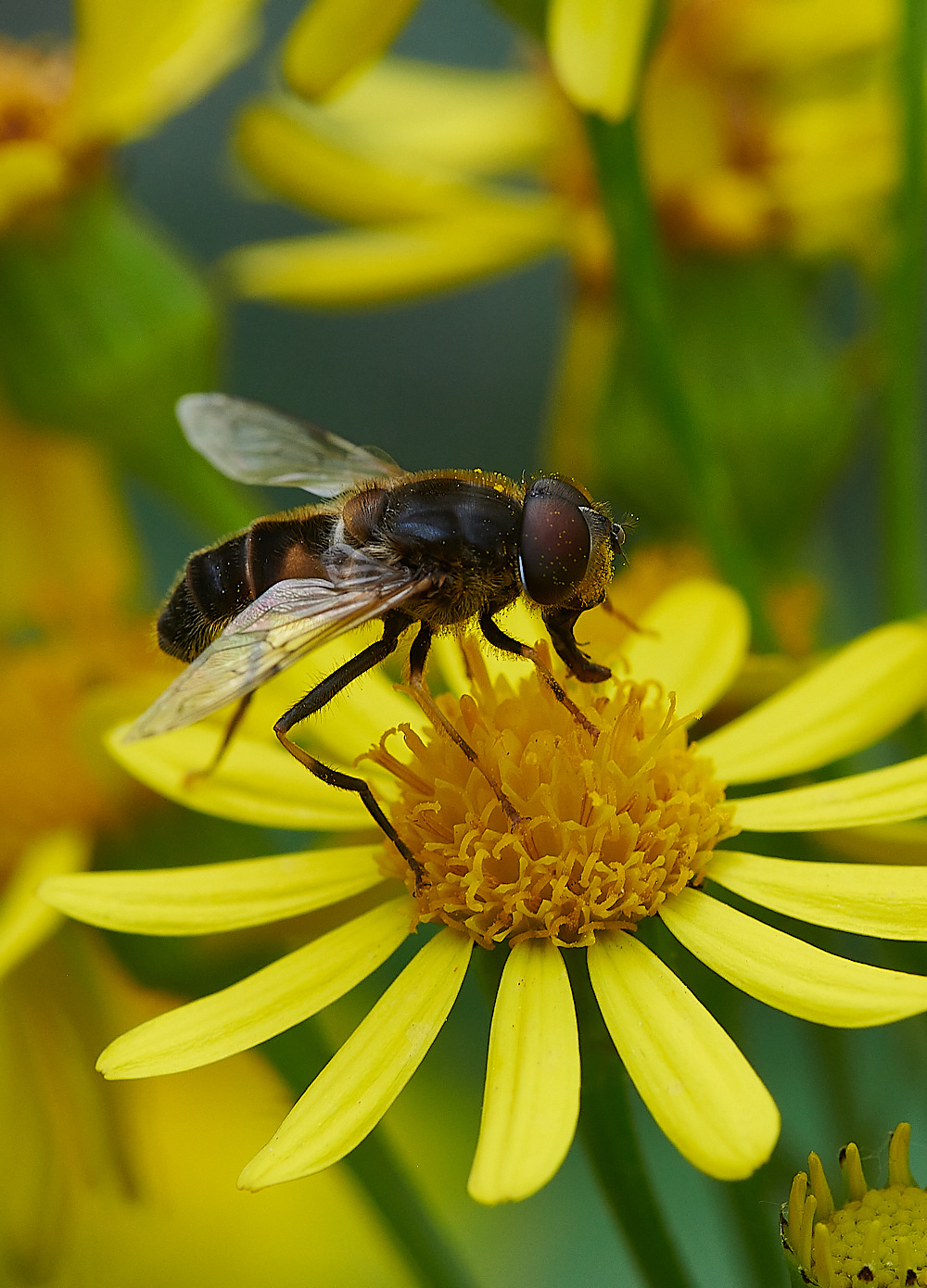
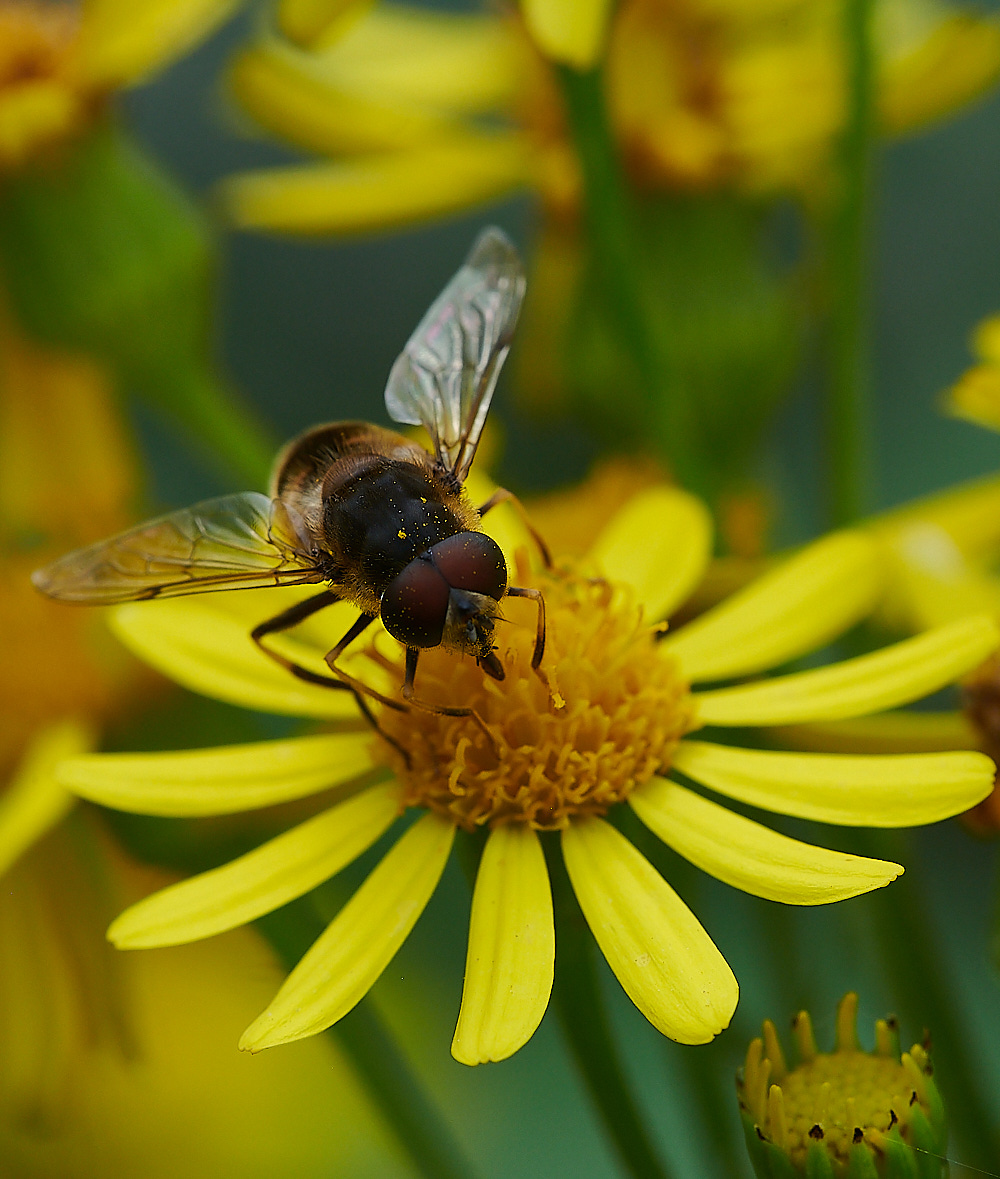
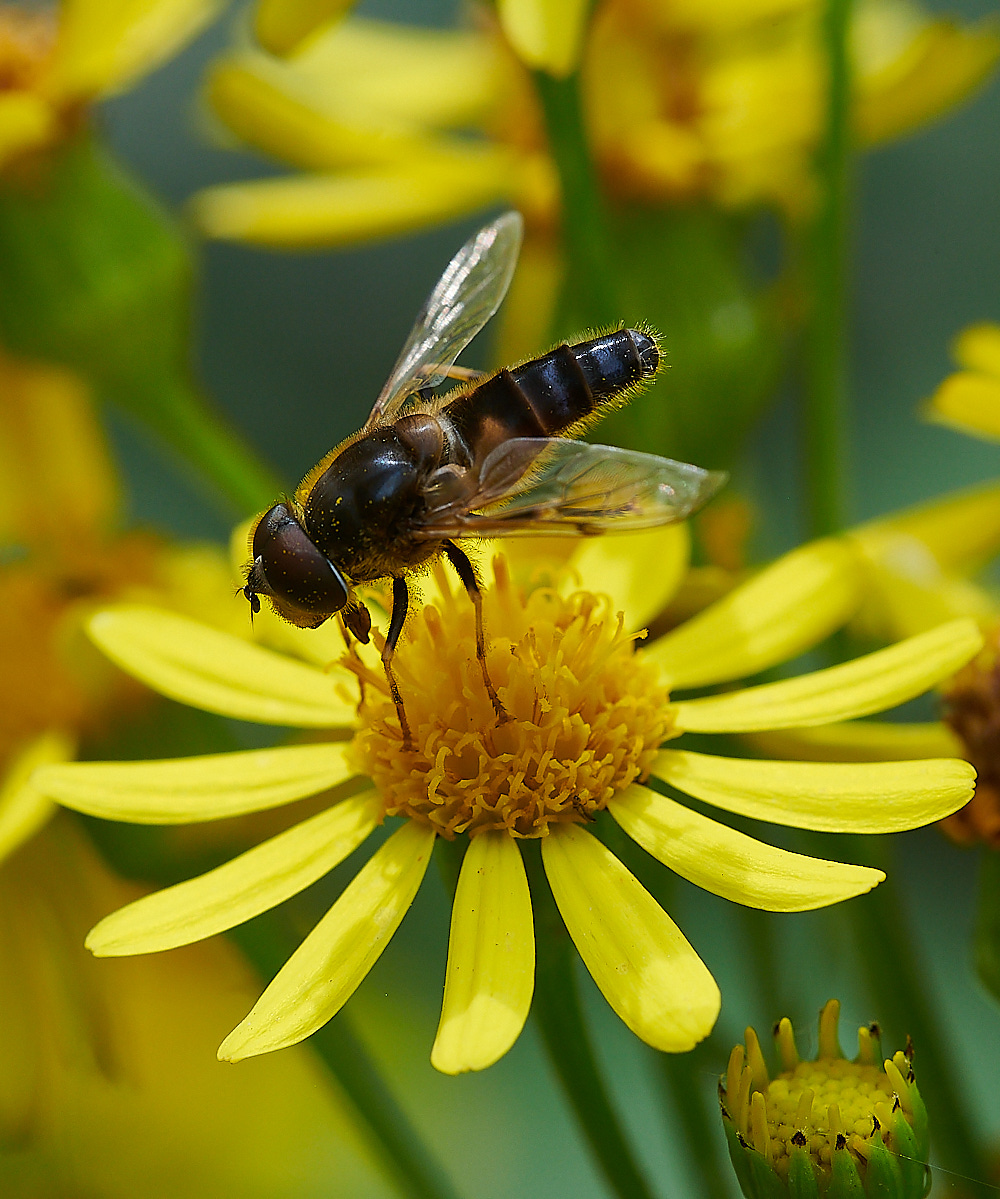
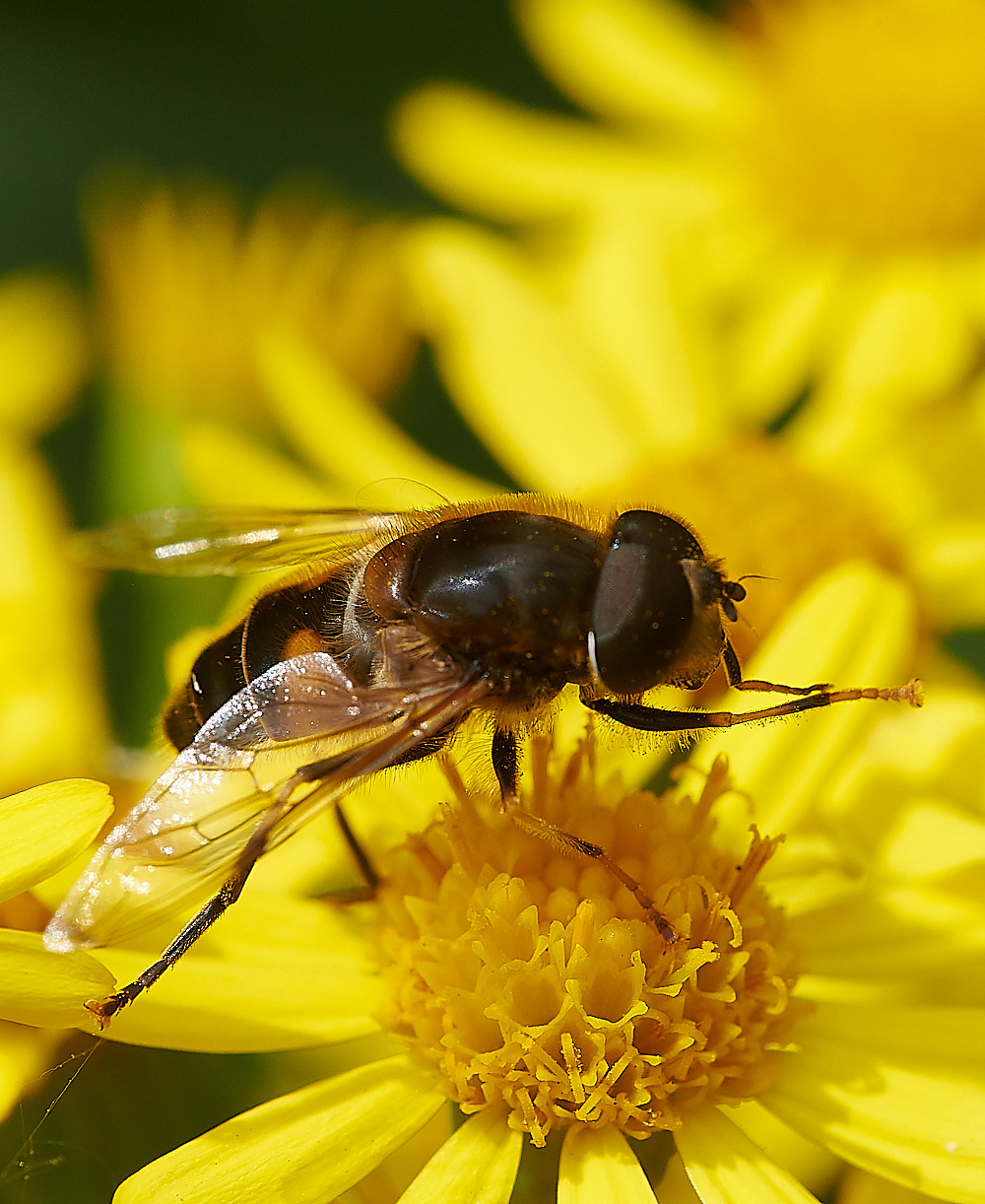
Eristalis pertinax ♂︎ 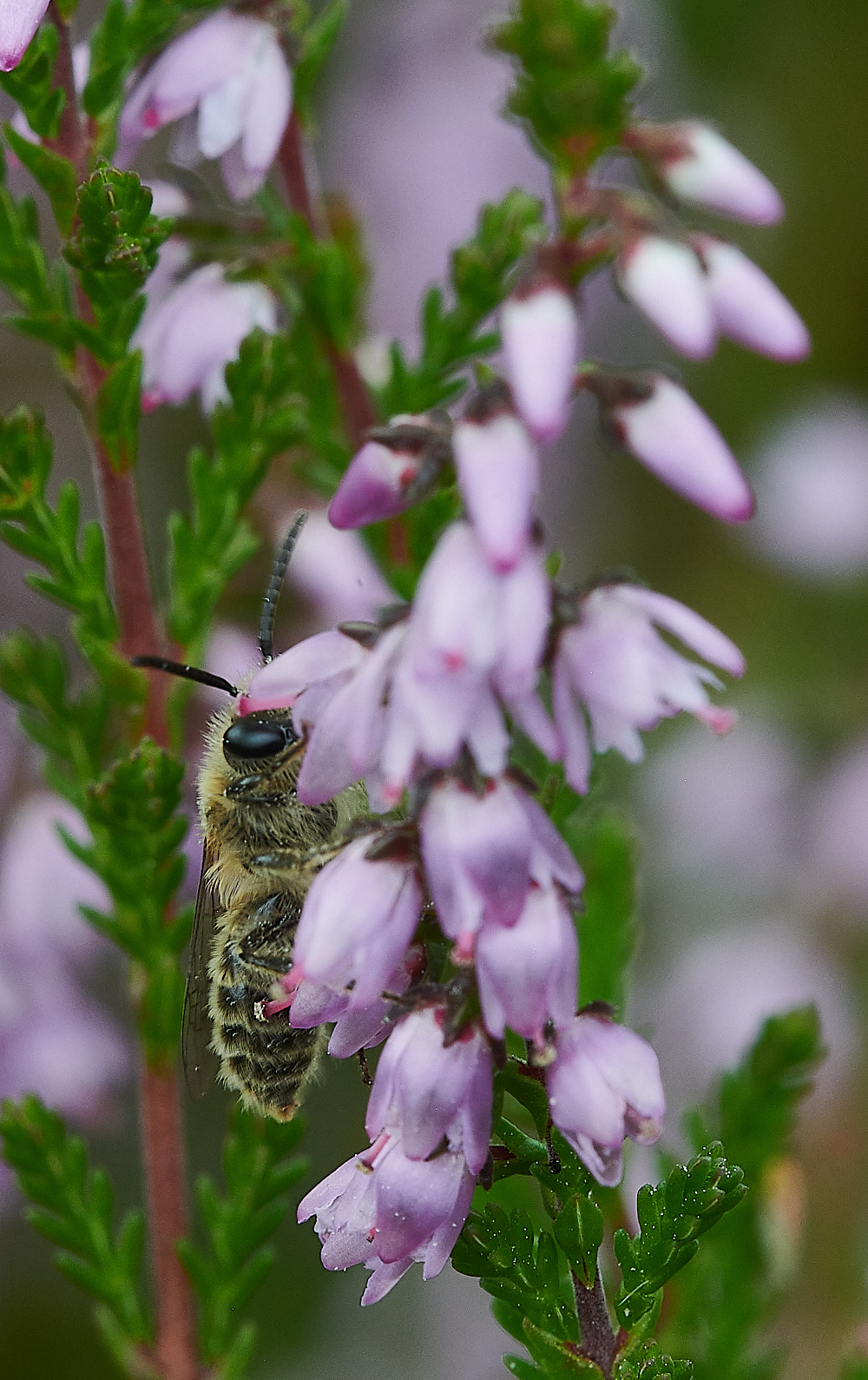
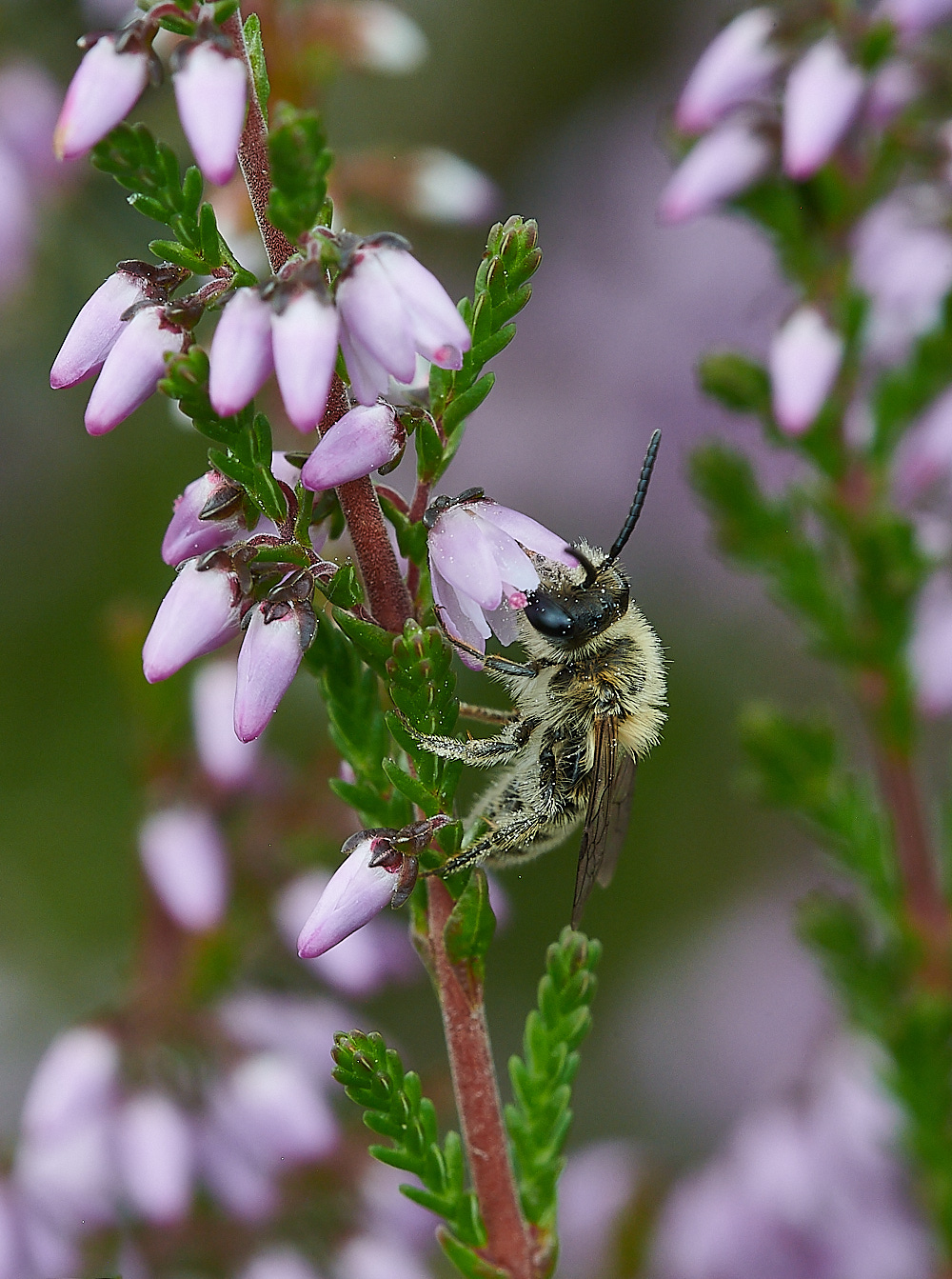
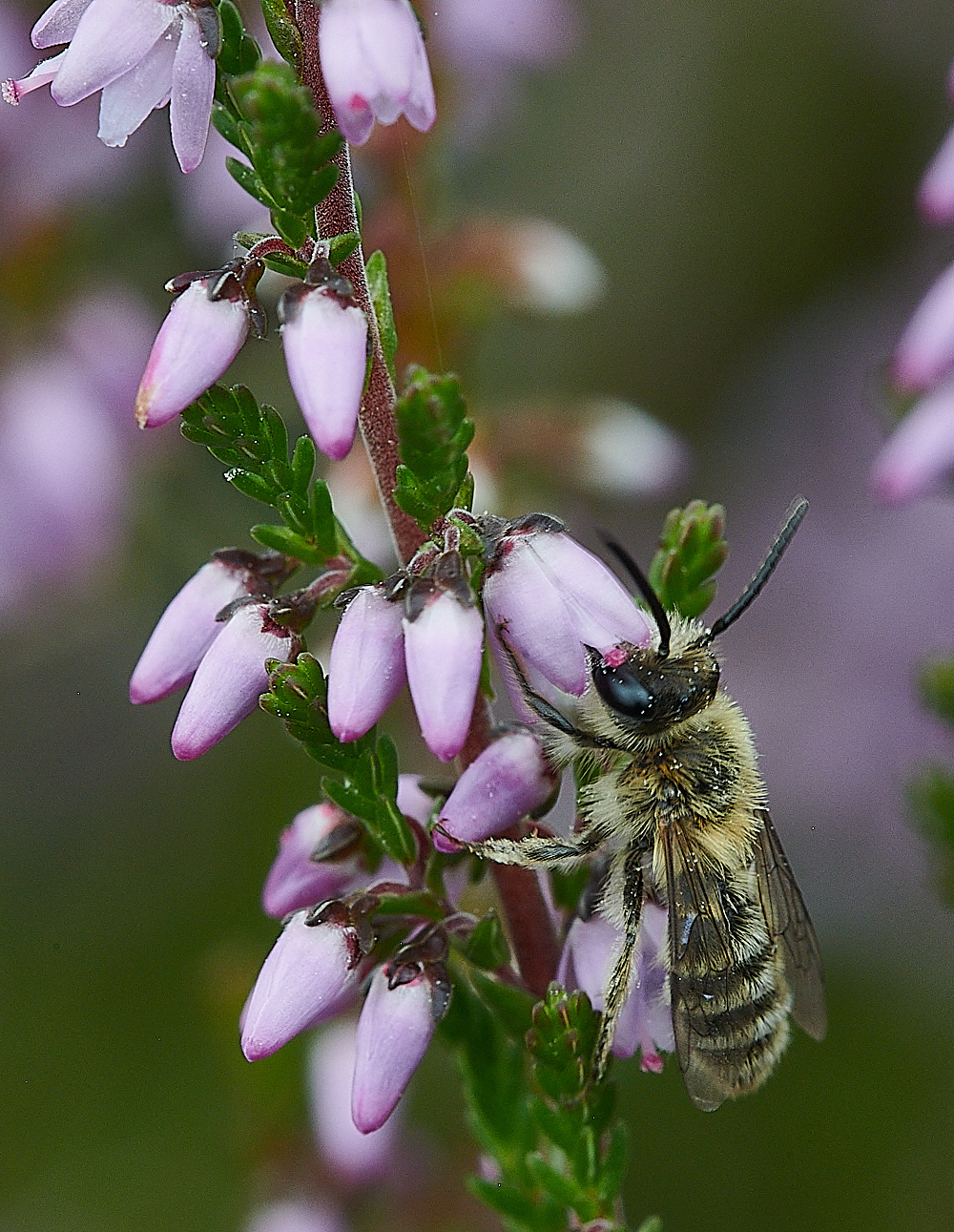
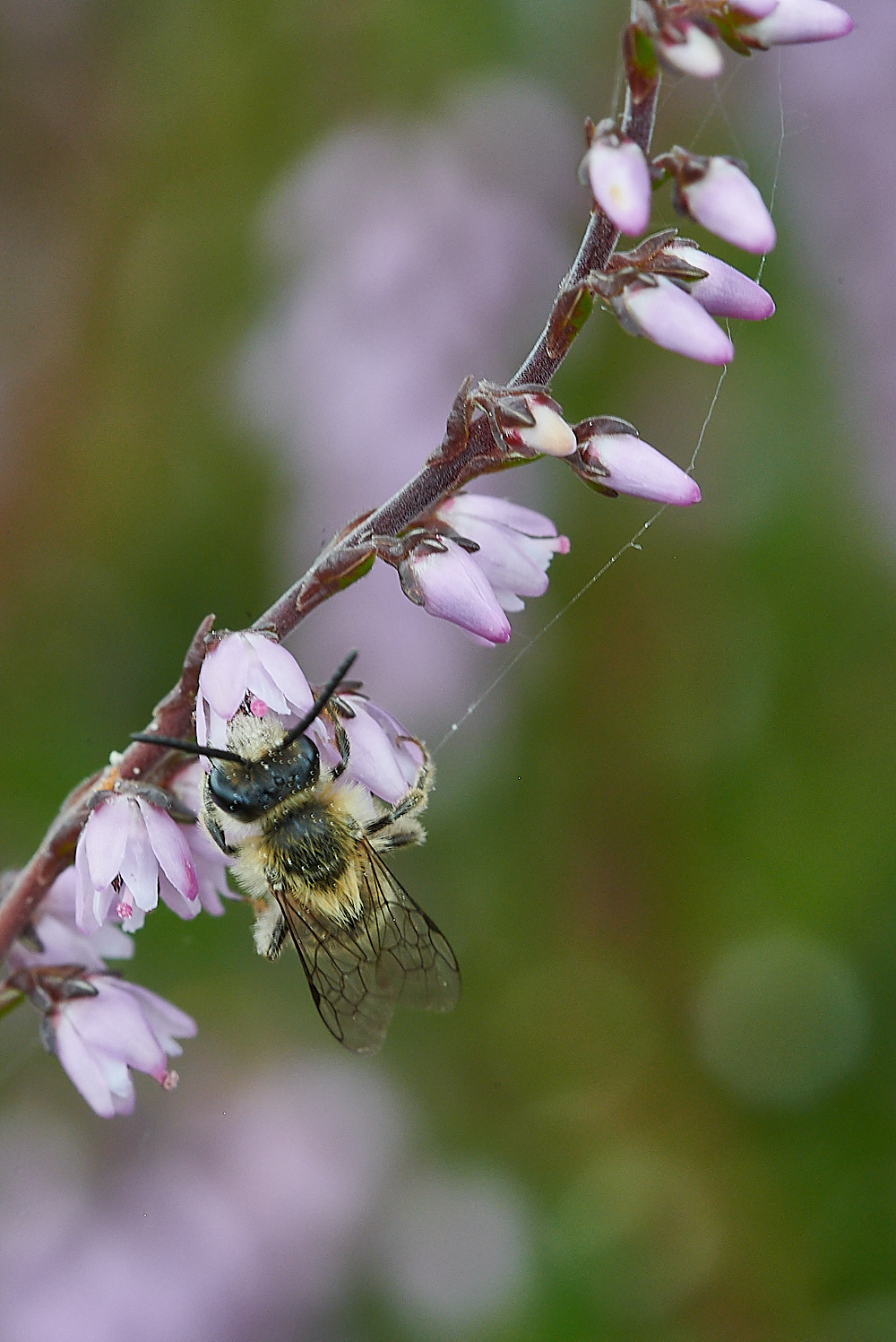
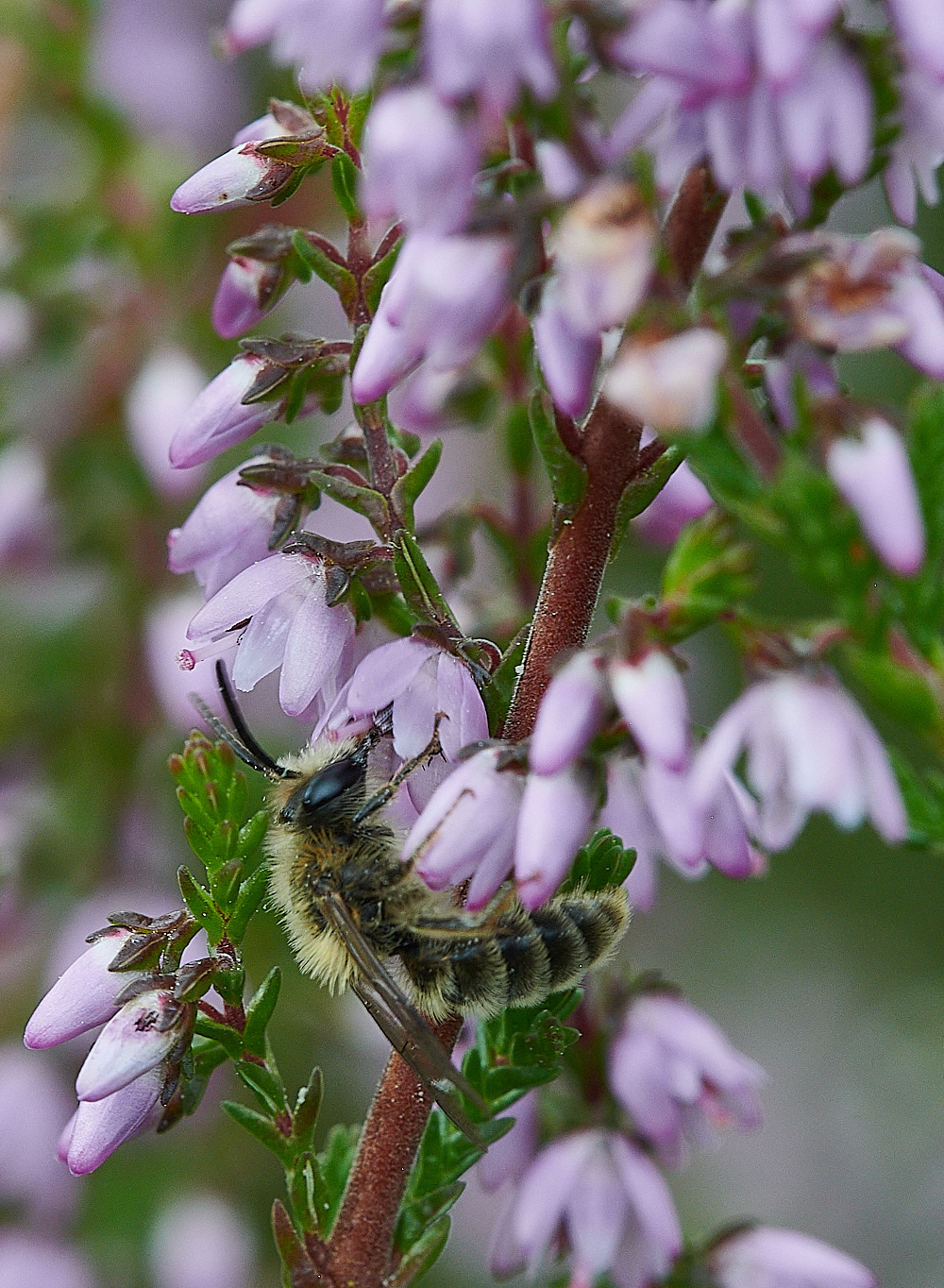
Heather Mining Bee (Andrena fuscipes) 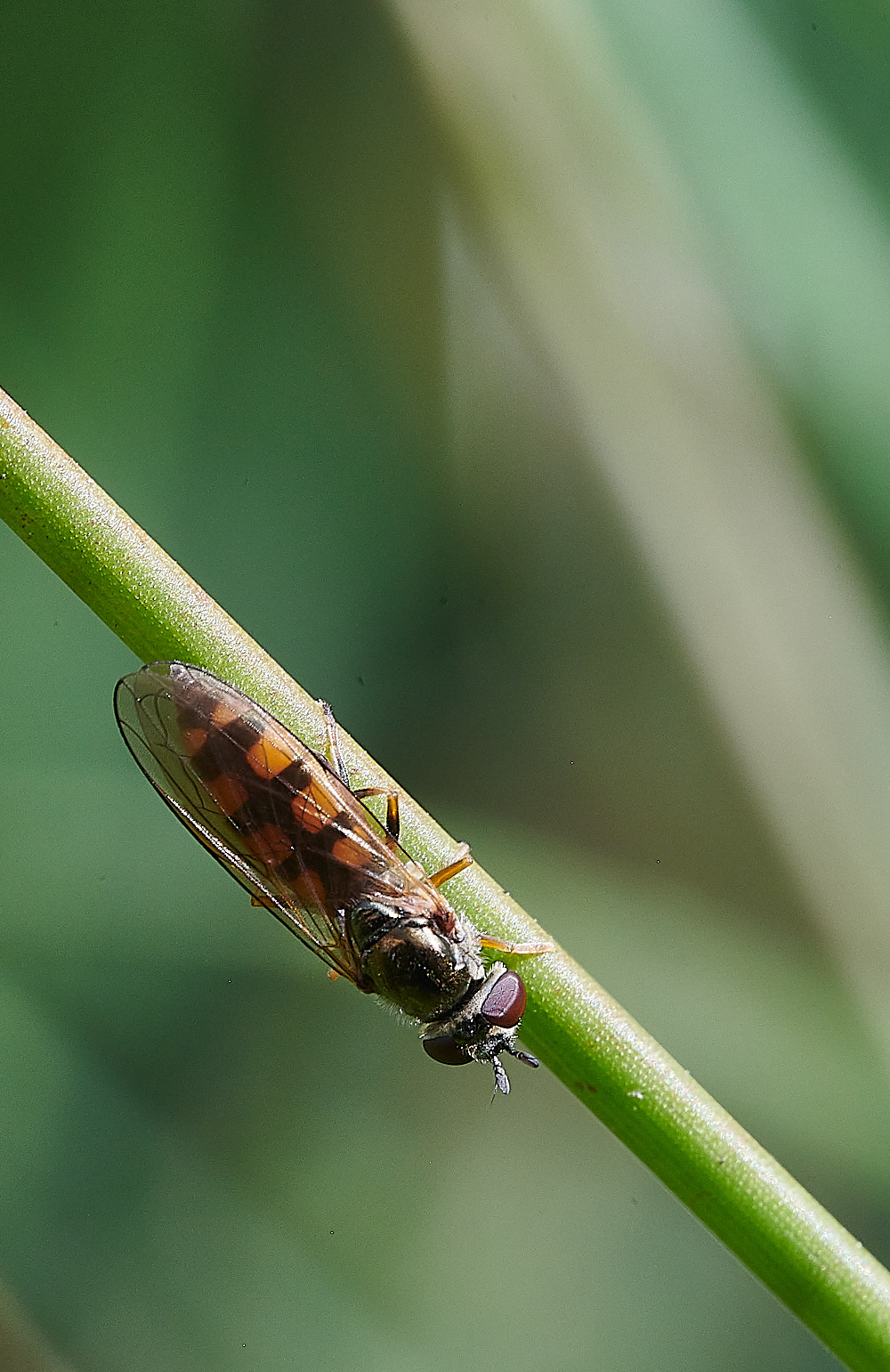
Platycheirus fulviventris ♀︎ perhaps?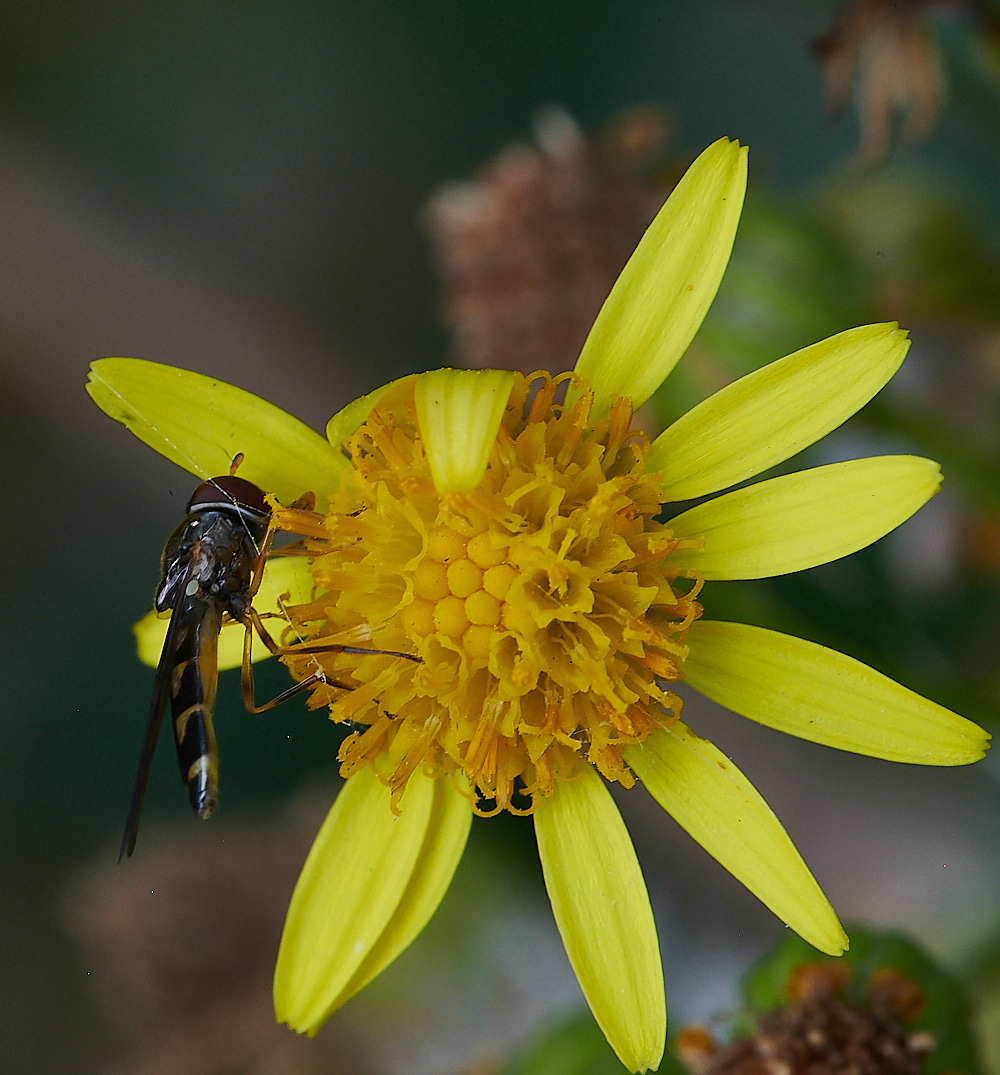
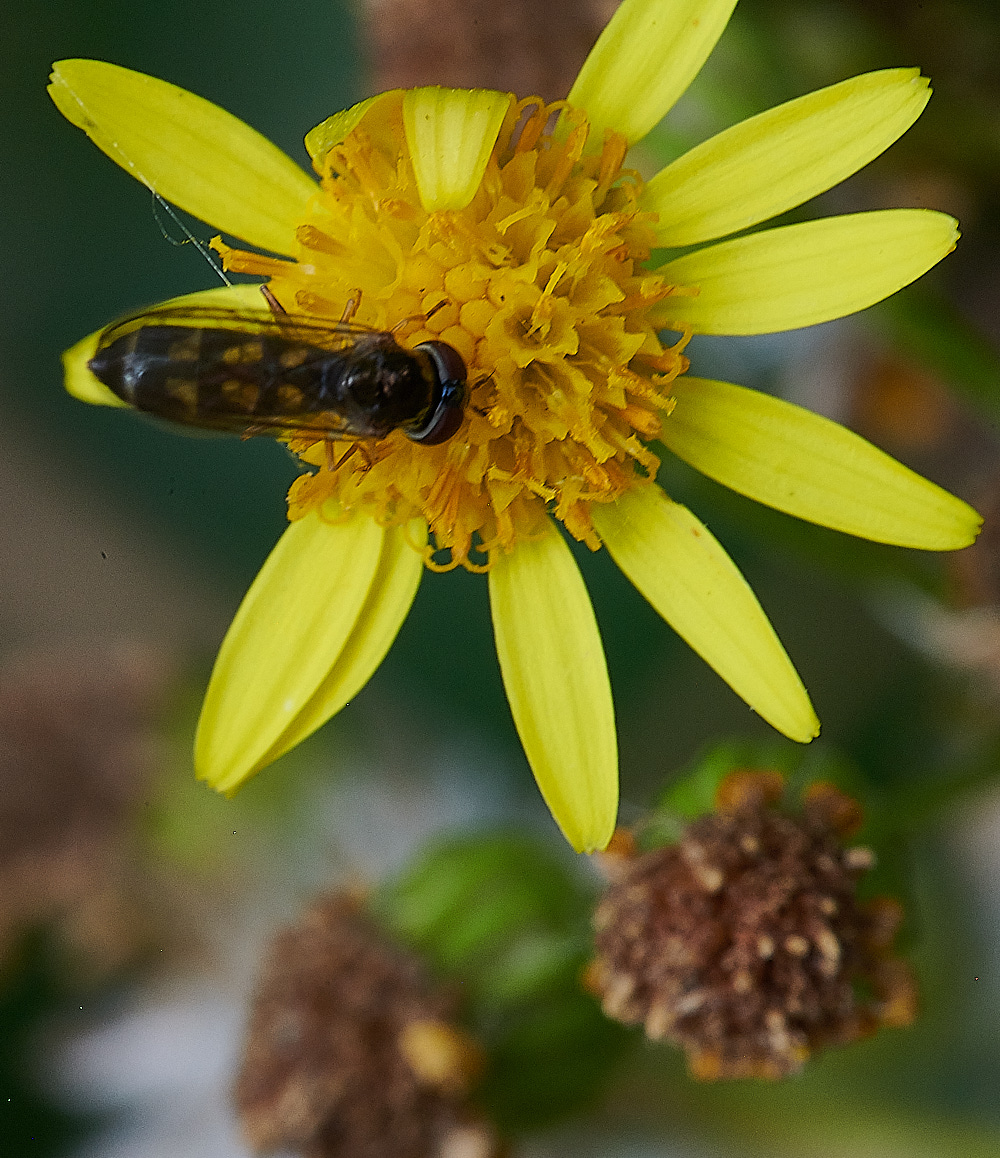
Melanostoma scalare ♀︎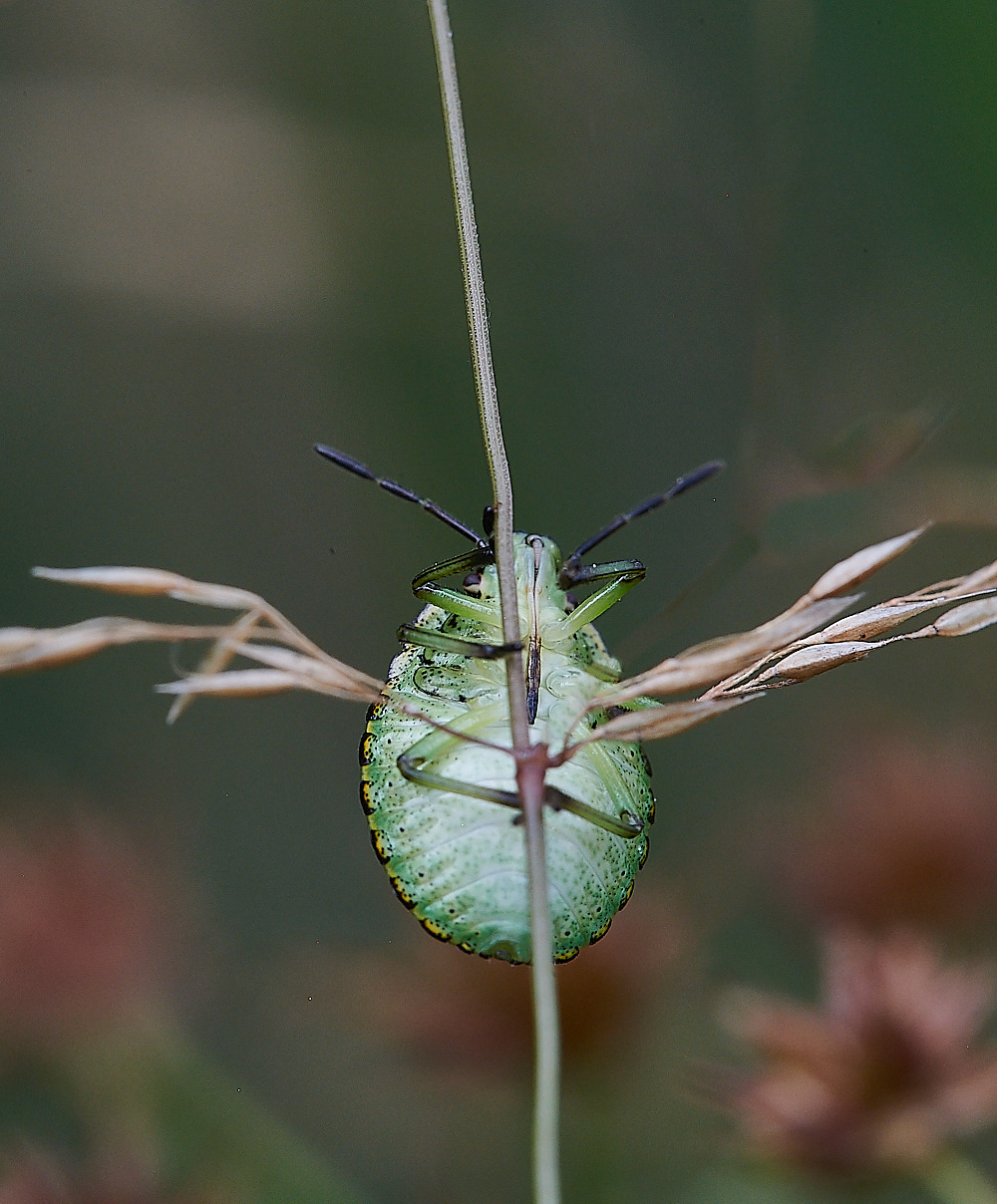
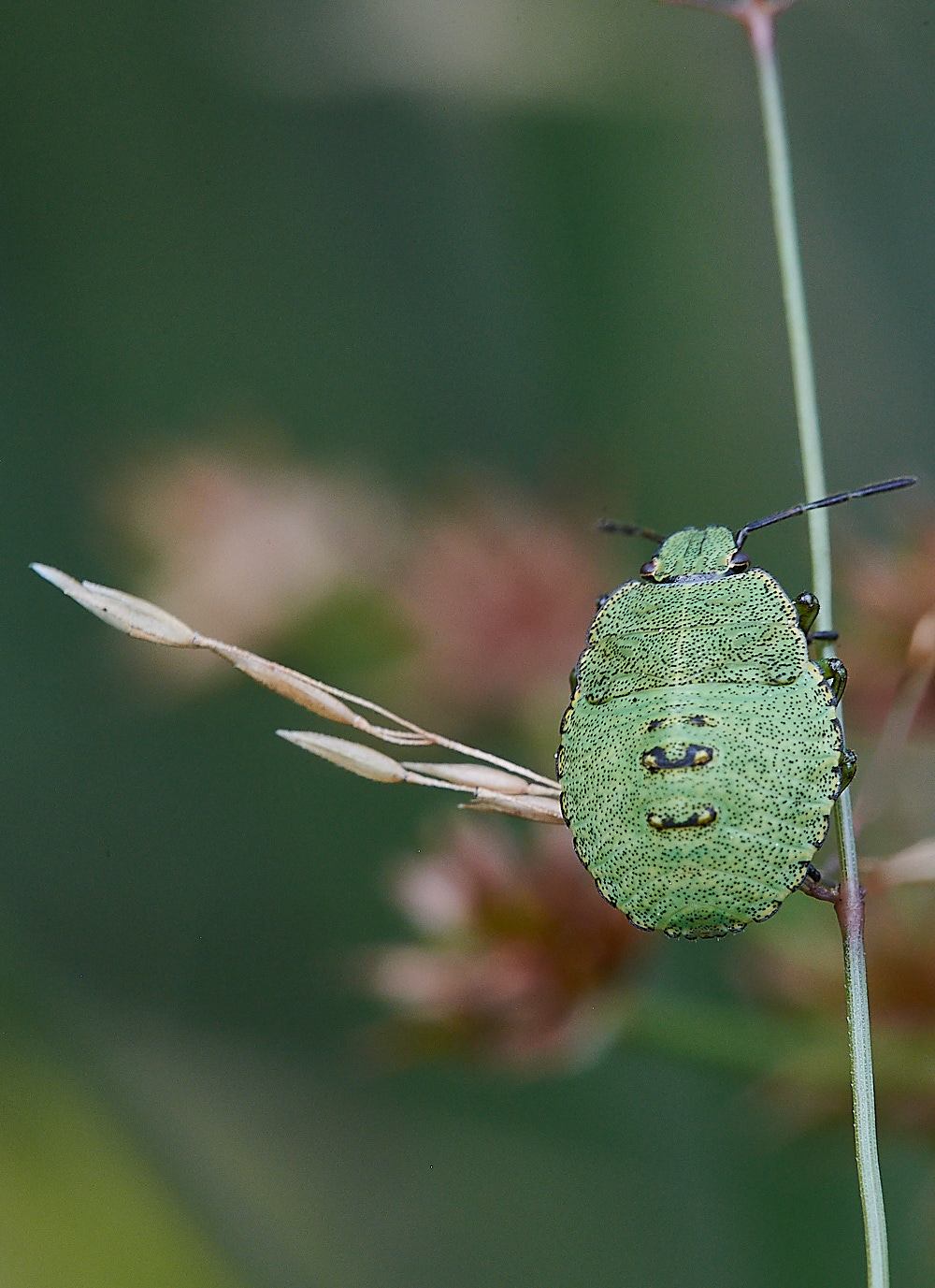
Common Green Shield Bug - 3rd Instar Nymph (Palomena prasina)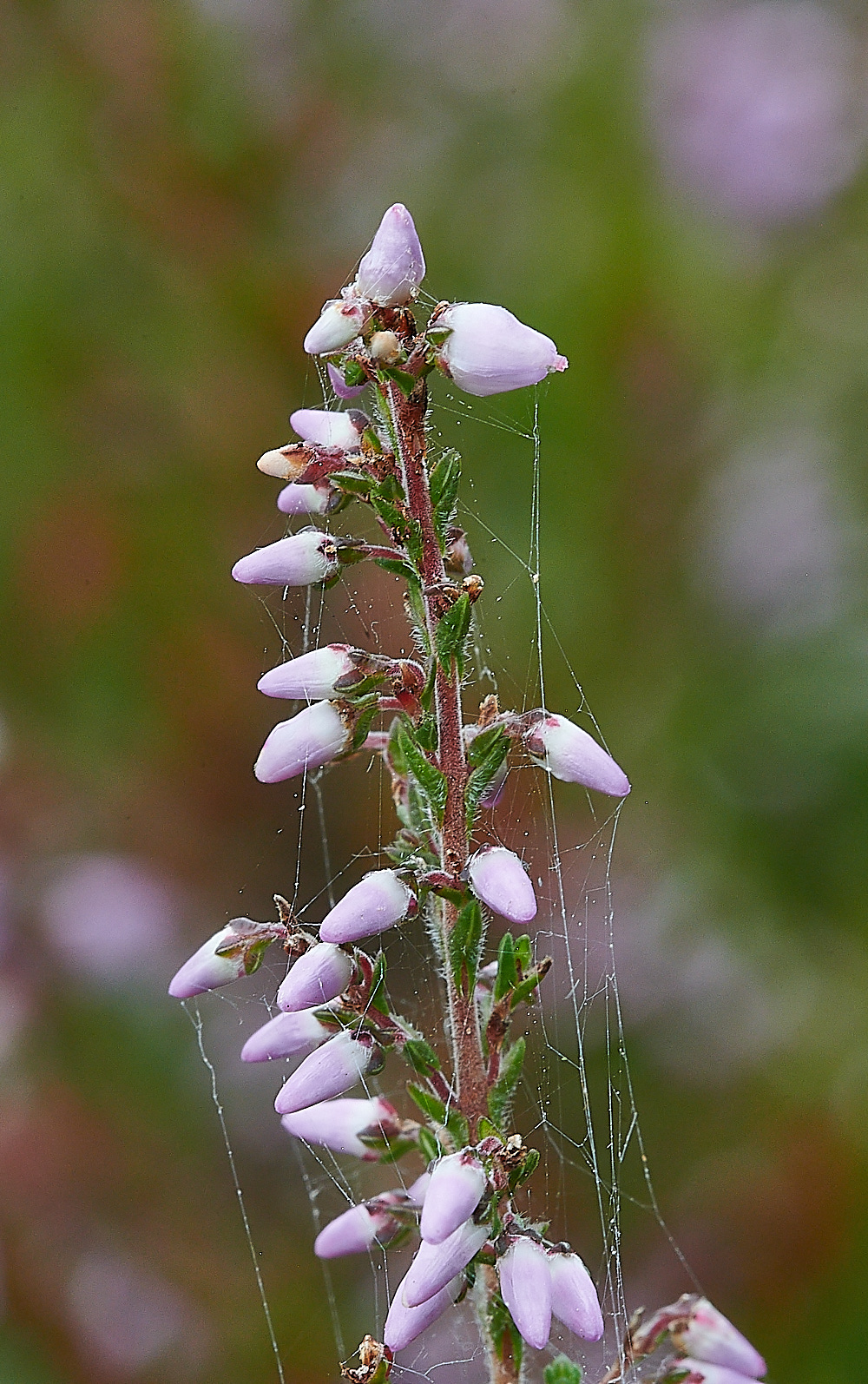
Ling (Calluna vulgaris)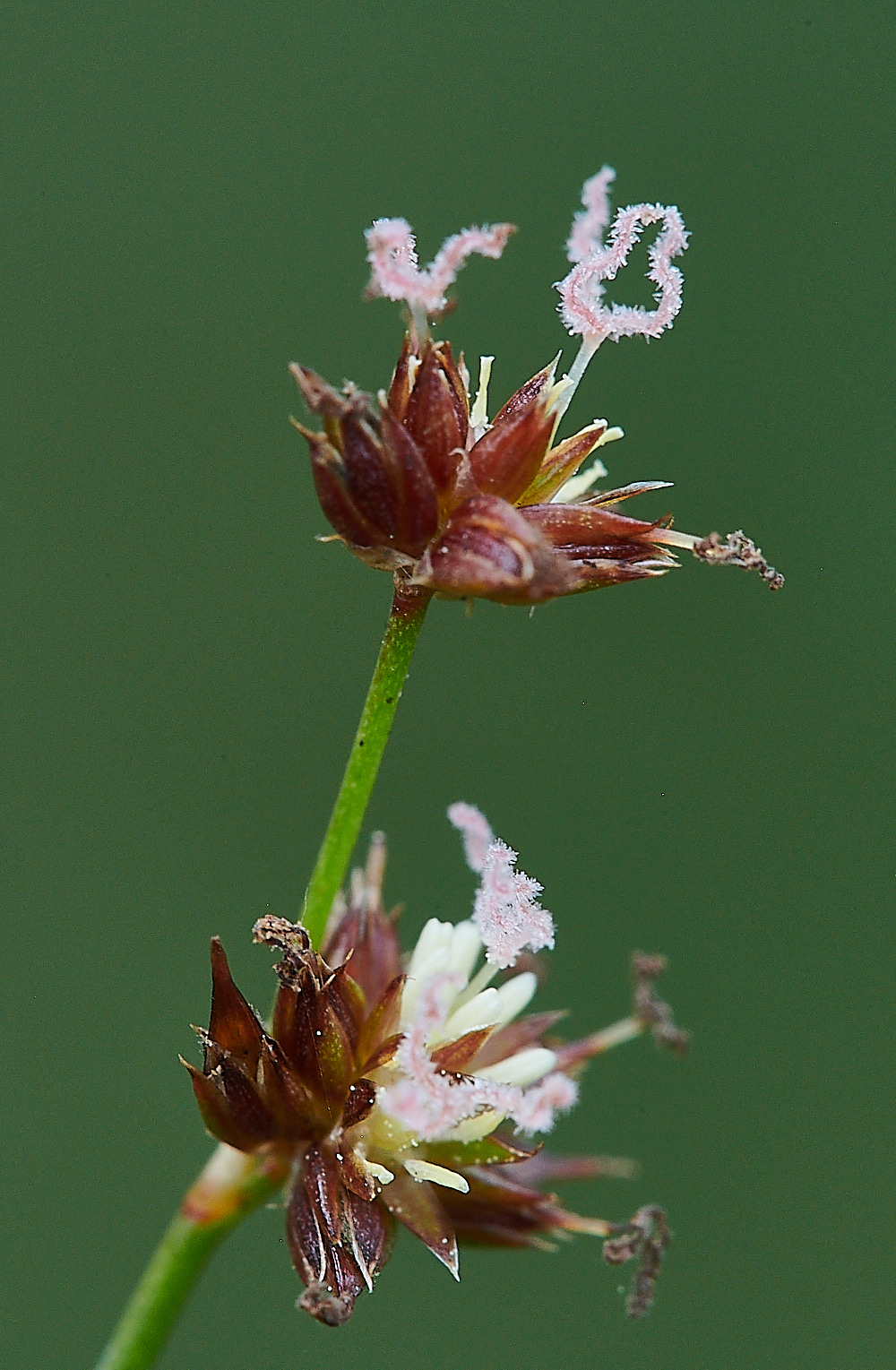
Rush Sp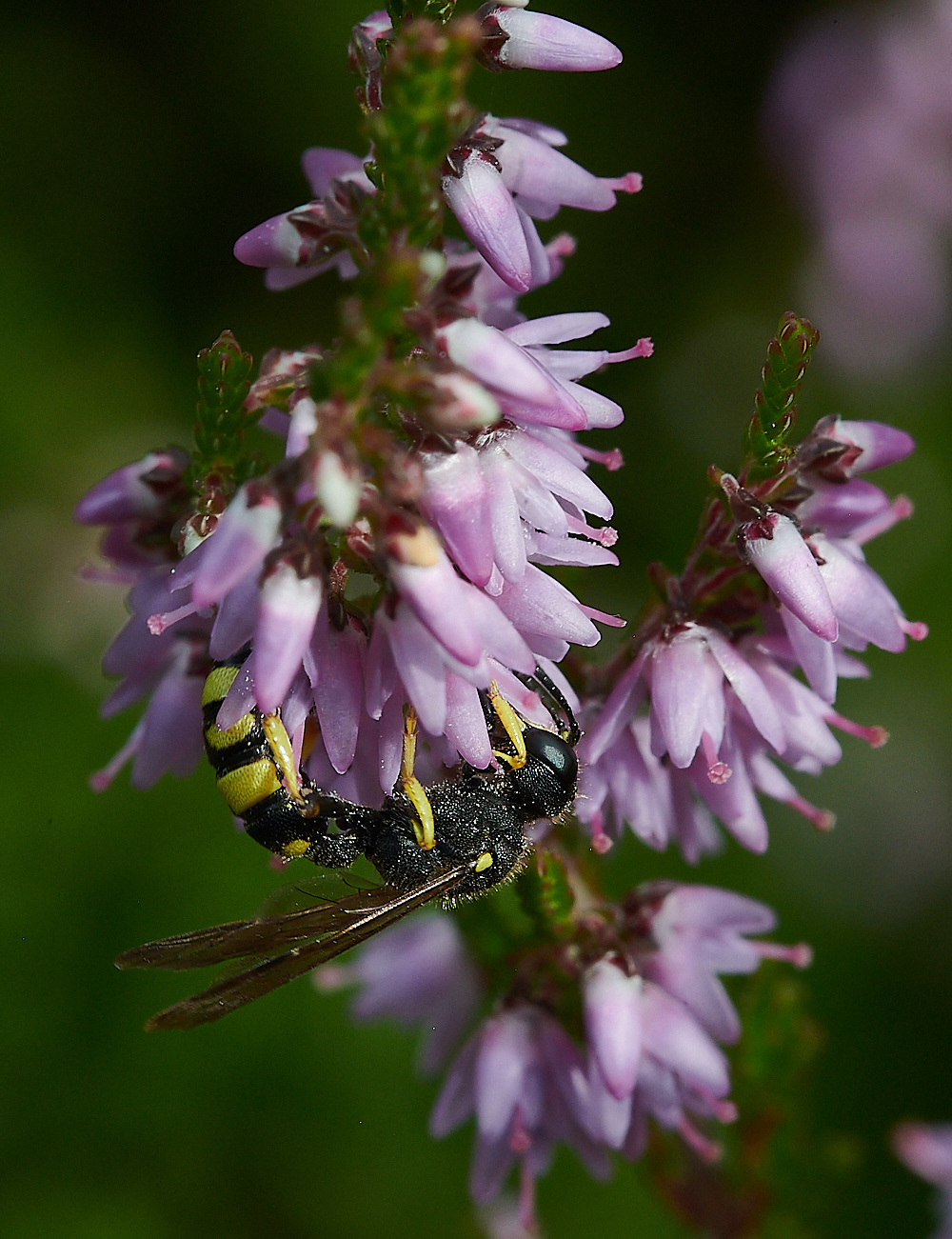
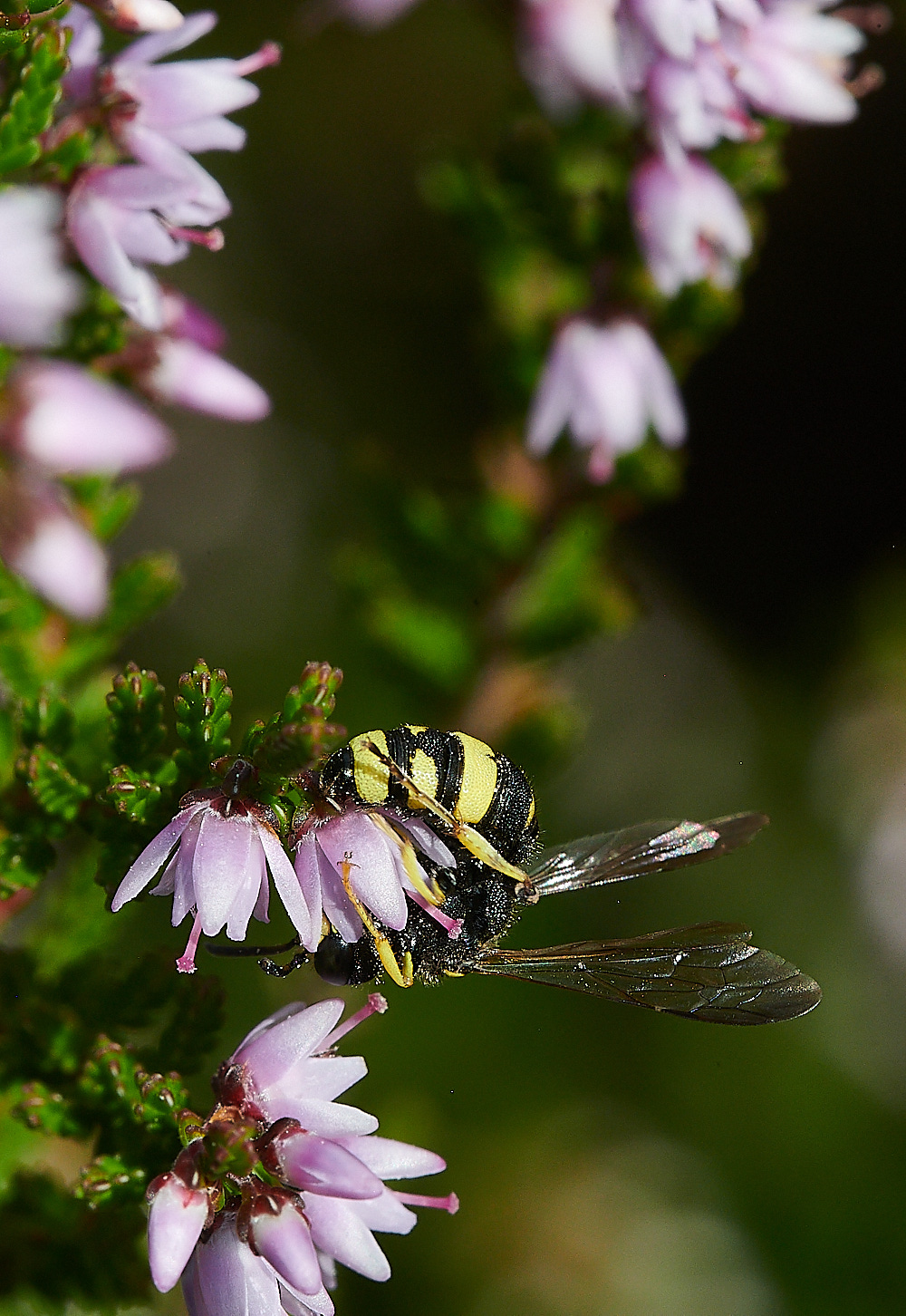
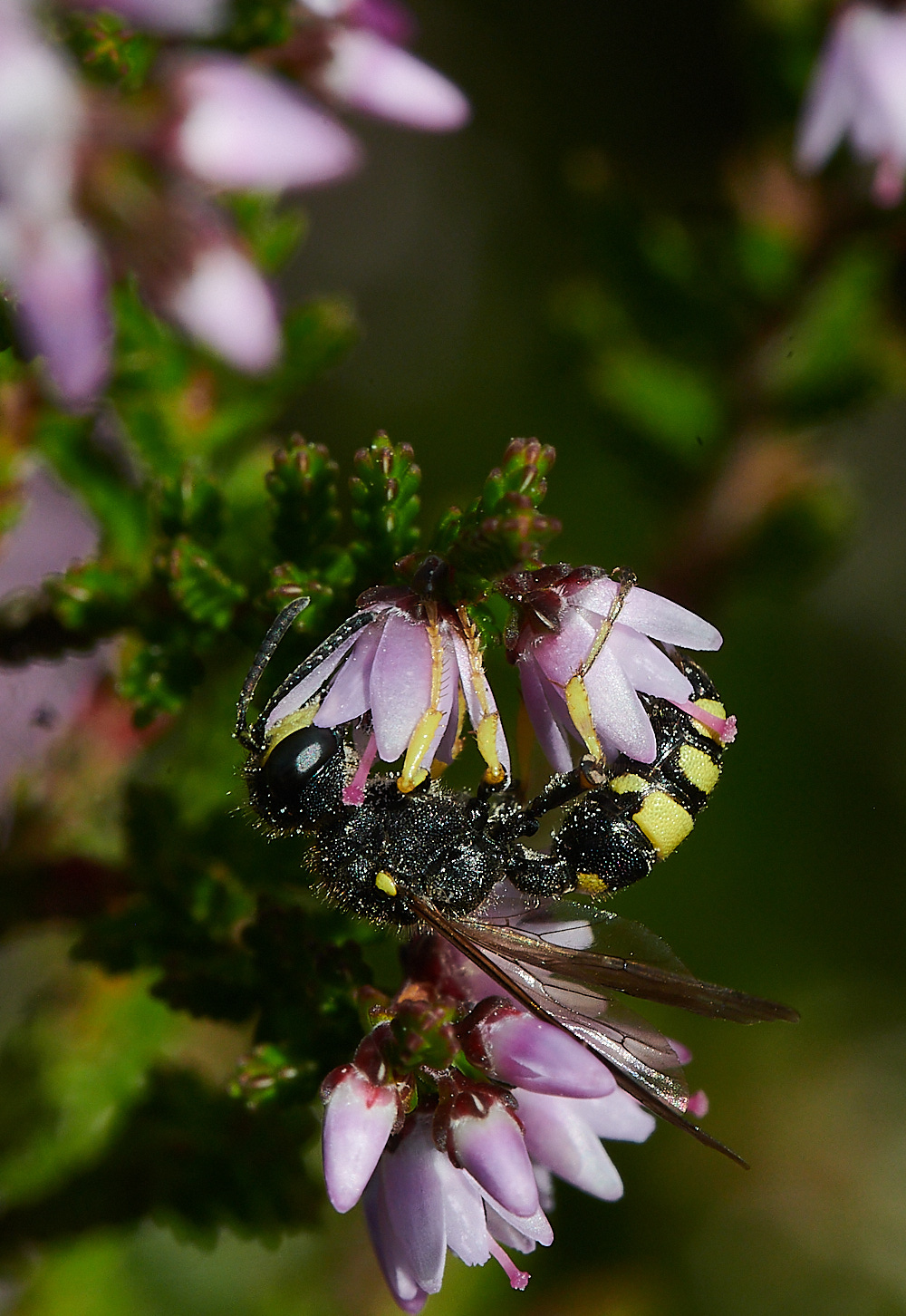
Ornate Tailed Digger Wasp (Cerceris rybyensis)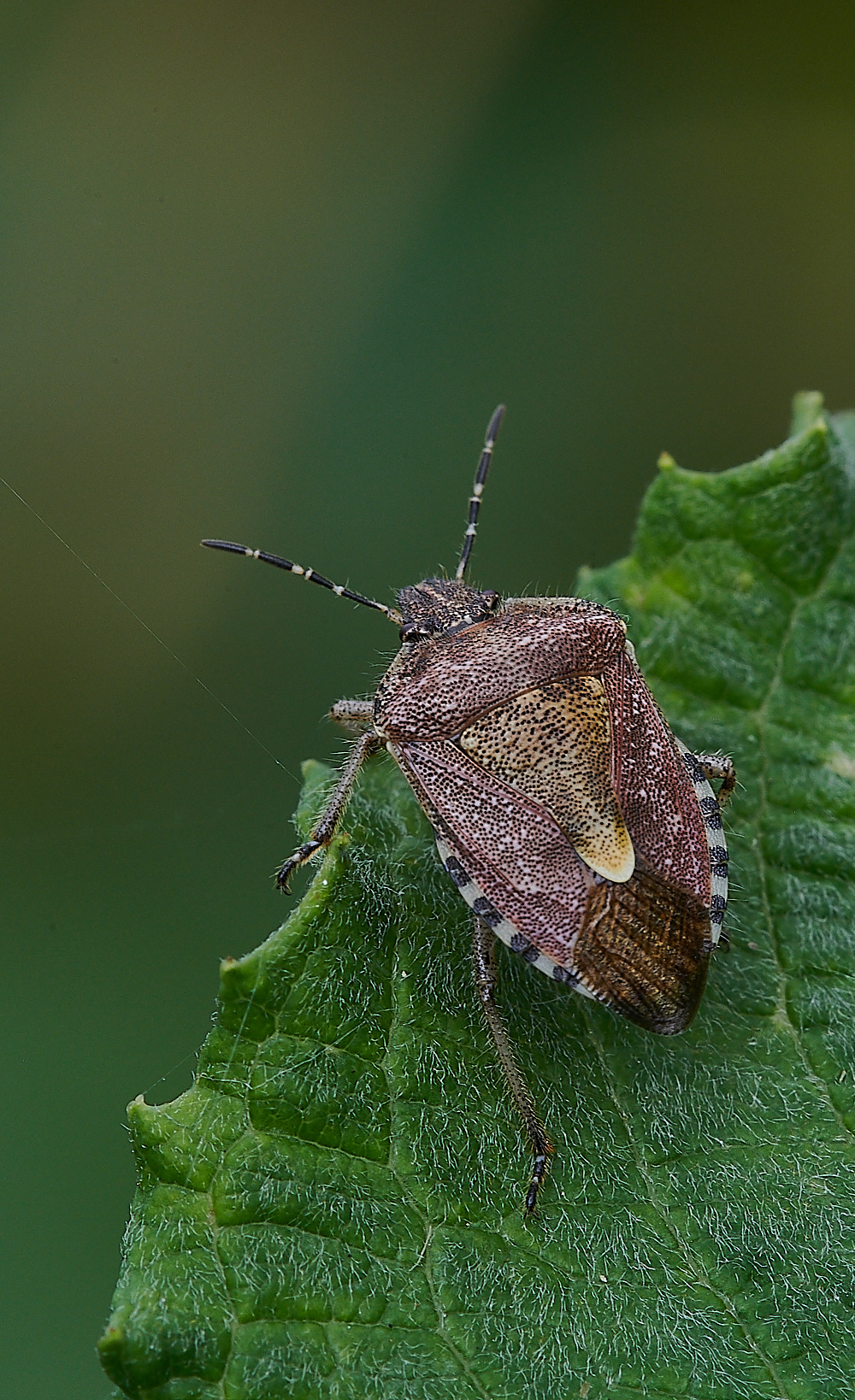
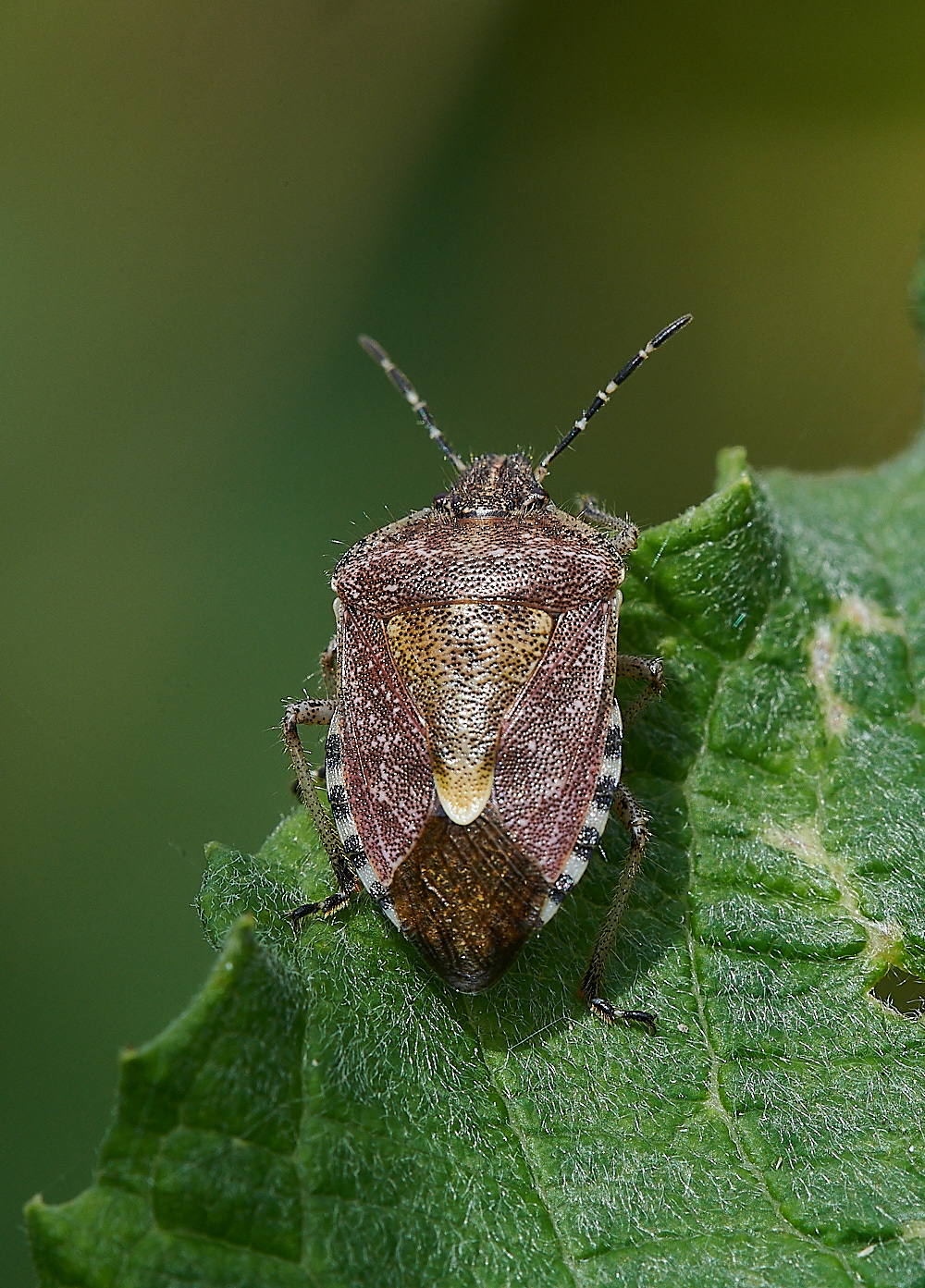
Sloe Bug (Dolycorus baccarum)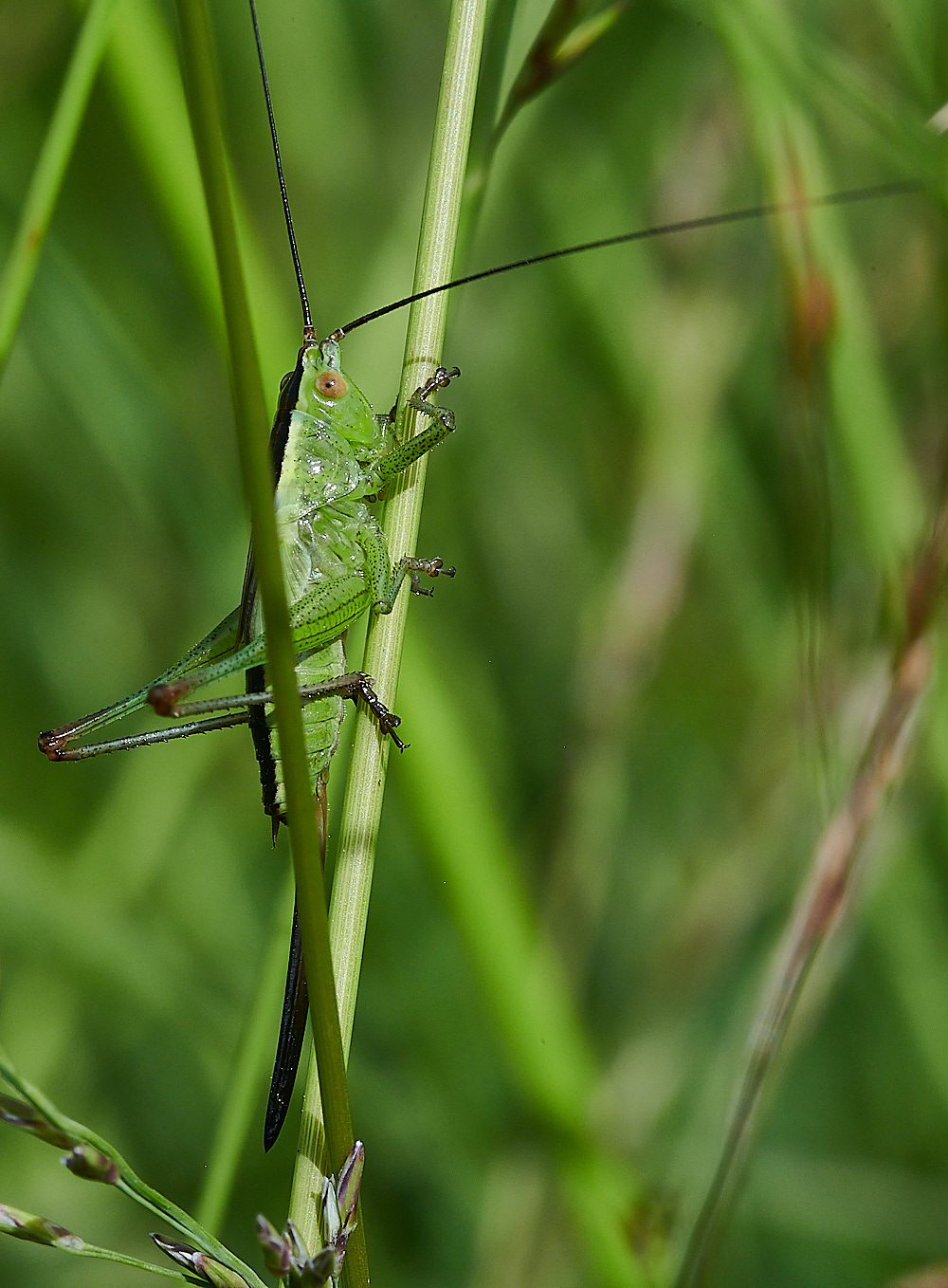
Short-winged Conehead ♂︎ (Conocephalus dorsalis)
Not quite
The conehead is a female Long-winged Conehead nymph - nymph
because the stripe is black not brown (hence why the wings aren't fully developed)
Thanks to @NorfolkNats for the id correction.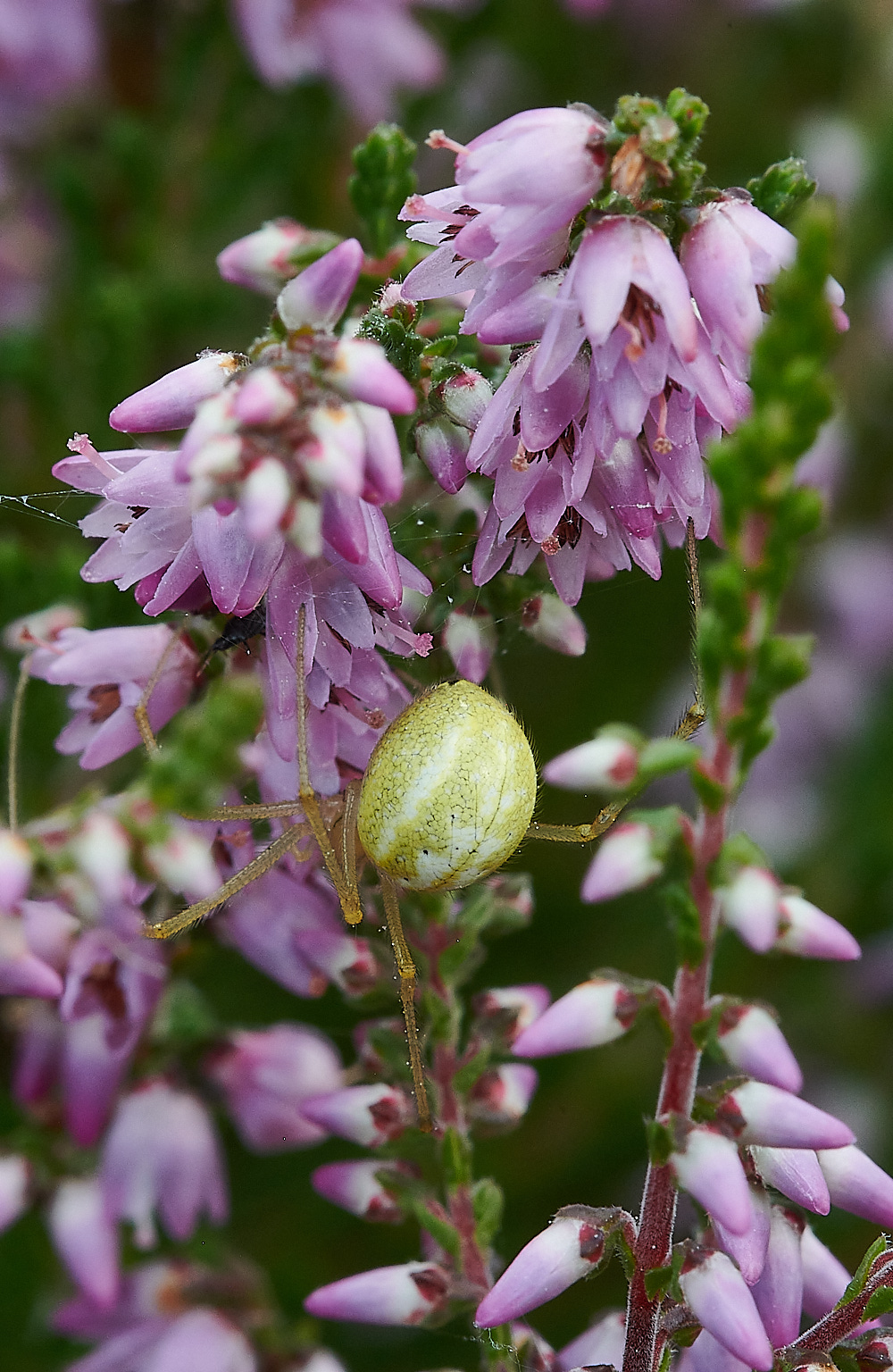
Spider Sp
The images below I thought were
Tormentil Mining Bee (Andrena tarsata)
Things are never quite that simple.
Apparently there are a number of A dorsata in amongst these pictures.
Nick Owens comment
Some of the tormentil bees are Andrena dorsata – but very worn. They have more distinctive white side-bands and rufous hairs on the thorax – also a bit bigger I think.
The tibia is dark not orange as in A. tarsata though you can’t see this under the pollen.
So I'm going to put a D to ones I think are A dorsata looking for the distinctive white side bands and rufous hairs on the thorax.
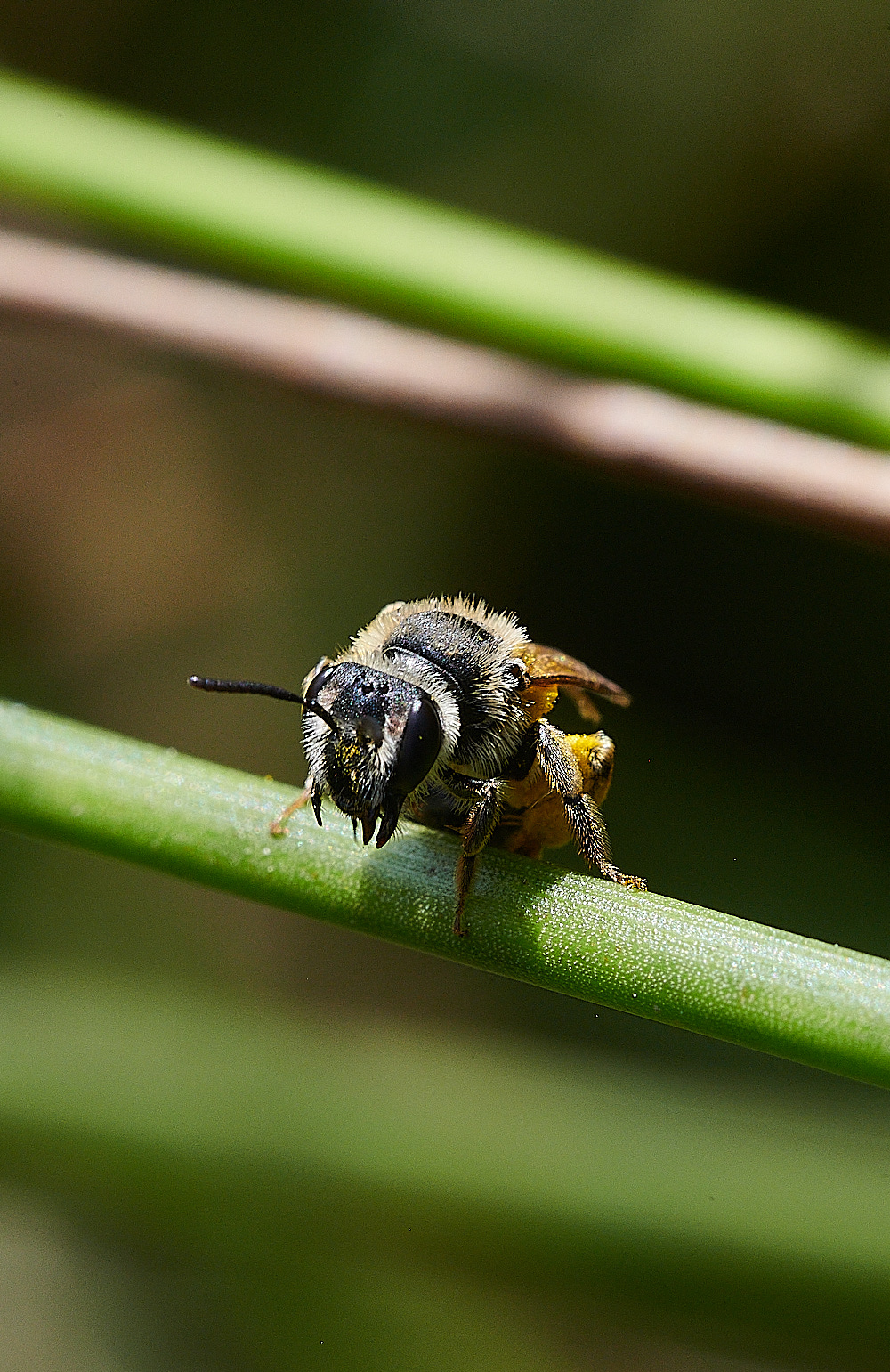
?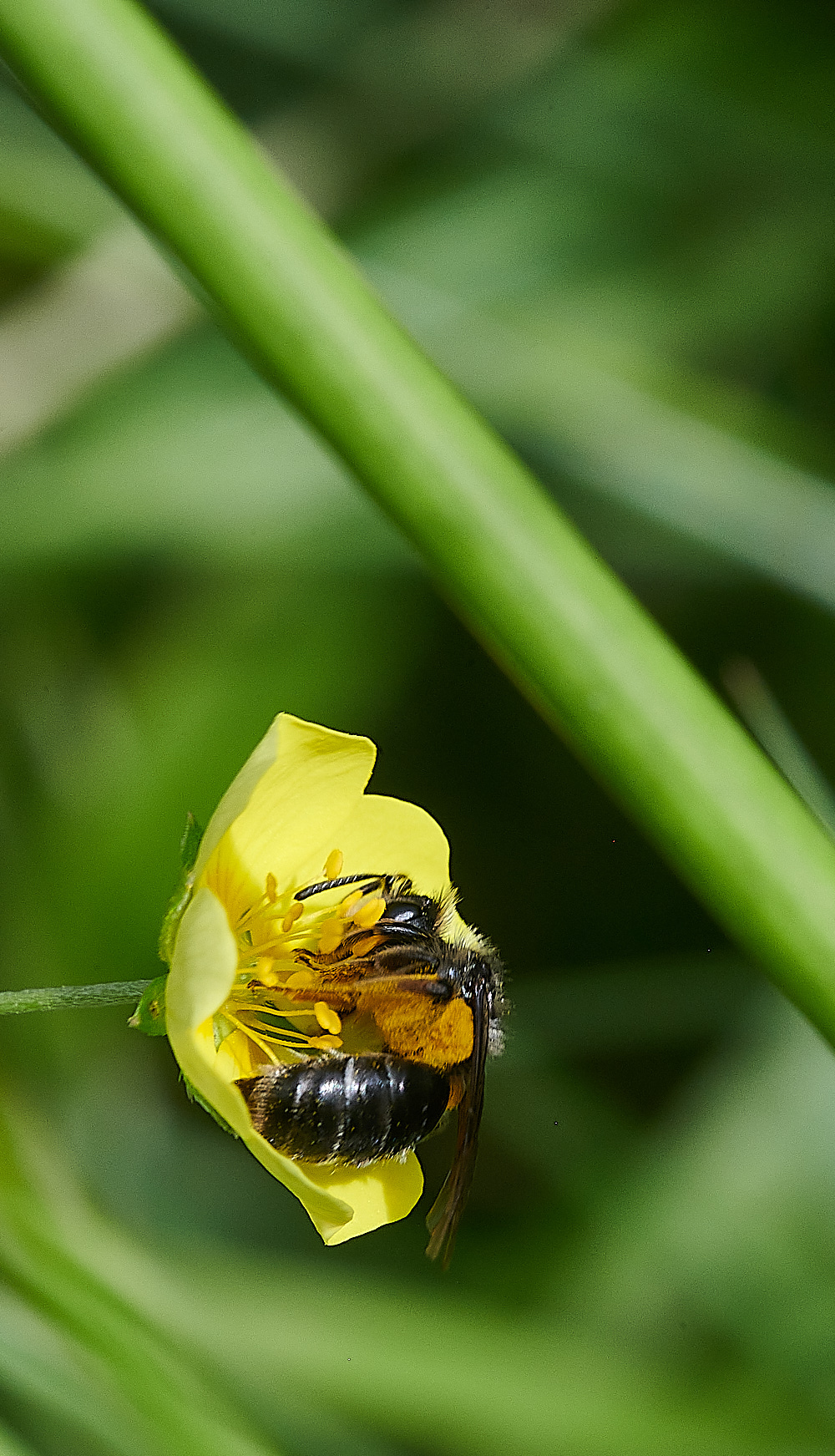
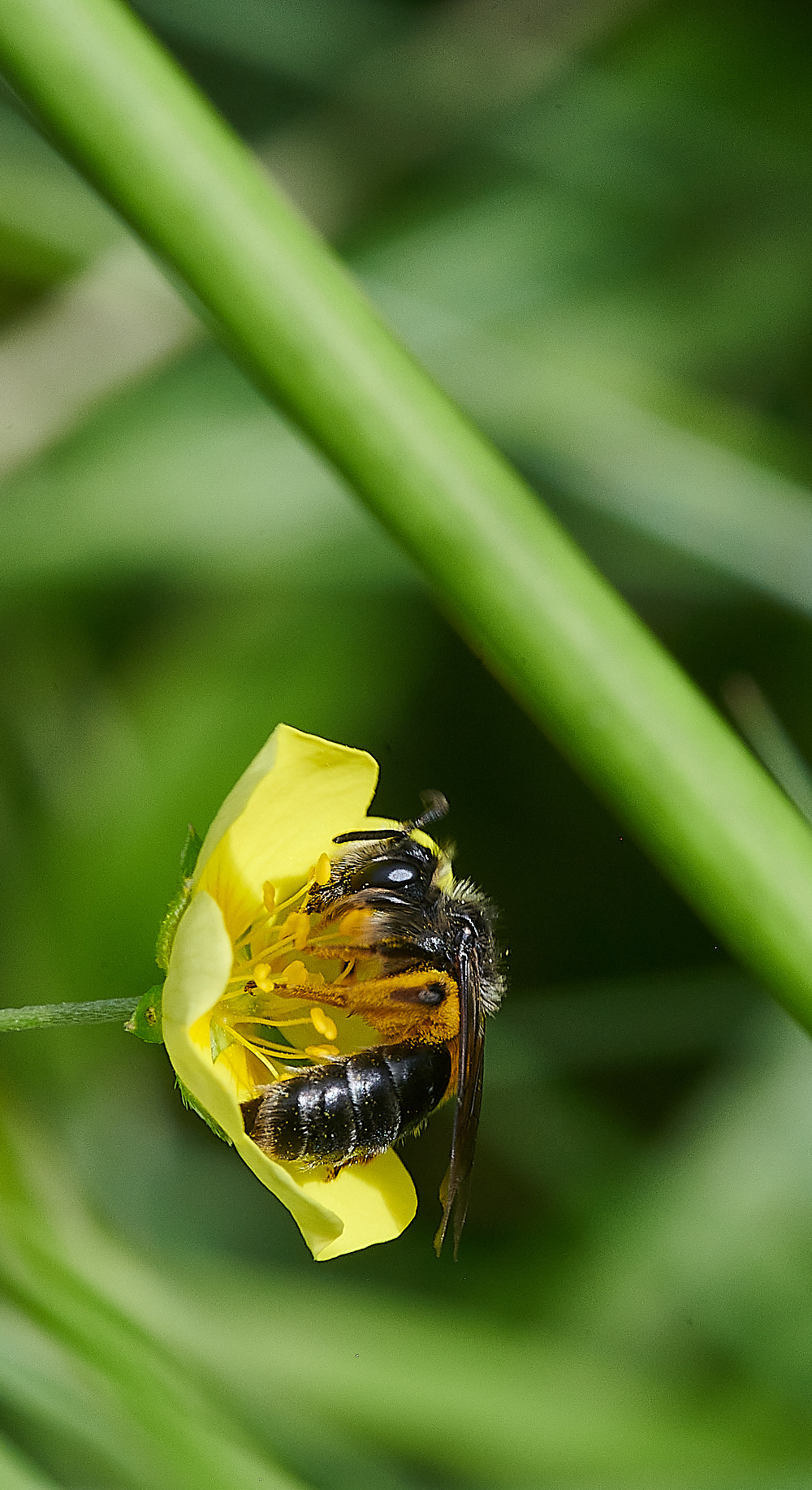
White side Bands not distinctive and no visible rufous hairs.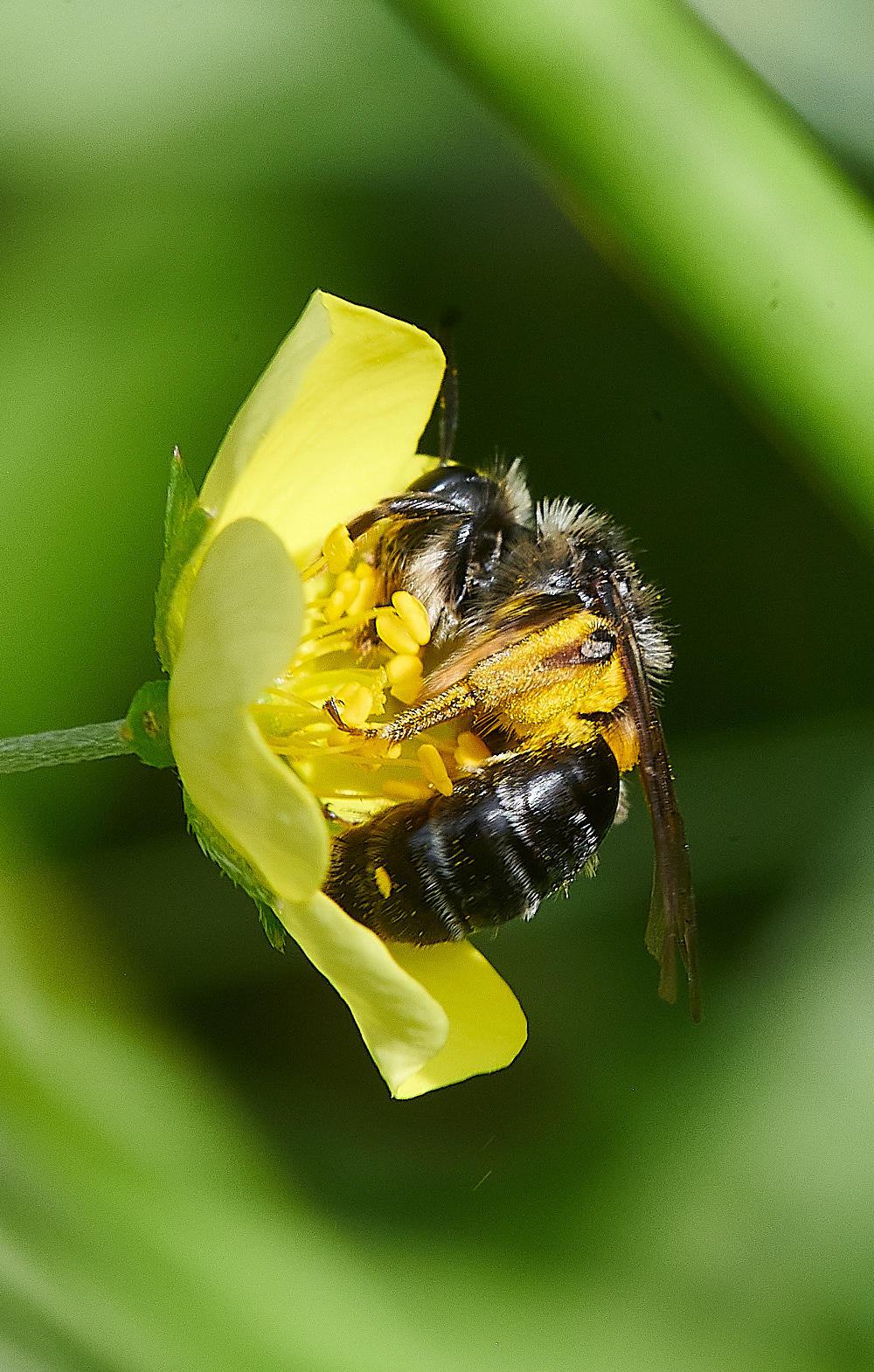
White side Bands not distinctive and no visible rufous hairs.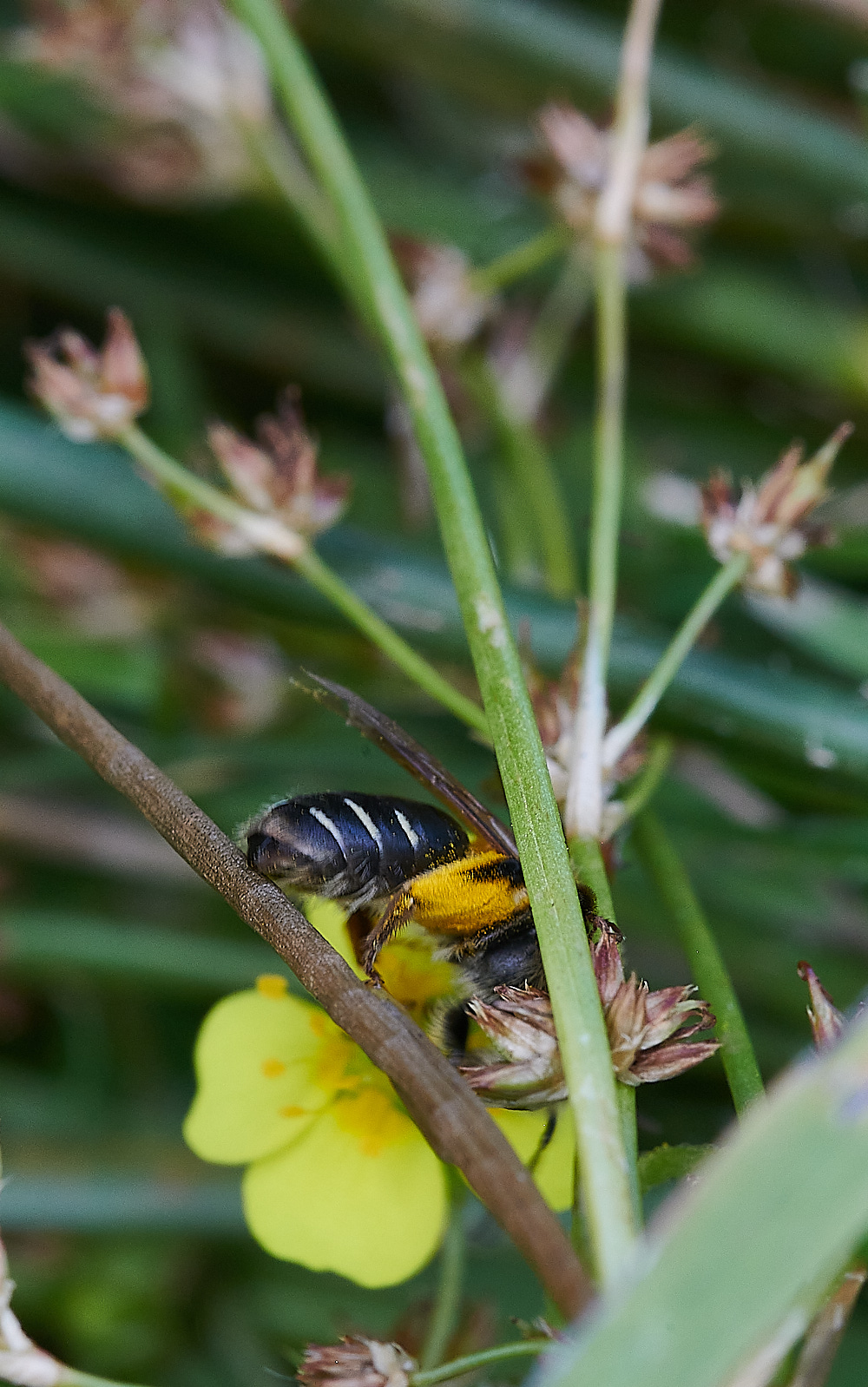
White side bands too distinctive perhaps
D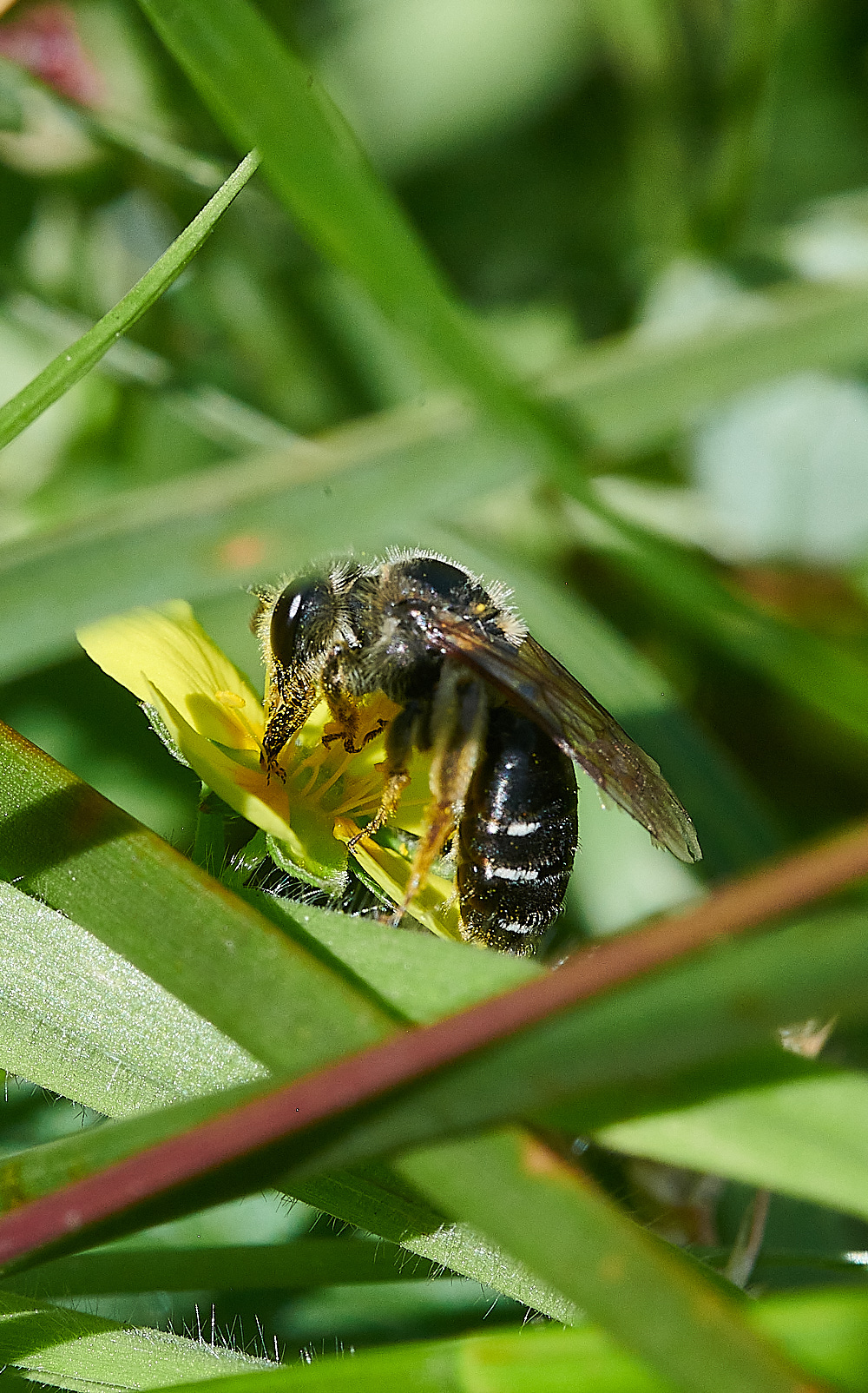
White side Bands not distinctive. A touch of orange on the thorax?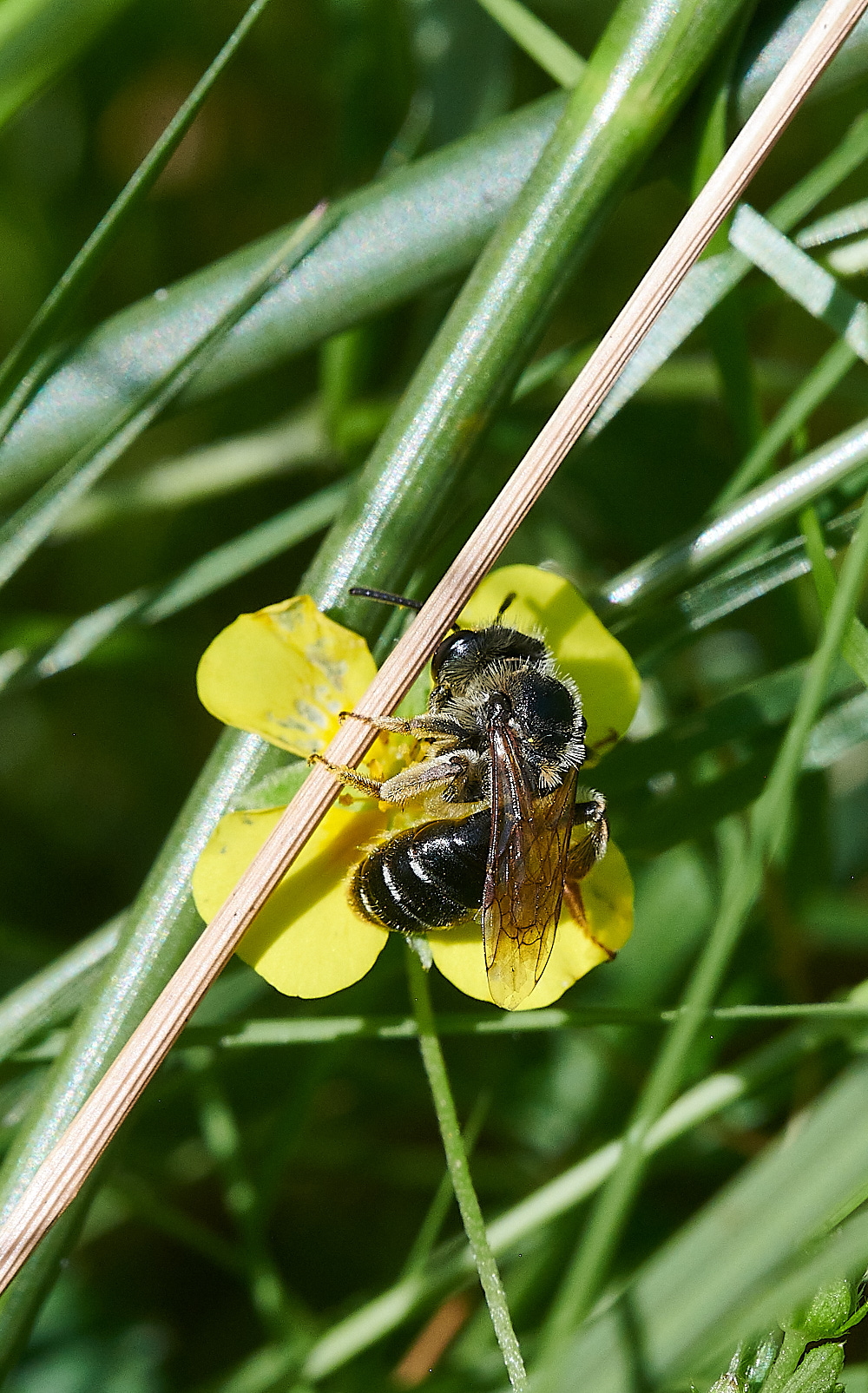
White side Bands not distinctive.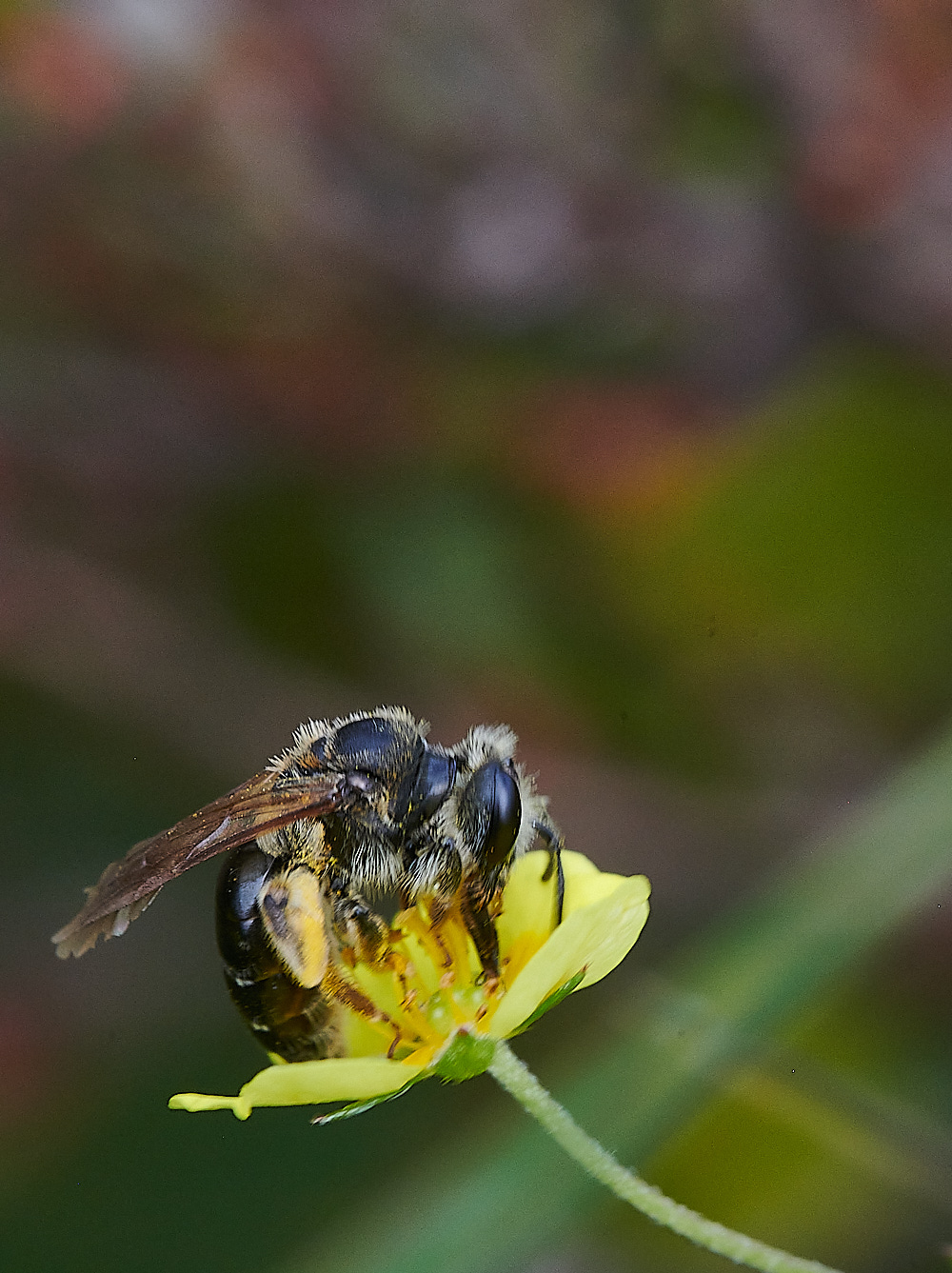
White side Bands not distinctive but visible orange hairs on thorax.
D?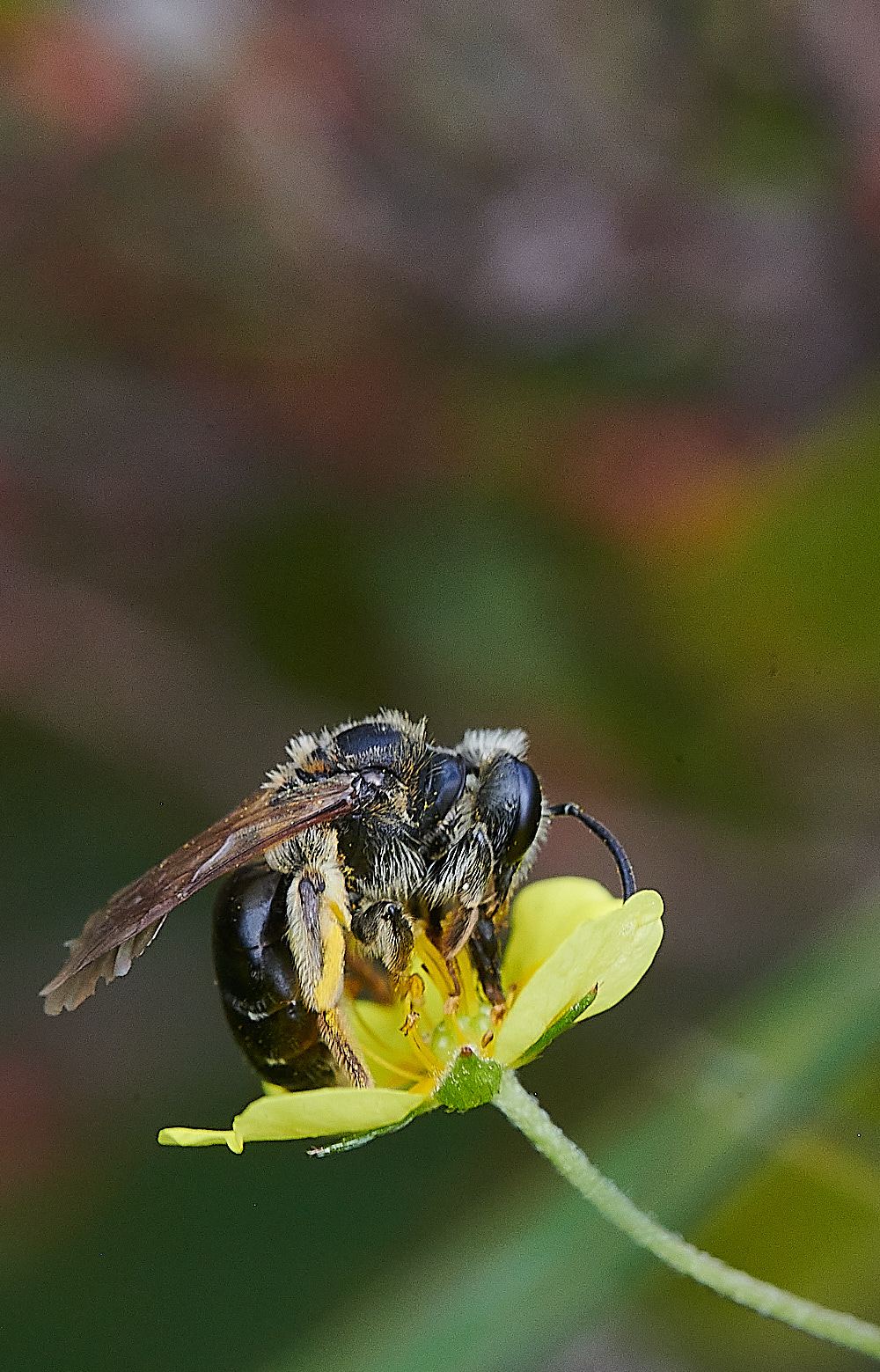
White side Bands not distinctive but visible orange hairs on thorax.
D?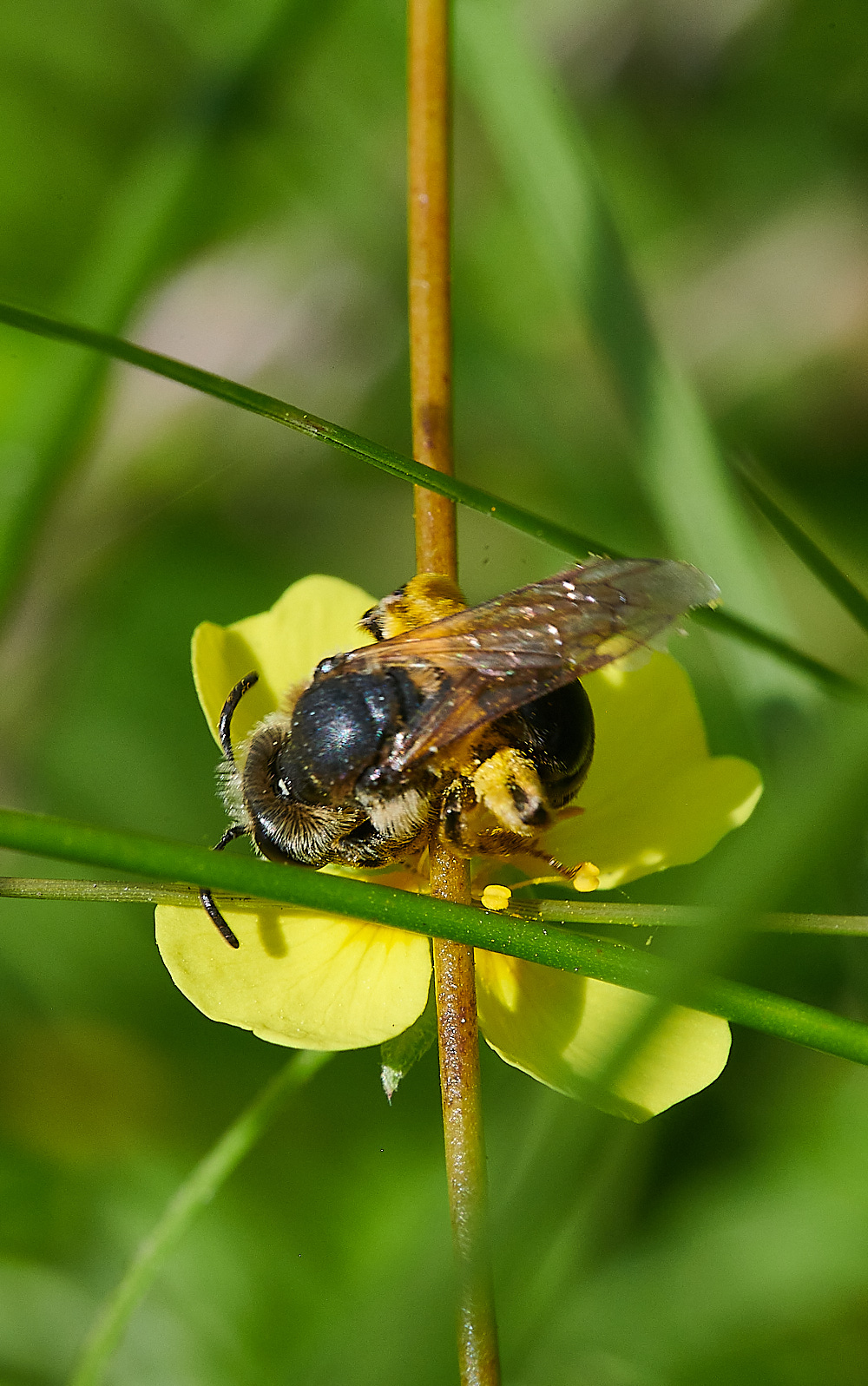
Difficult ?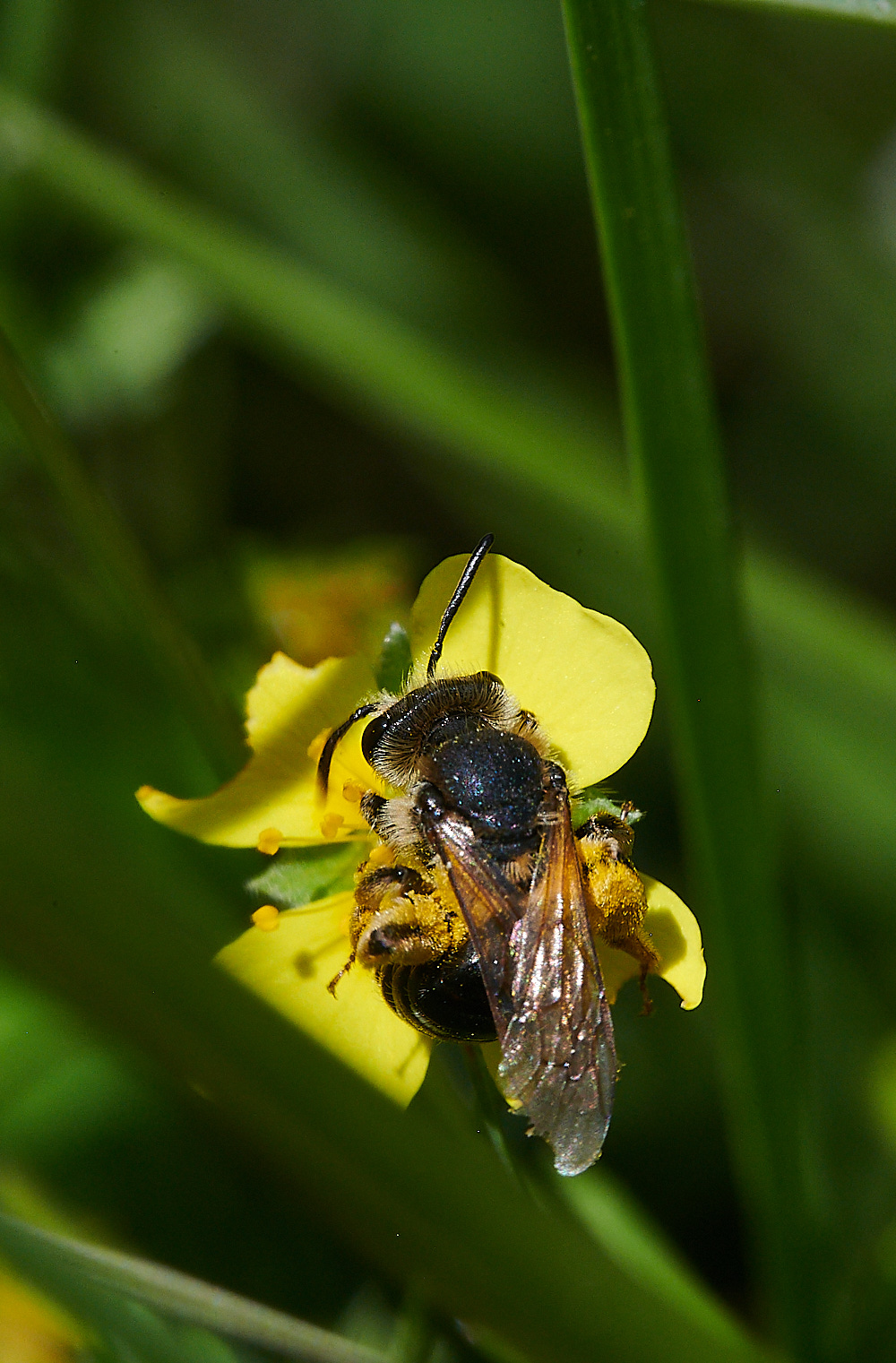
Rufous hairs on thorax D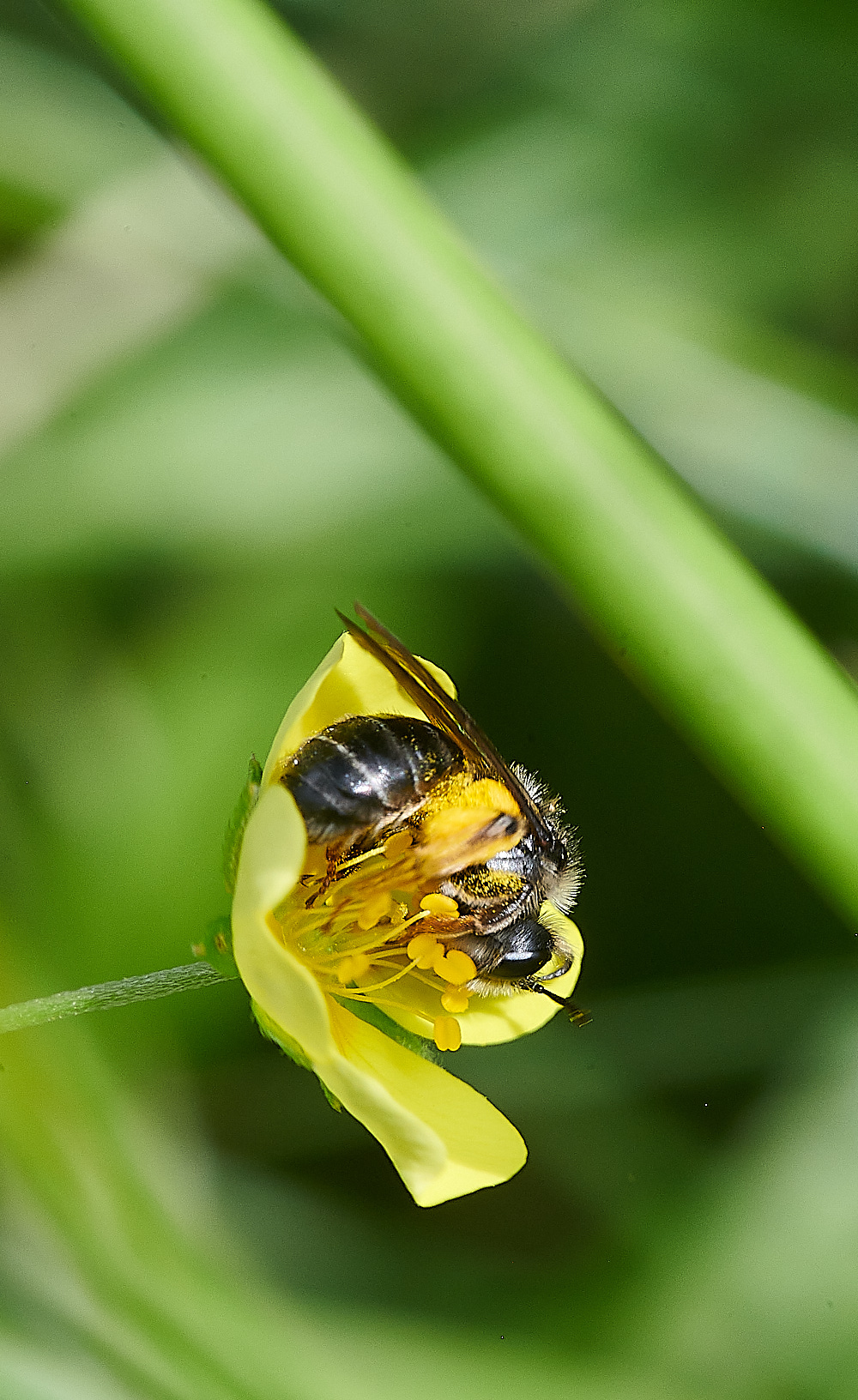
White side bands not distinctive and no rufous hairs.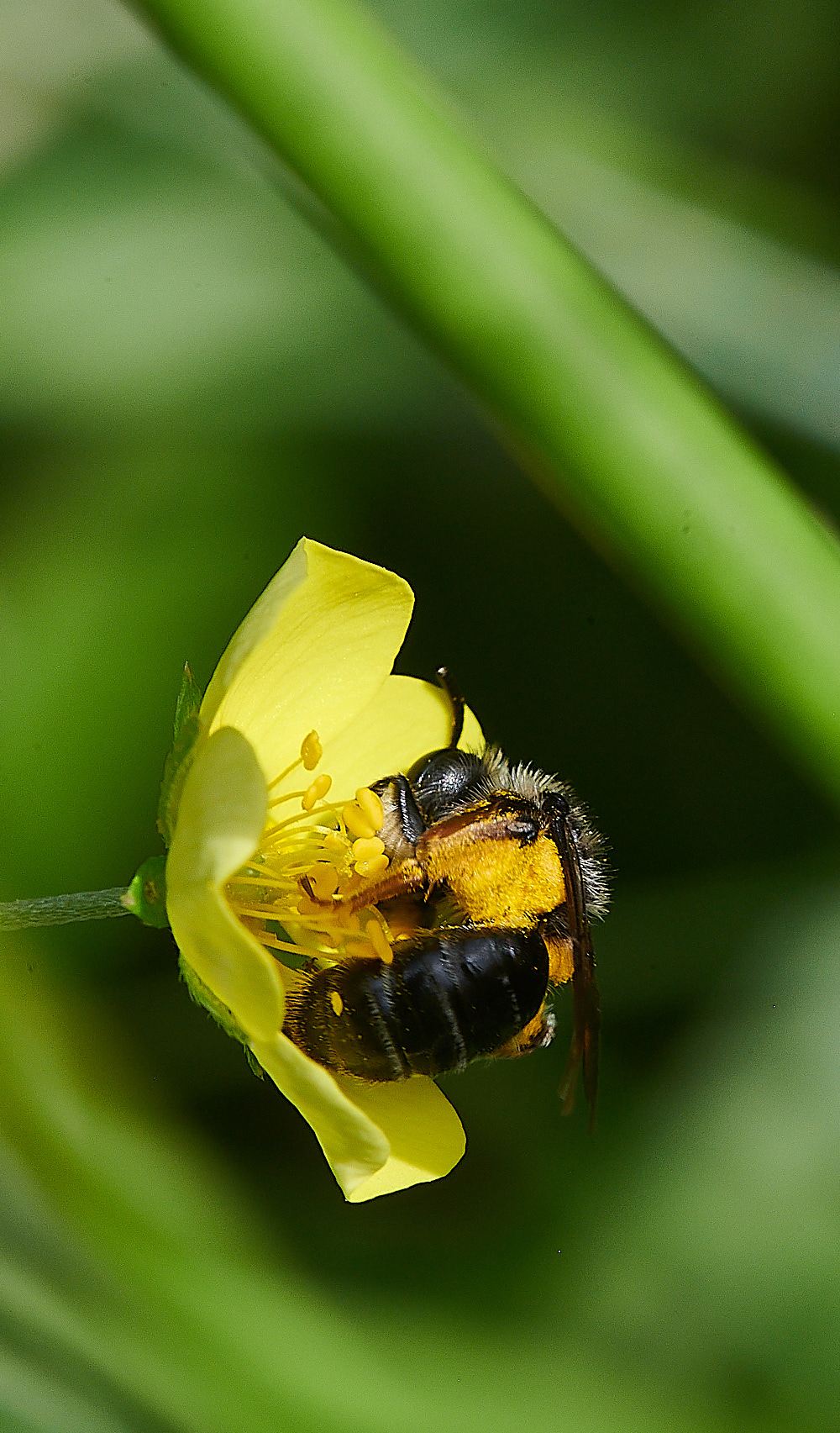
White side bands not distinctive and no rufous hairs.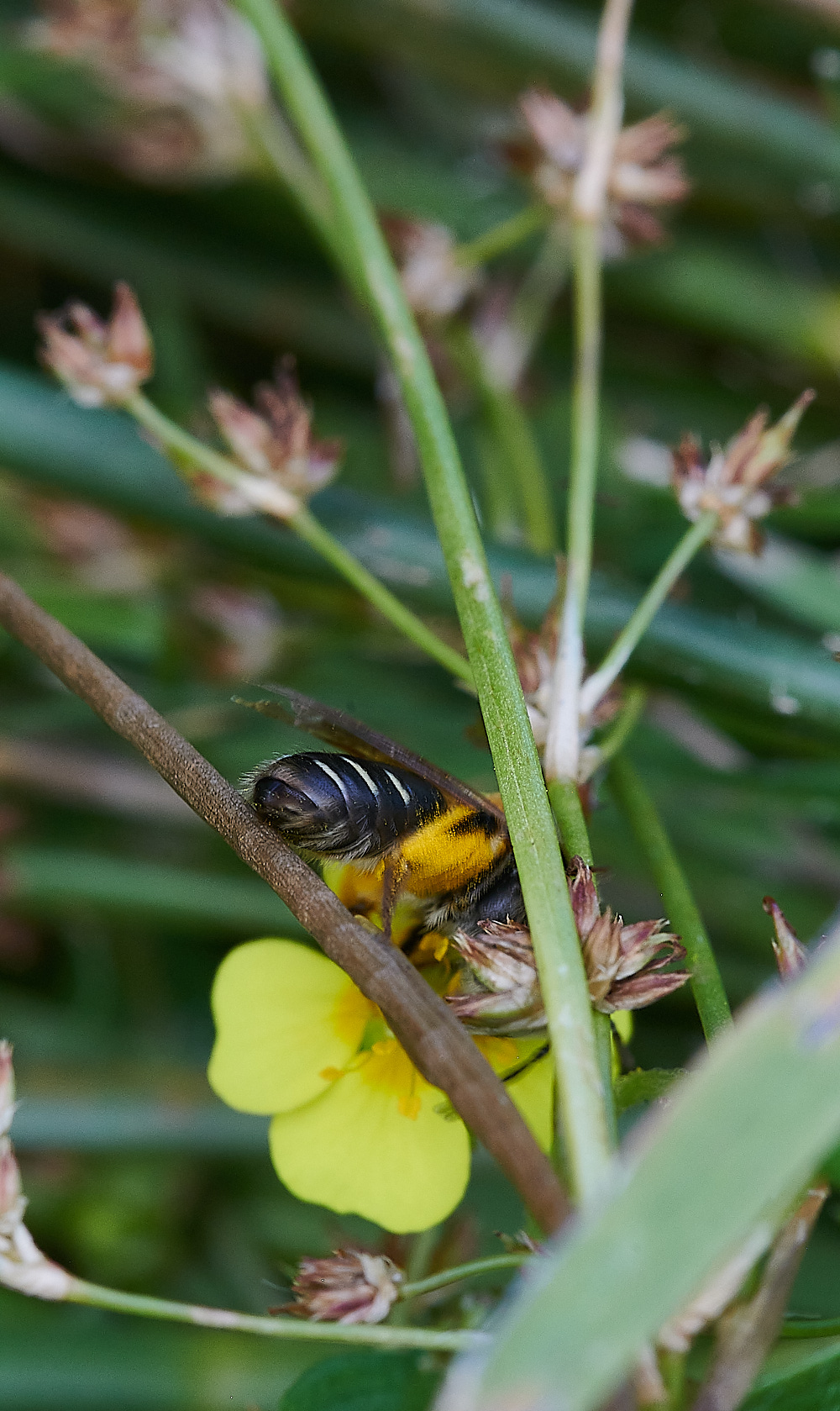
Distinctive side bands - D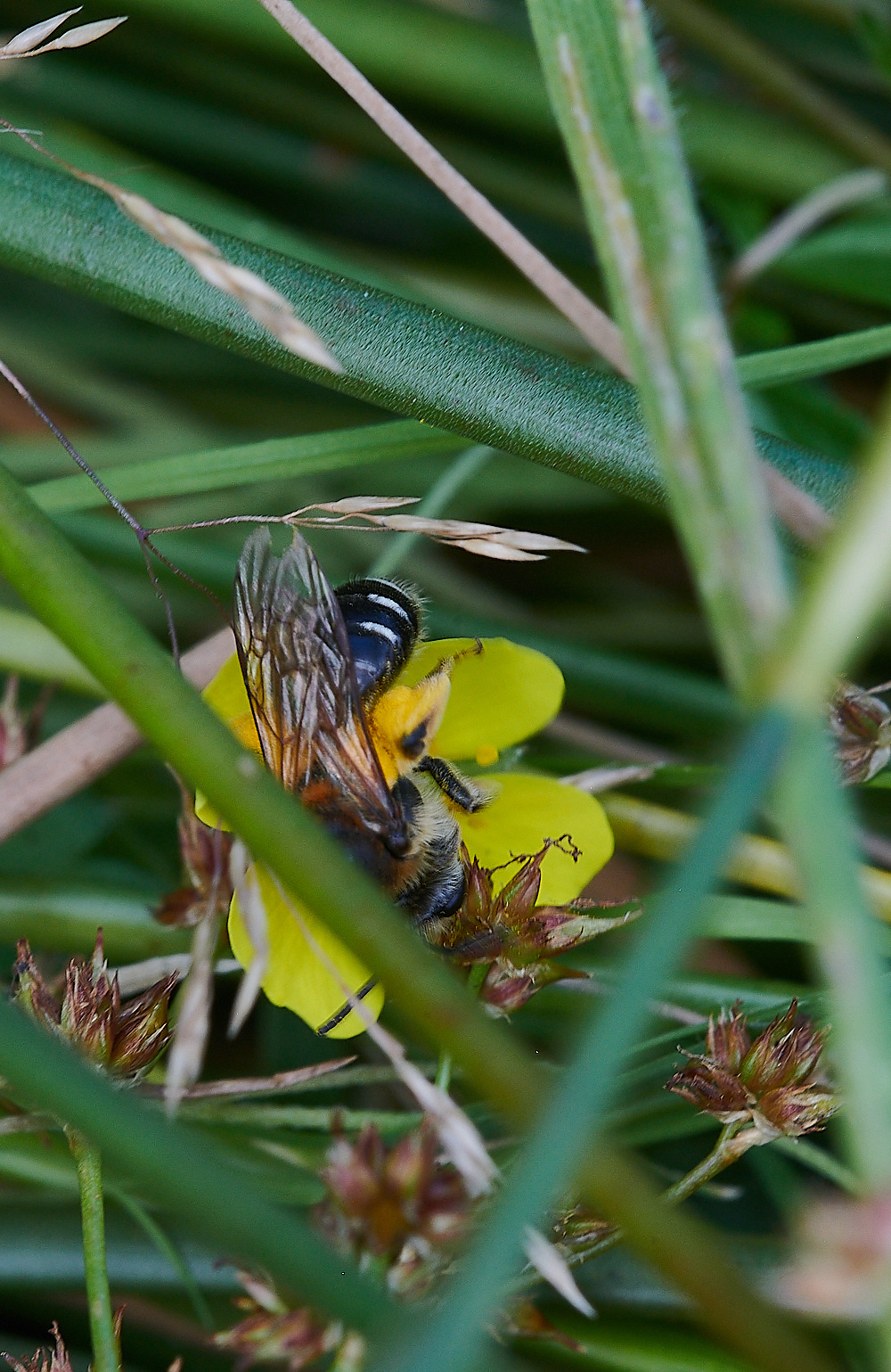
Distinctive white side bands and rufous hairs - D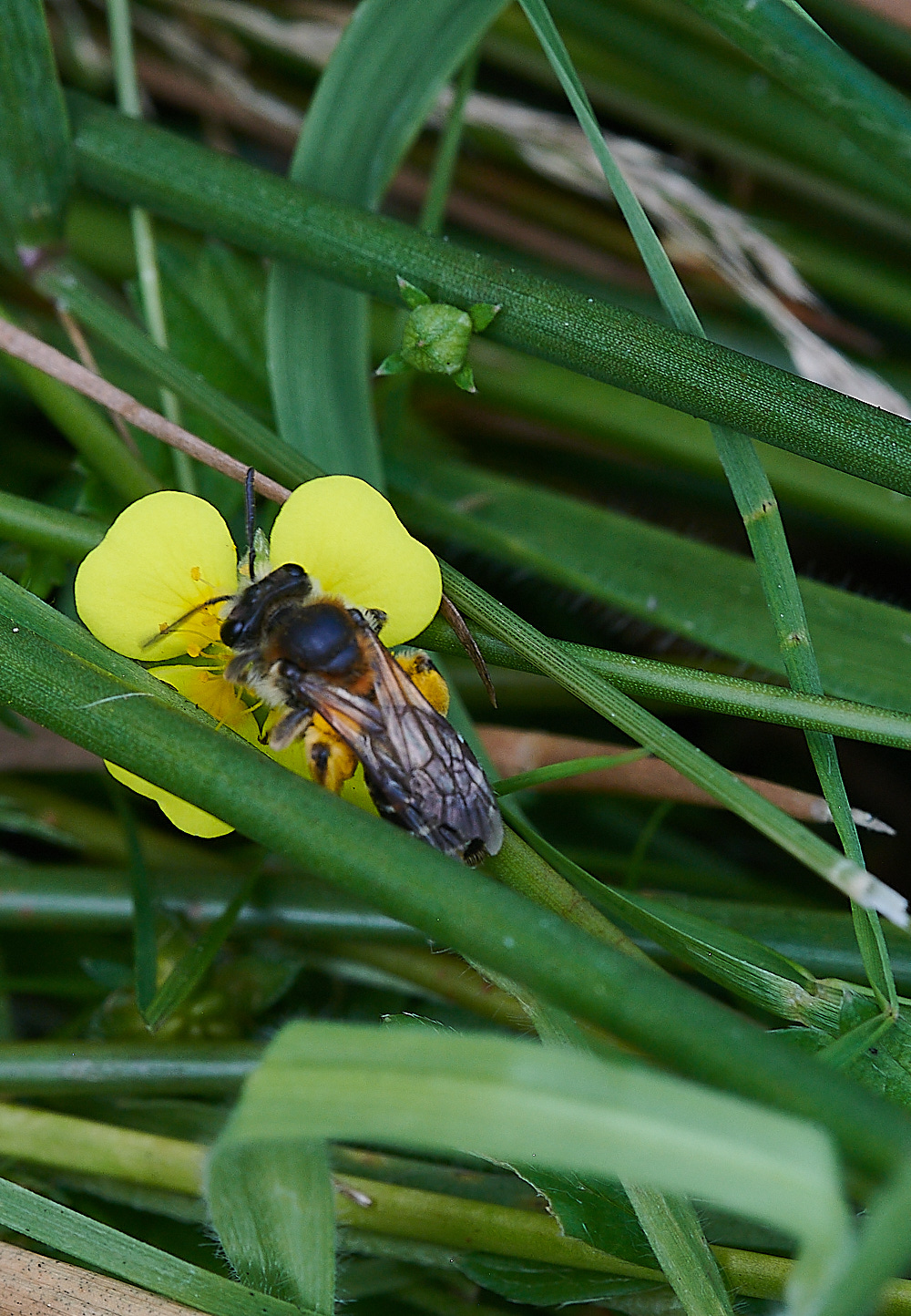
Distinctive white side bands and rufous hairs - D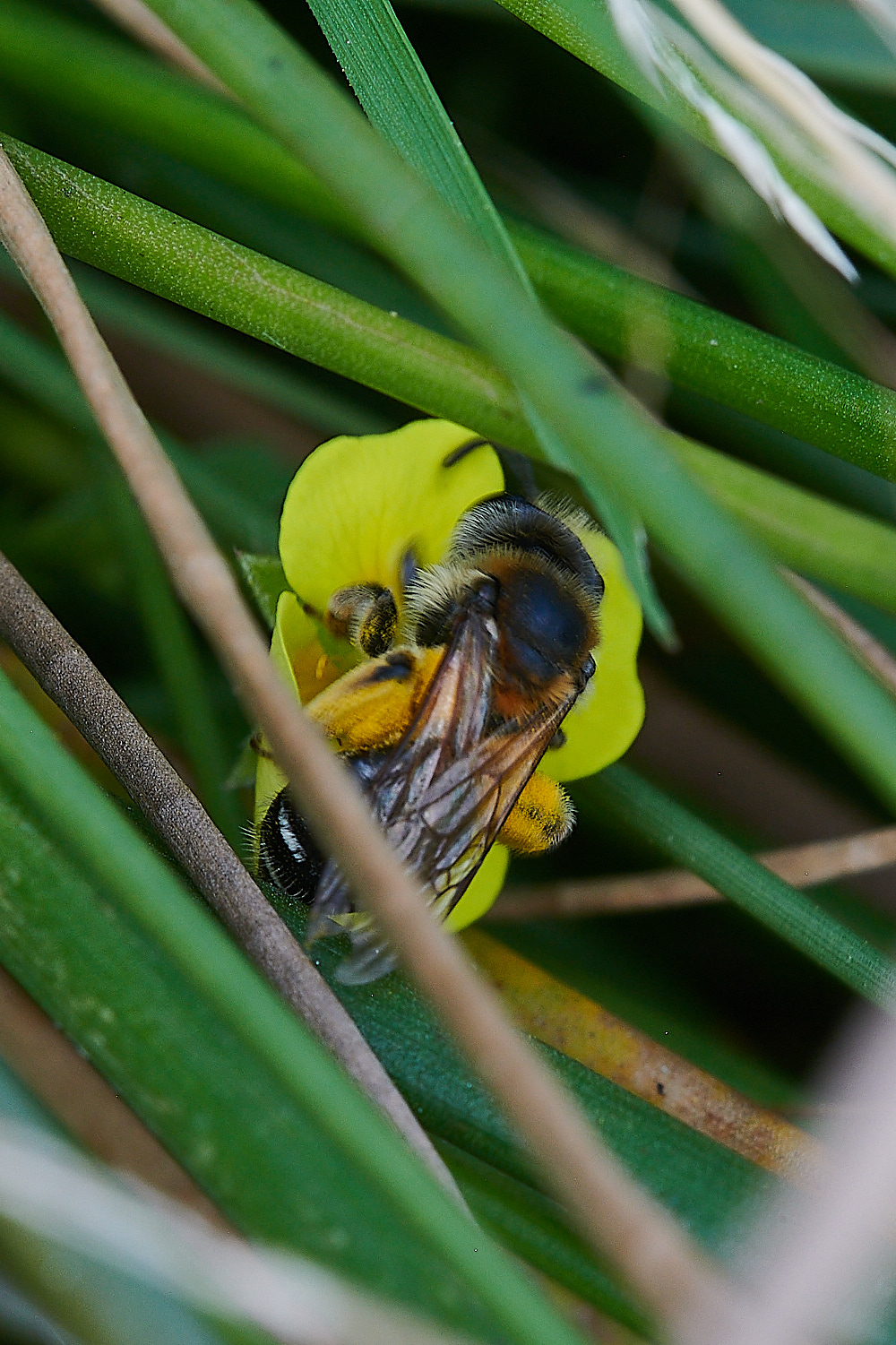
Distinctive white side bands and rufous hairs - D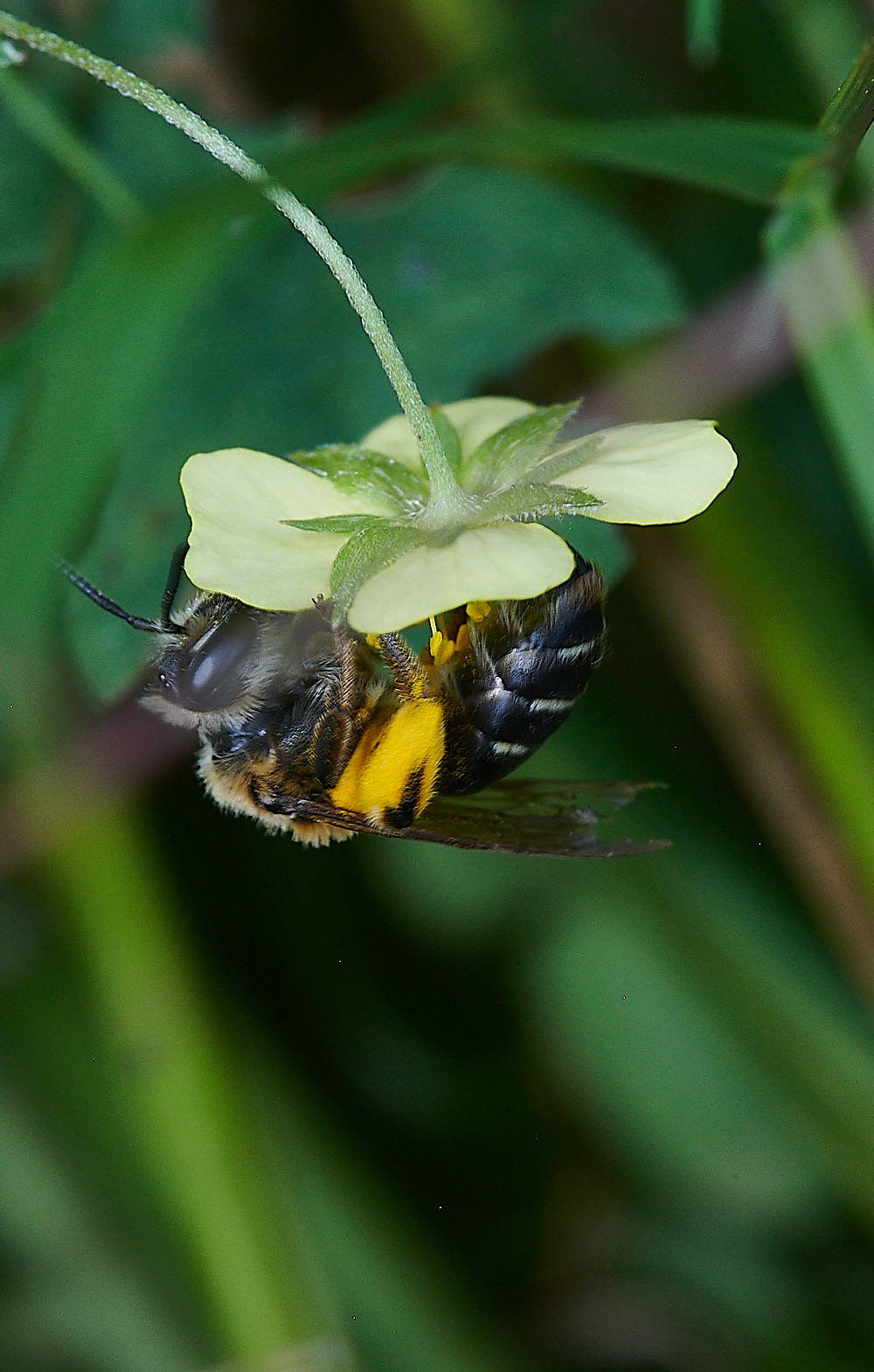
Distinctive white side bands and rufous hairs - D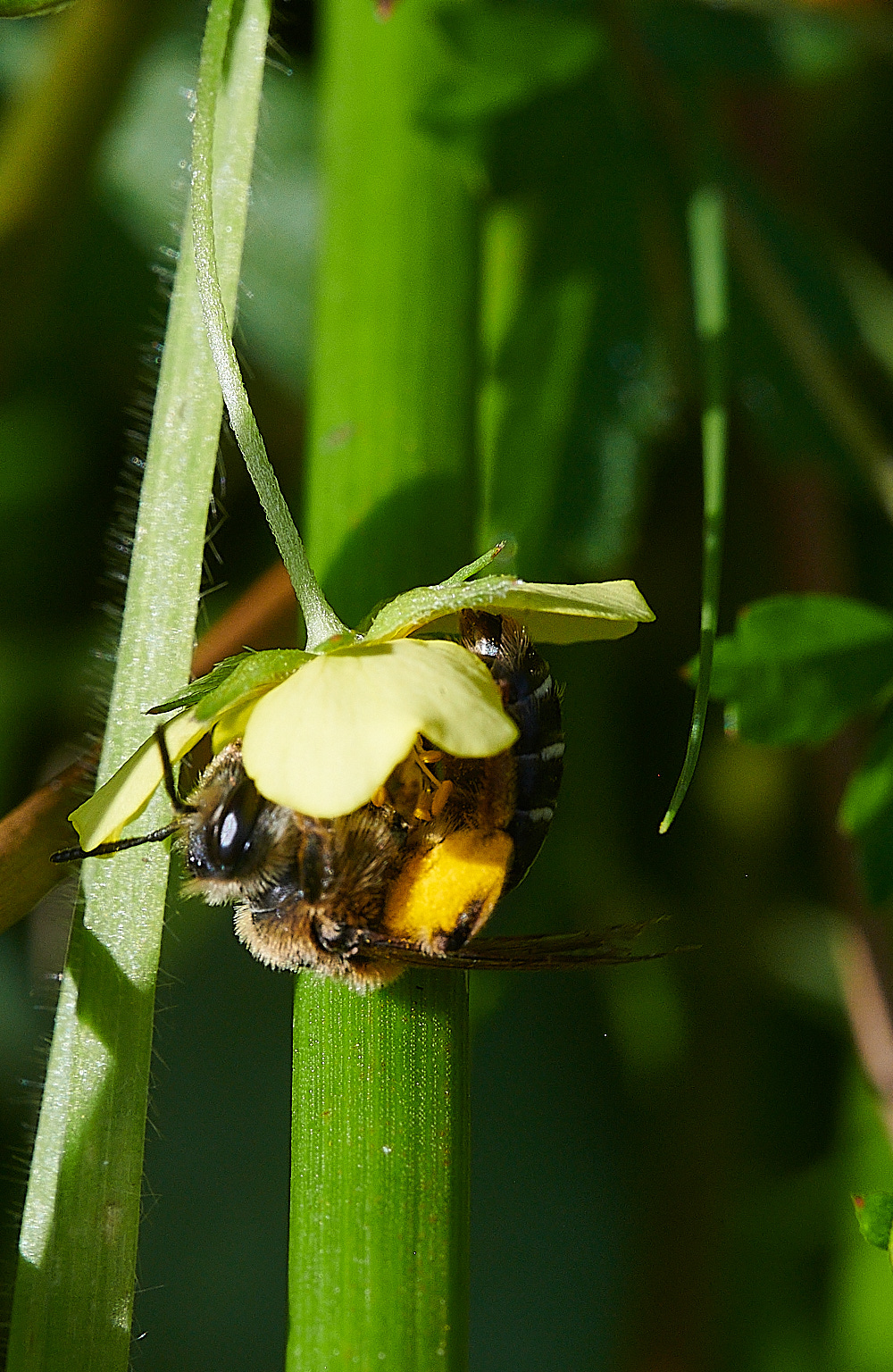
Distinctive white side bands and rufous hairs - D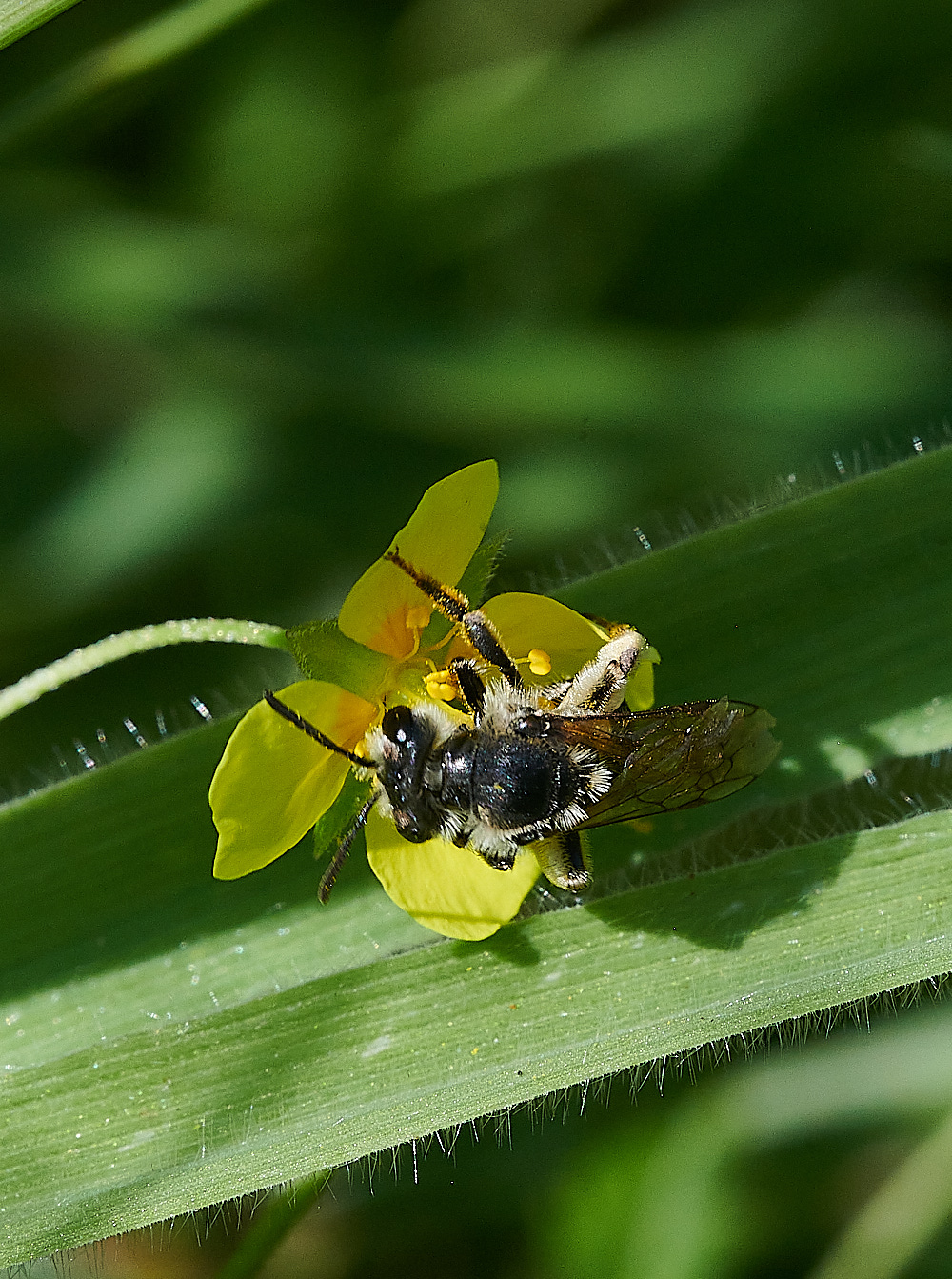
?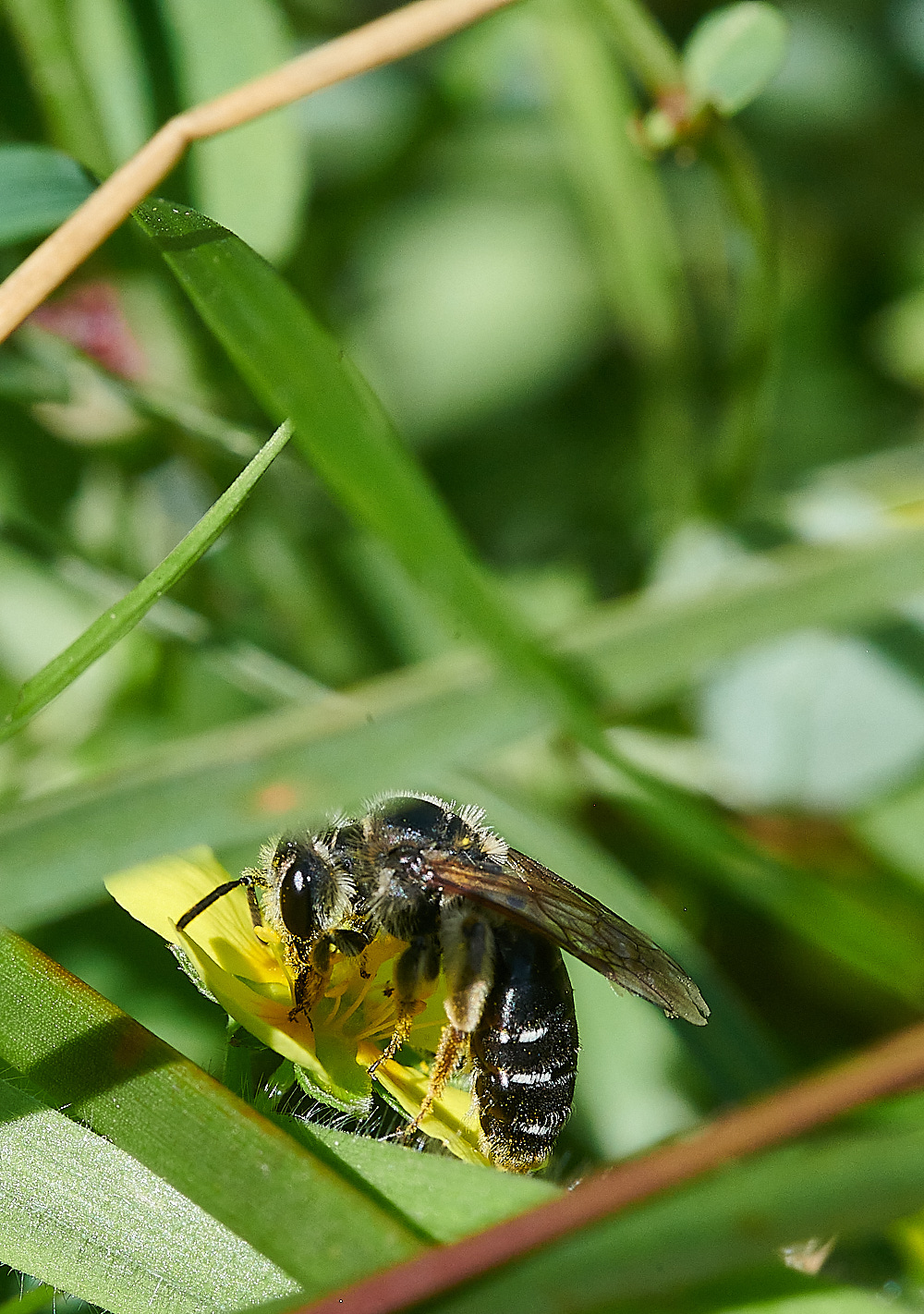
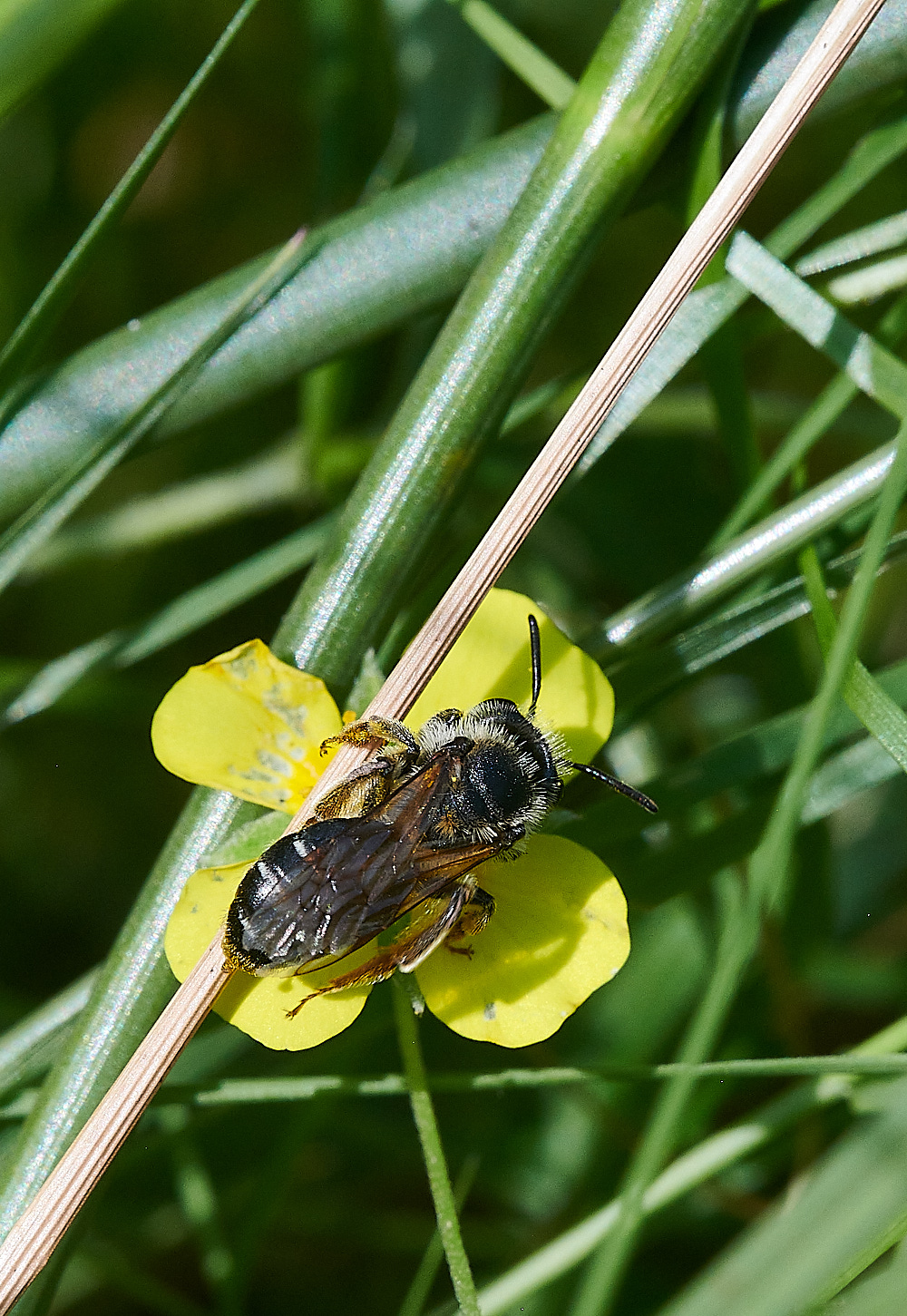
Distinctive white side bands and rufous hairs - D
Tormentil Mining Bee (Andrena tarsata)
Things are never quite that simple.
Apparently there are a number of A dorsata in amongst these pictures.
Nick Owens comment
Some of the tormentil bees are Andrena dorsata – but very worn. They have more distinctive white side-bands and rufous hairs on the thorax – also a bit bigger I think.
The tibia is dark not orange as in A. tarsata though you can’t see this under the pollen.
So I'm going to a D to ones I think are A dorsata
Thus If I managed to find one Tormentil Mining Bee I was lucky.
Next Year!!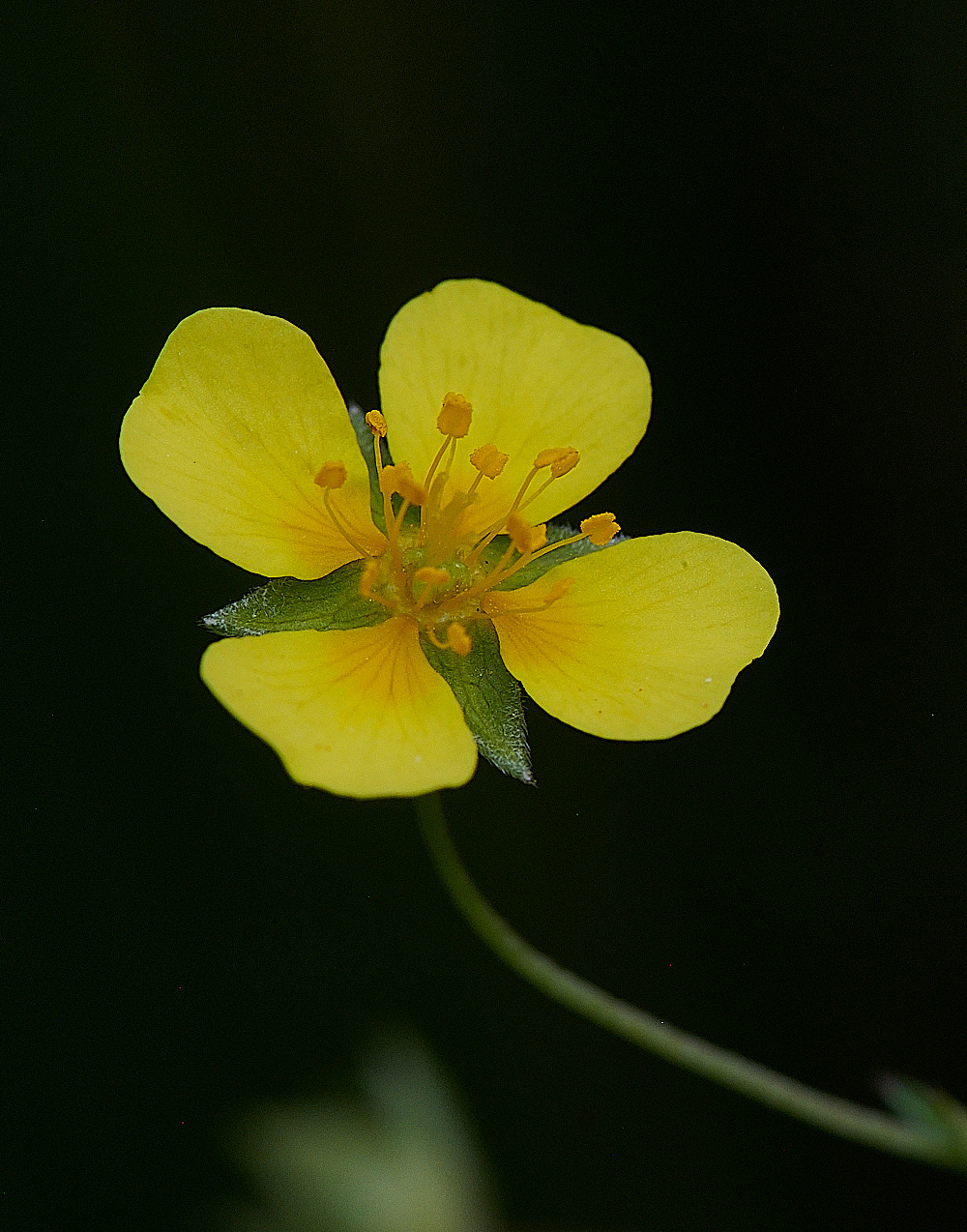
Tormentil (Potentilla erecta)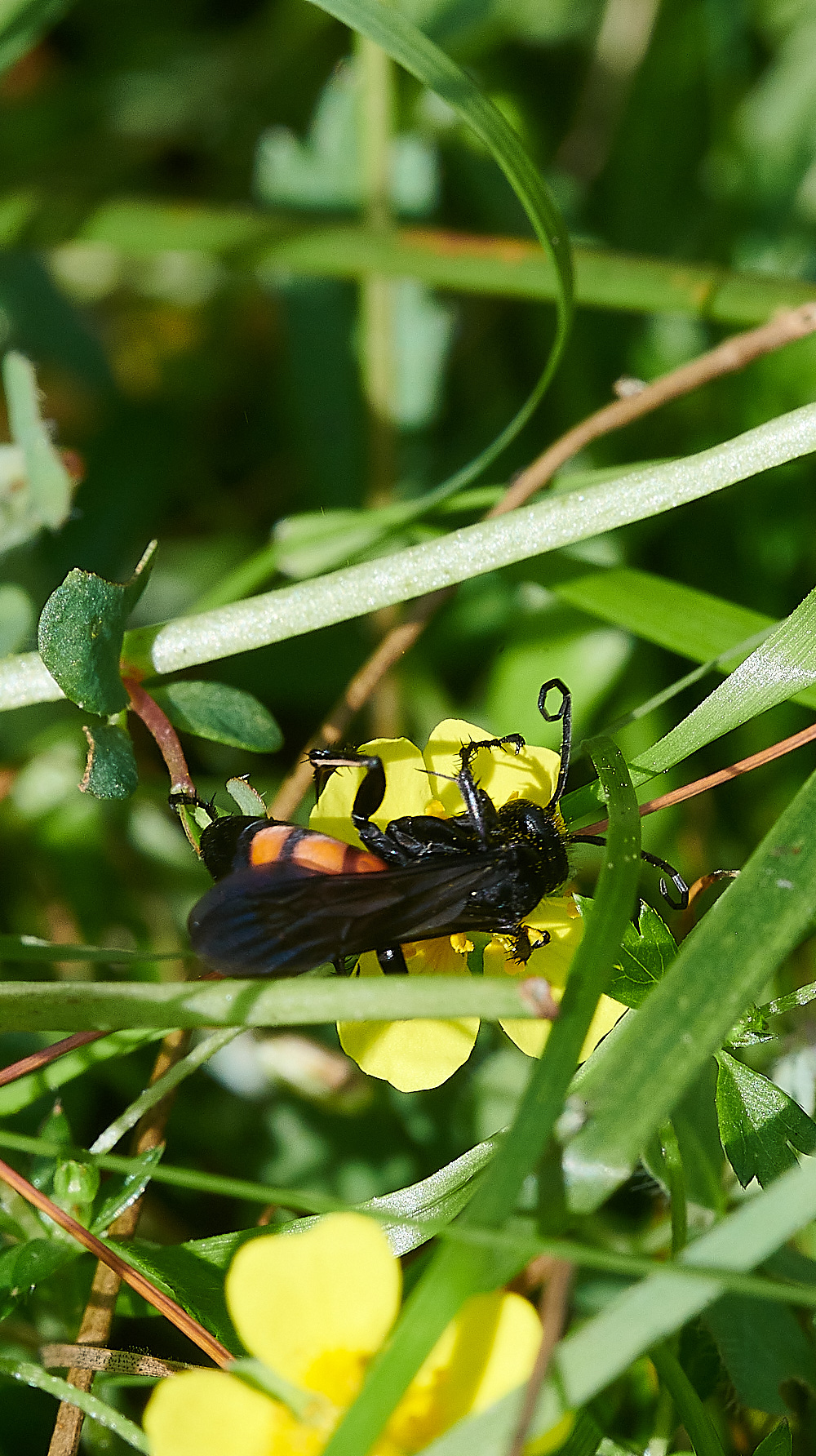
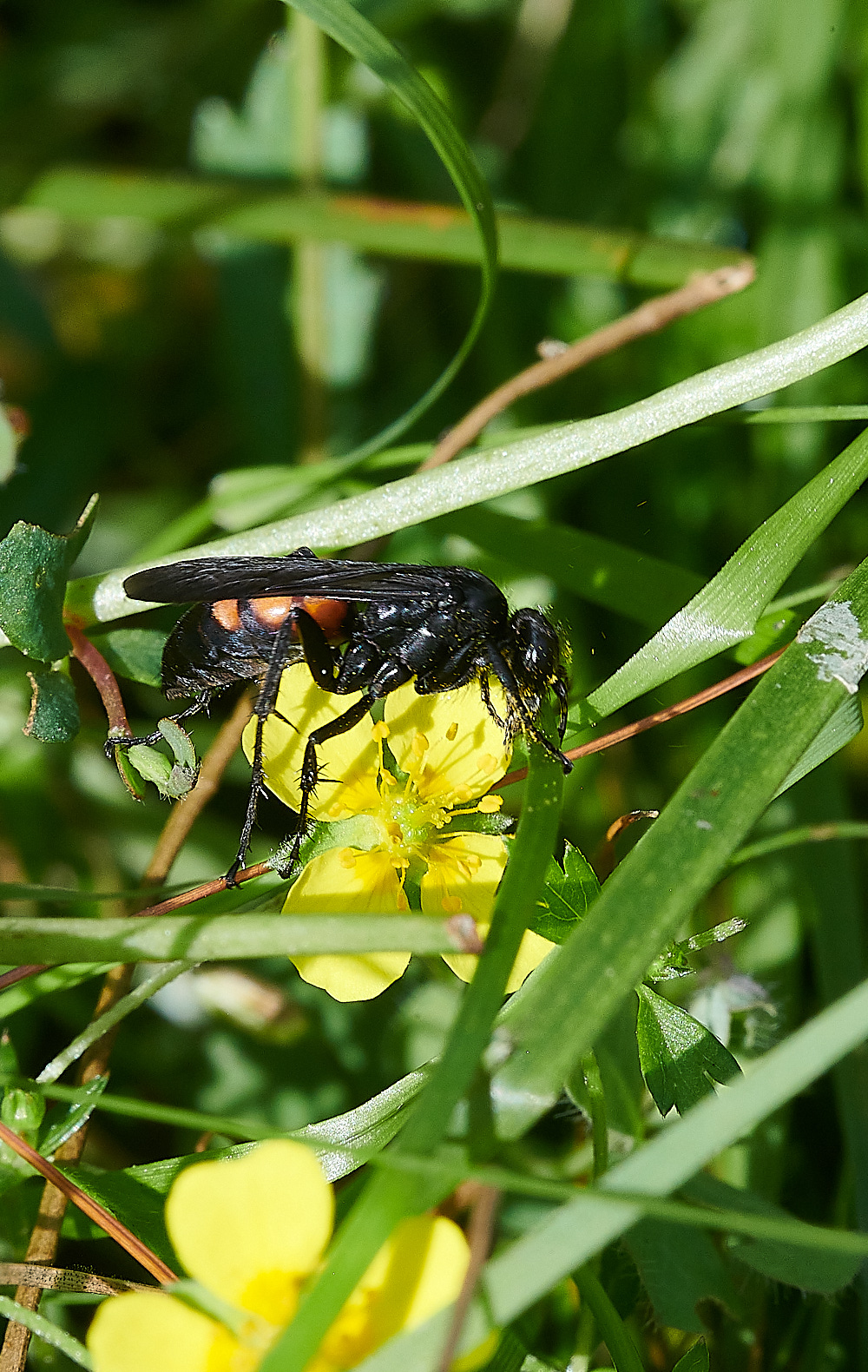
Black-banded Spider Wasp (Anoplius viaticus)
Wheatfen
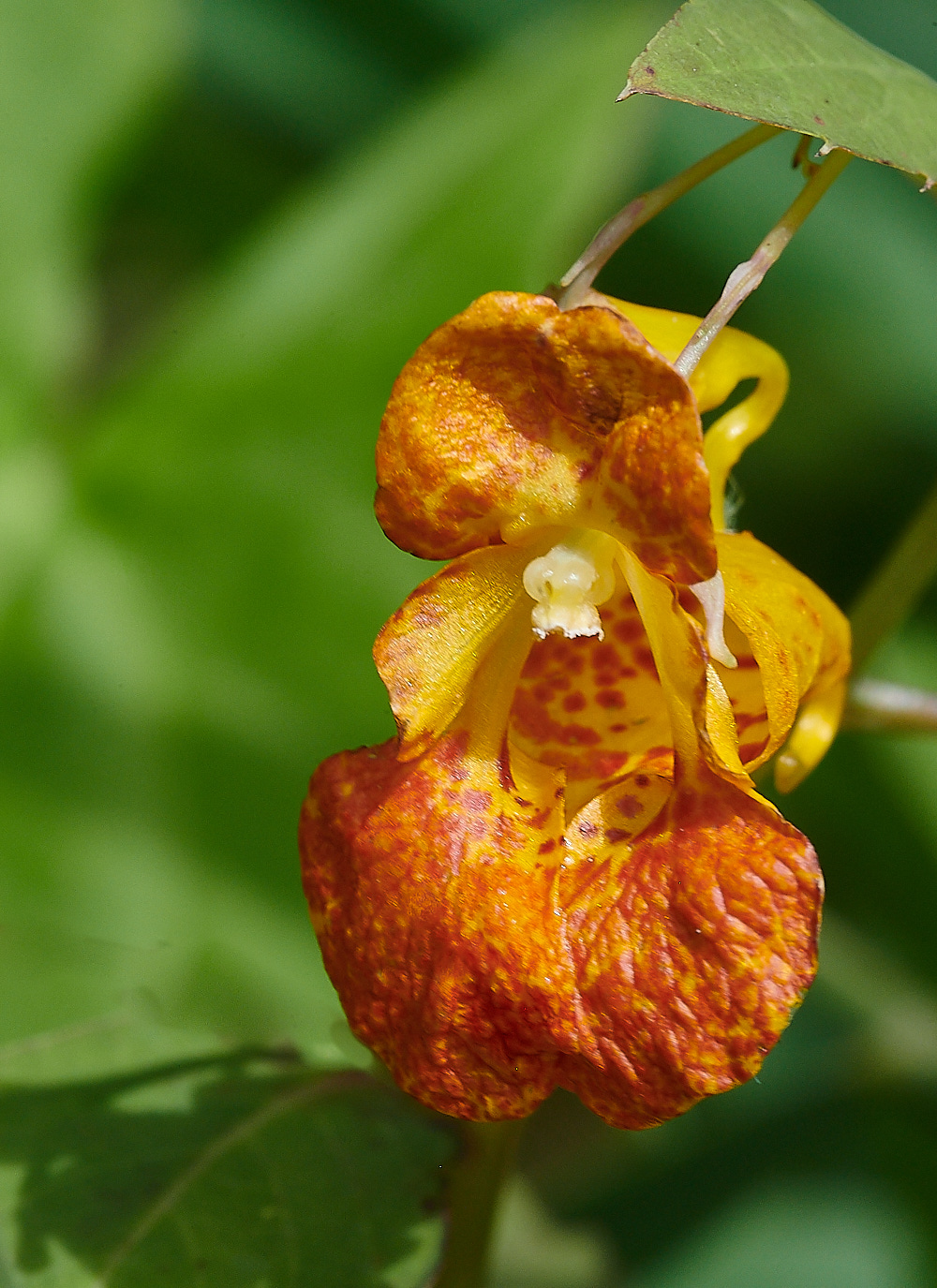
Orange Balsam - Jewellweed - Orange Jewelweed - Spotted touch-me-not (Impatiens capensis)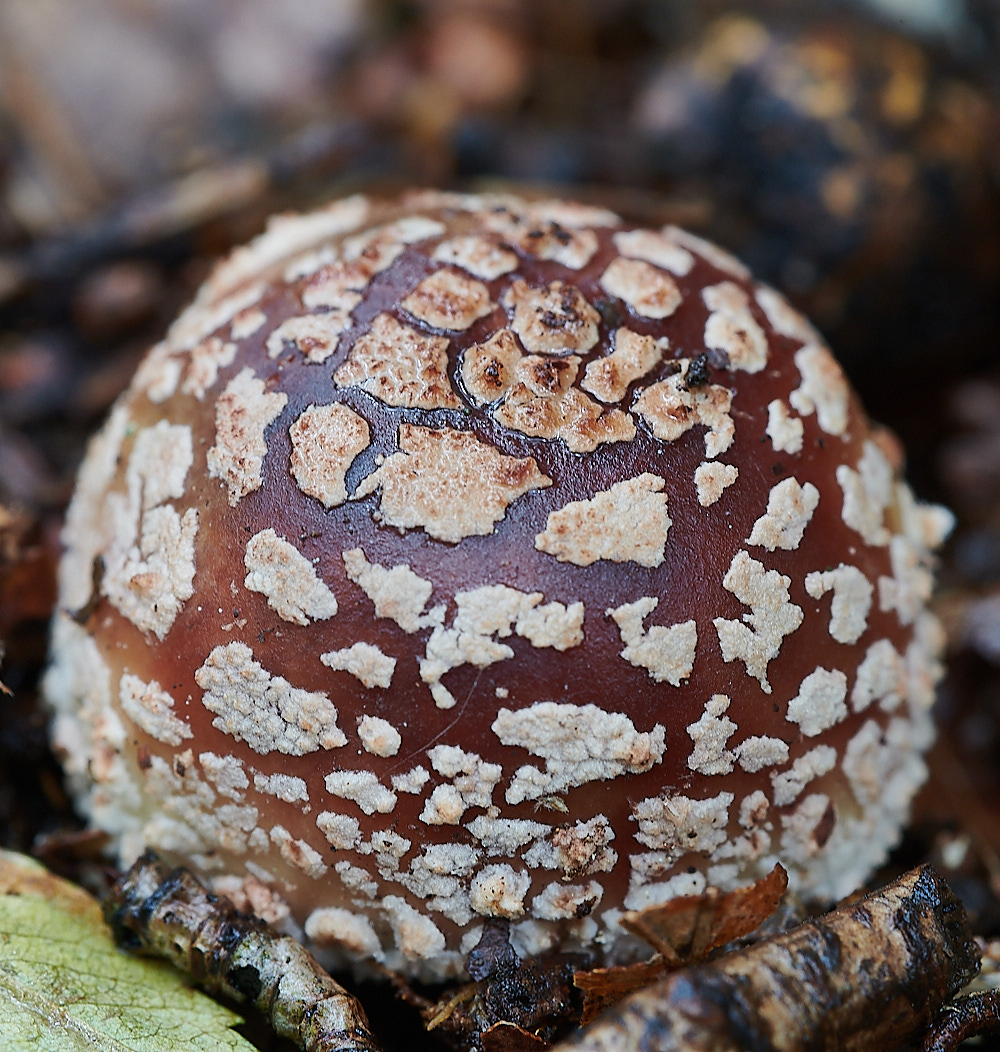
Blusher (Amanita rubescens)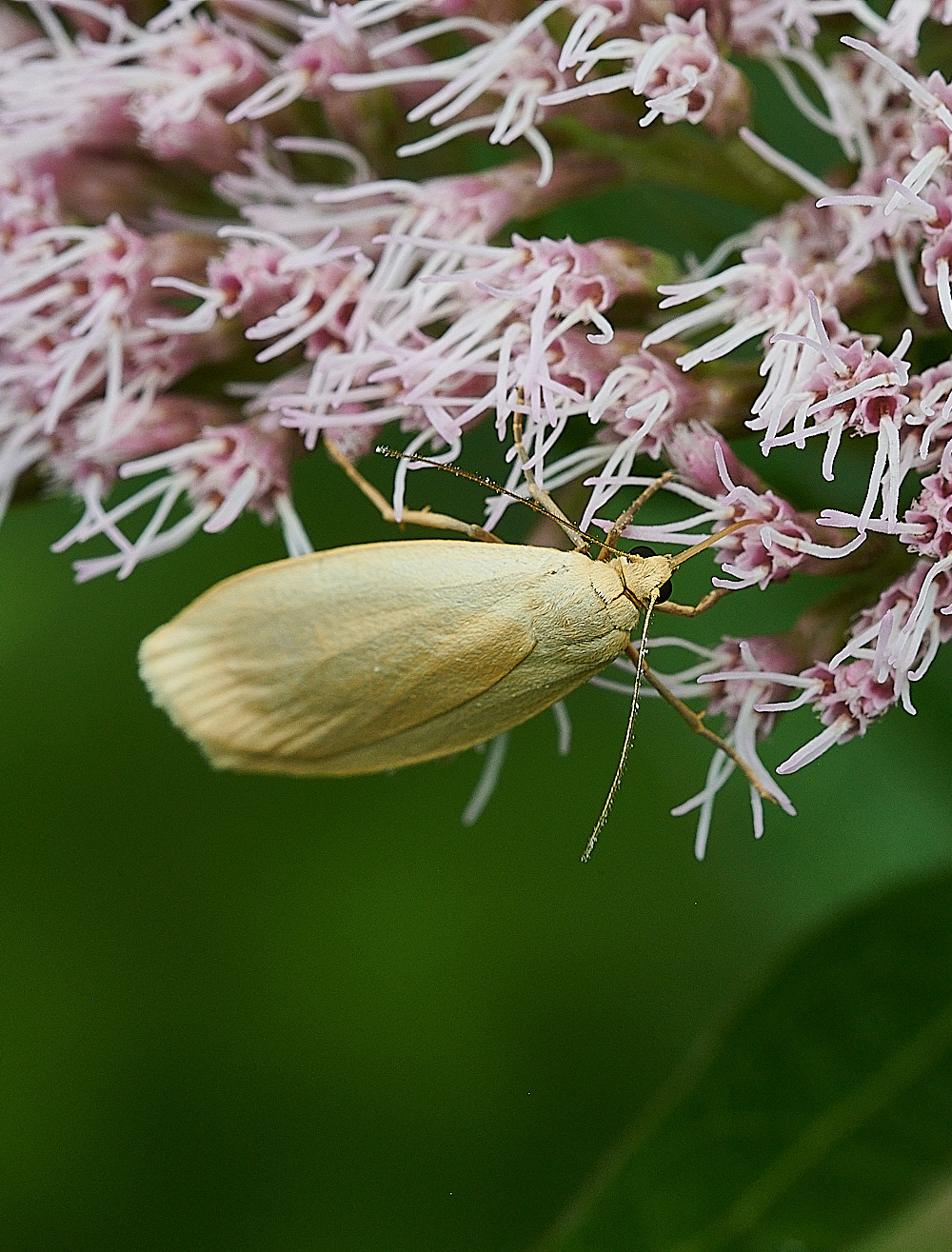
Buff Footman (EIlema depressa)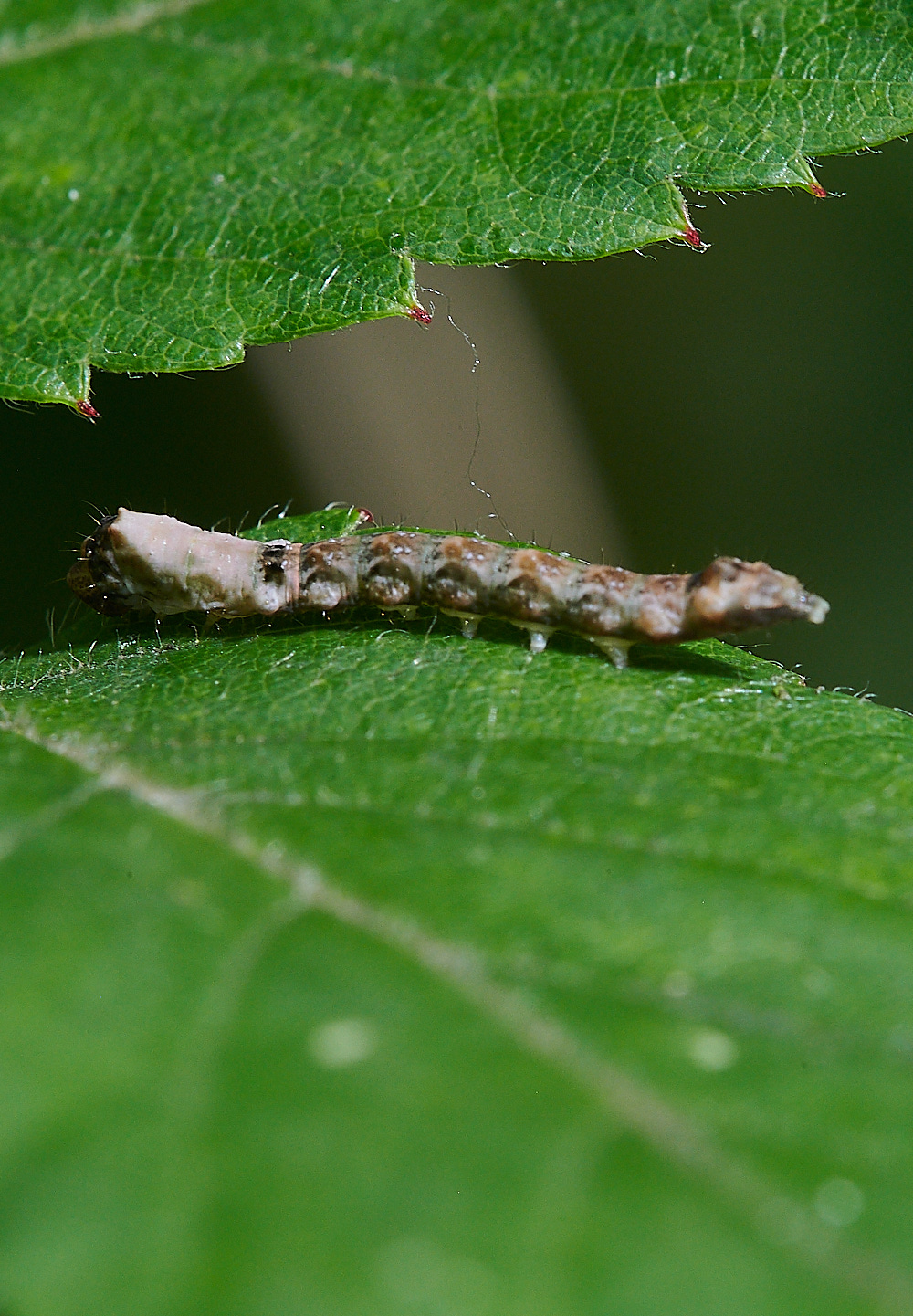
?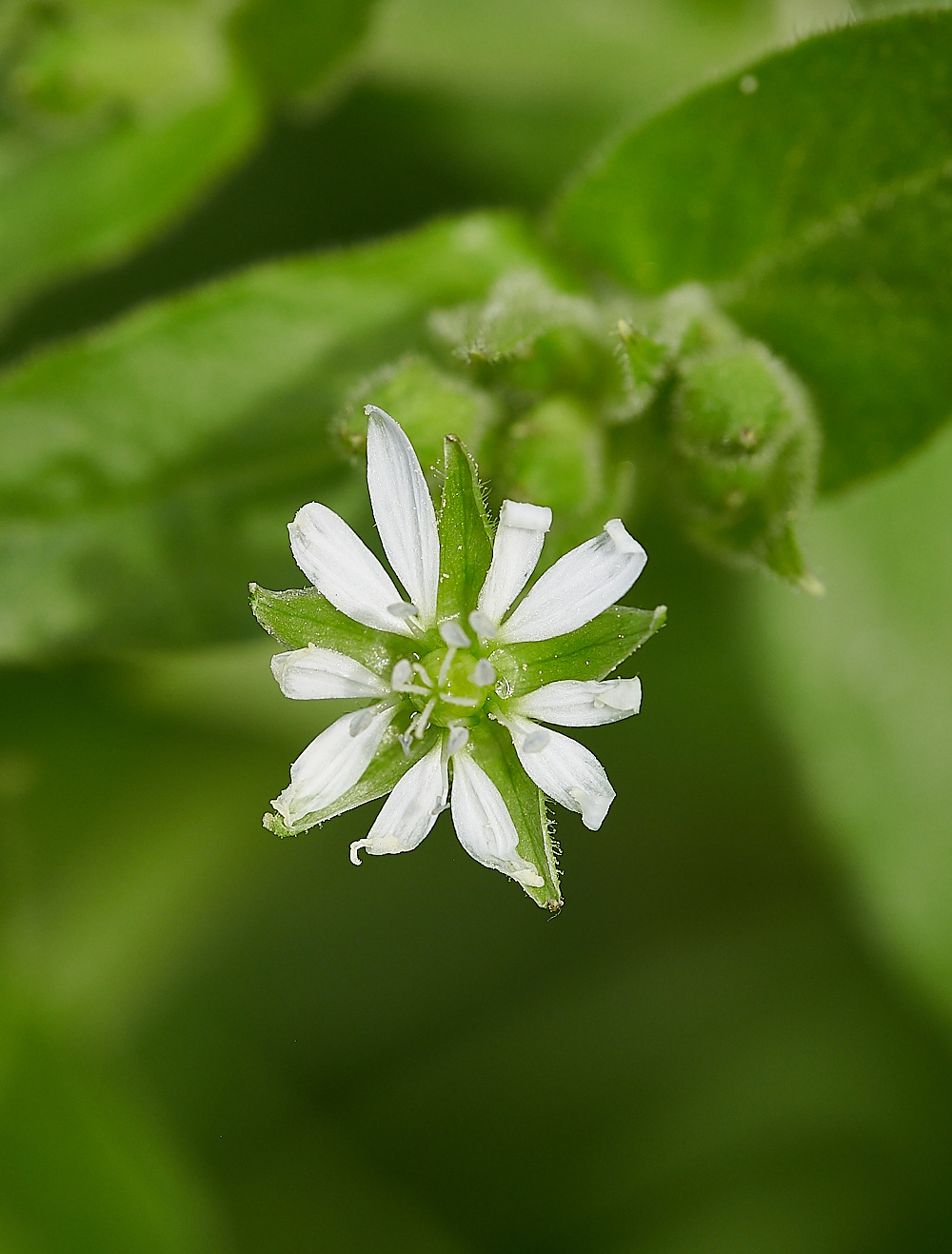
Water Chickweed (Stellaria aquatica)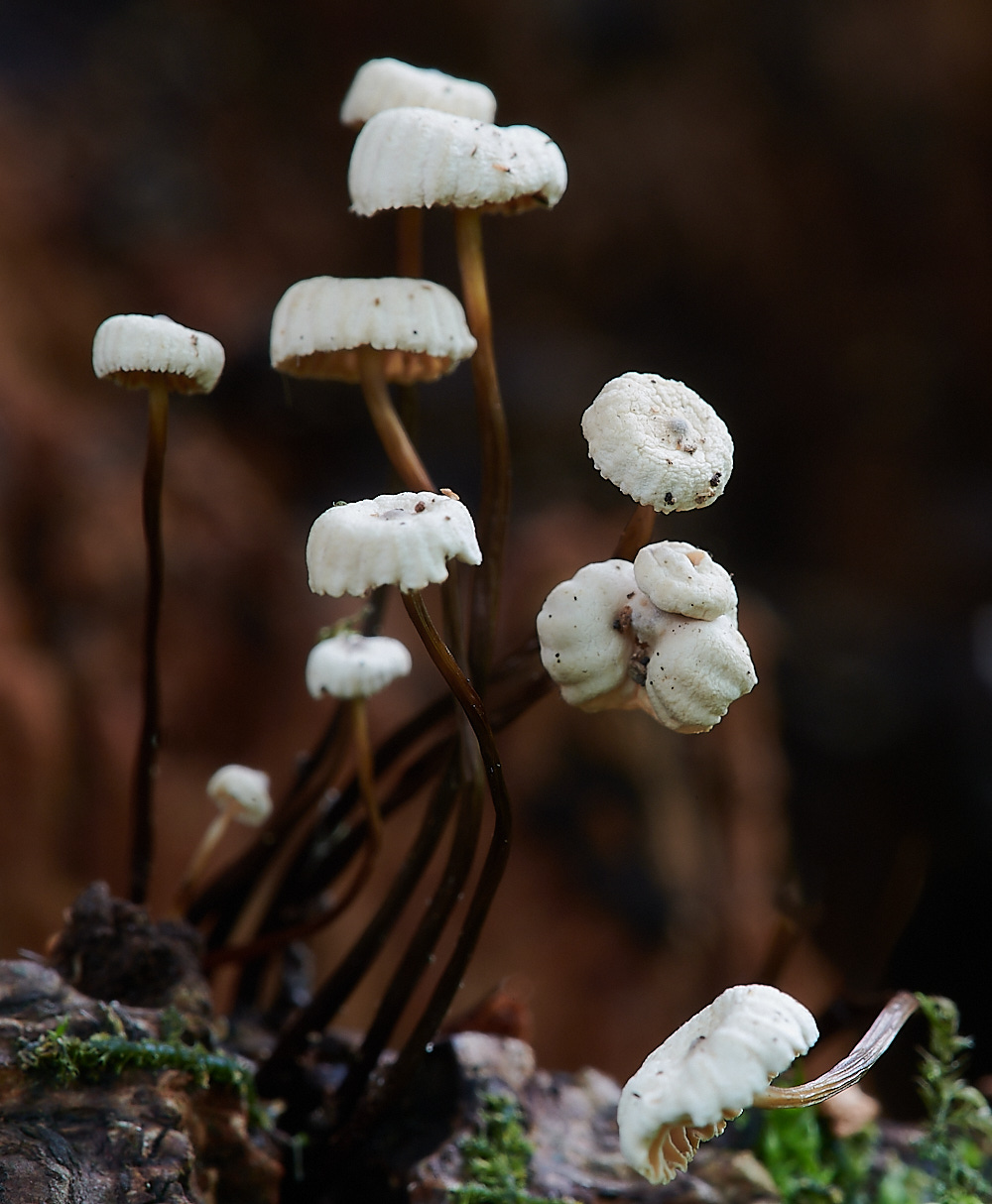
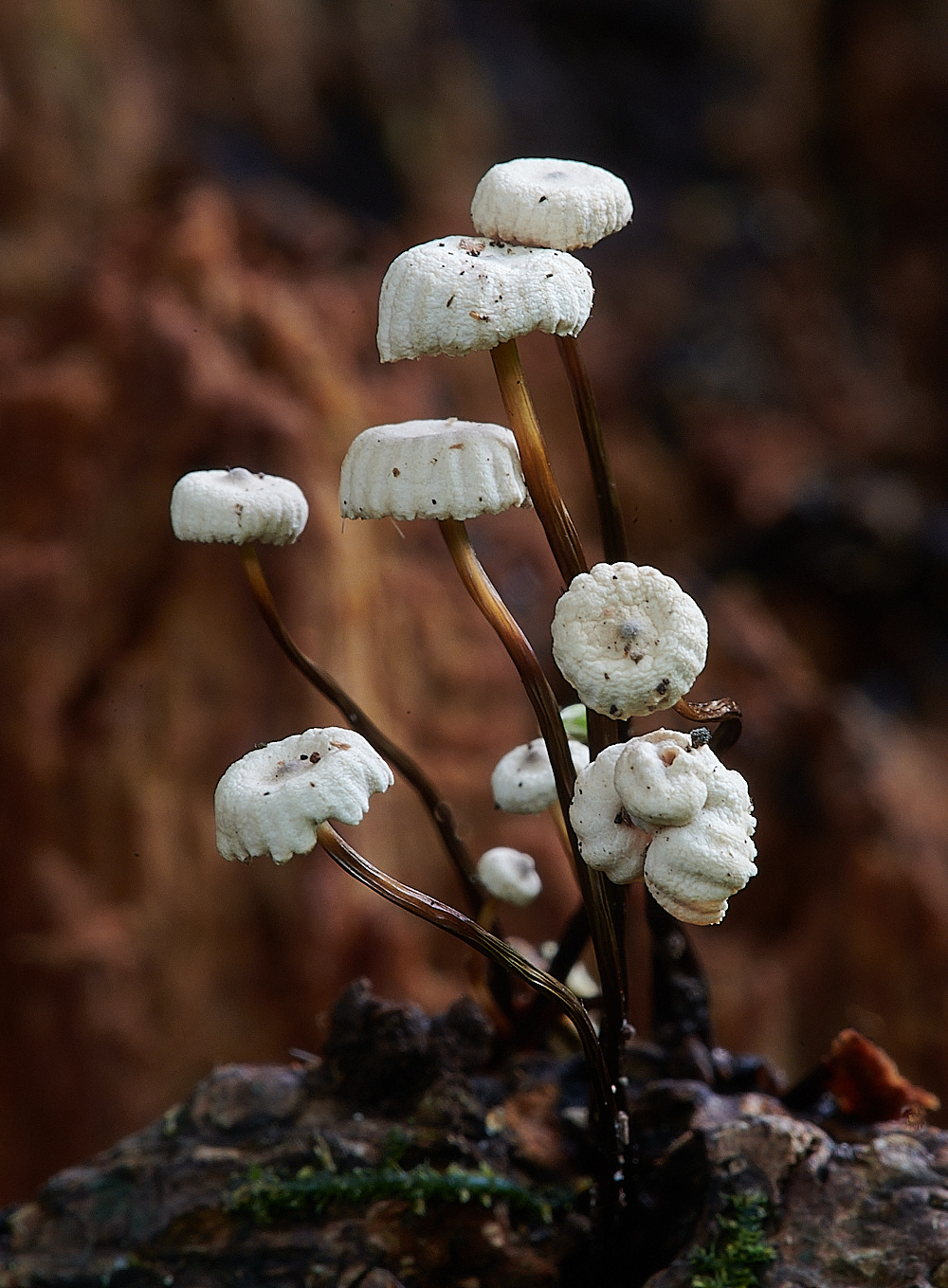
Collared Parachute (Marasmius rotula)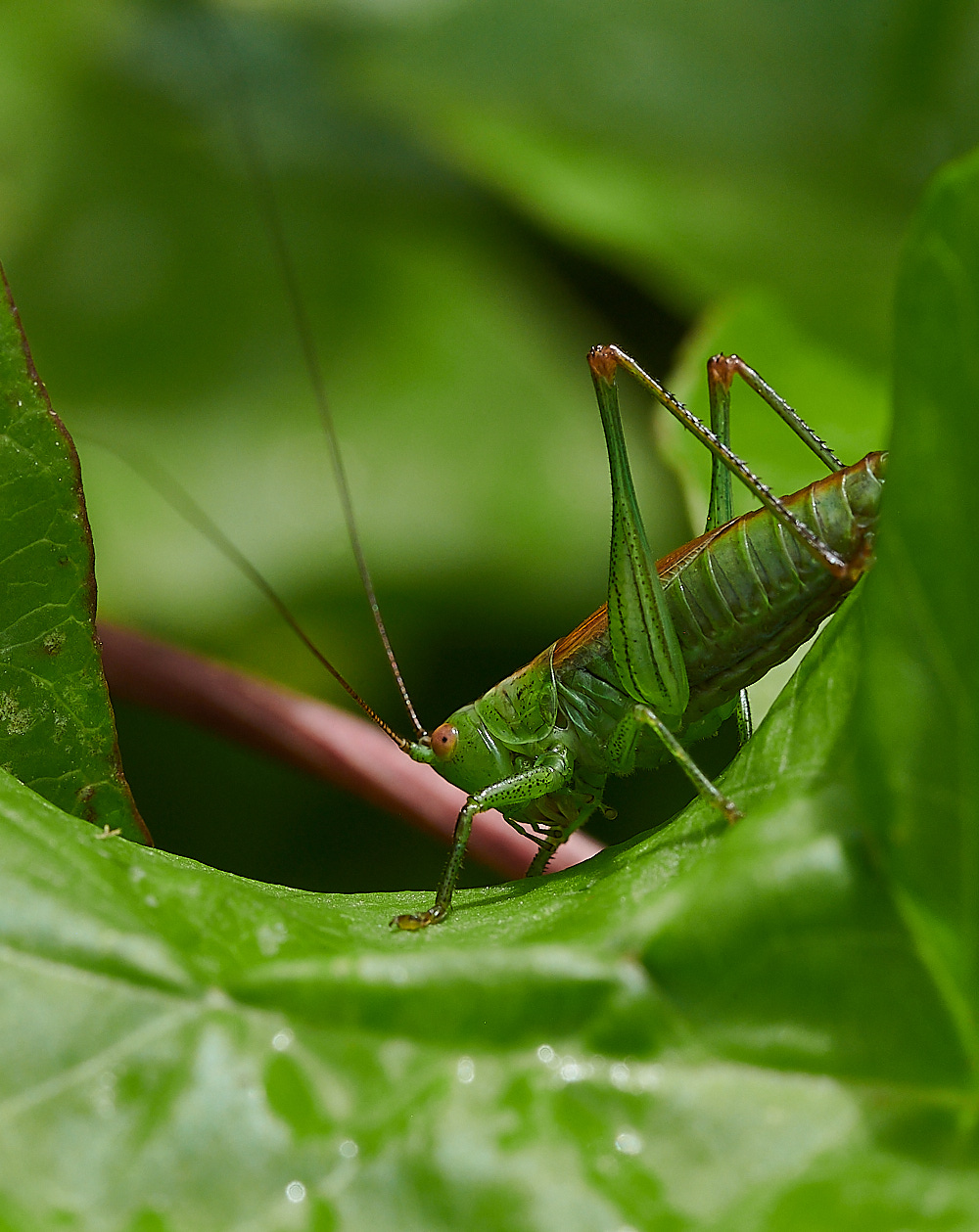
♂︎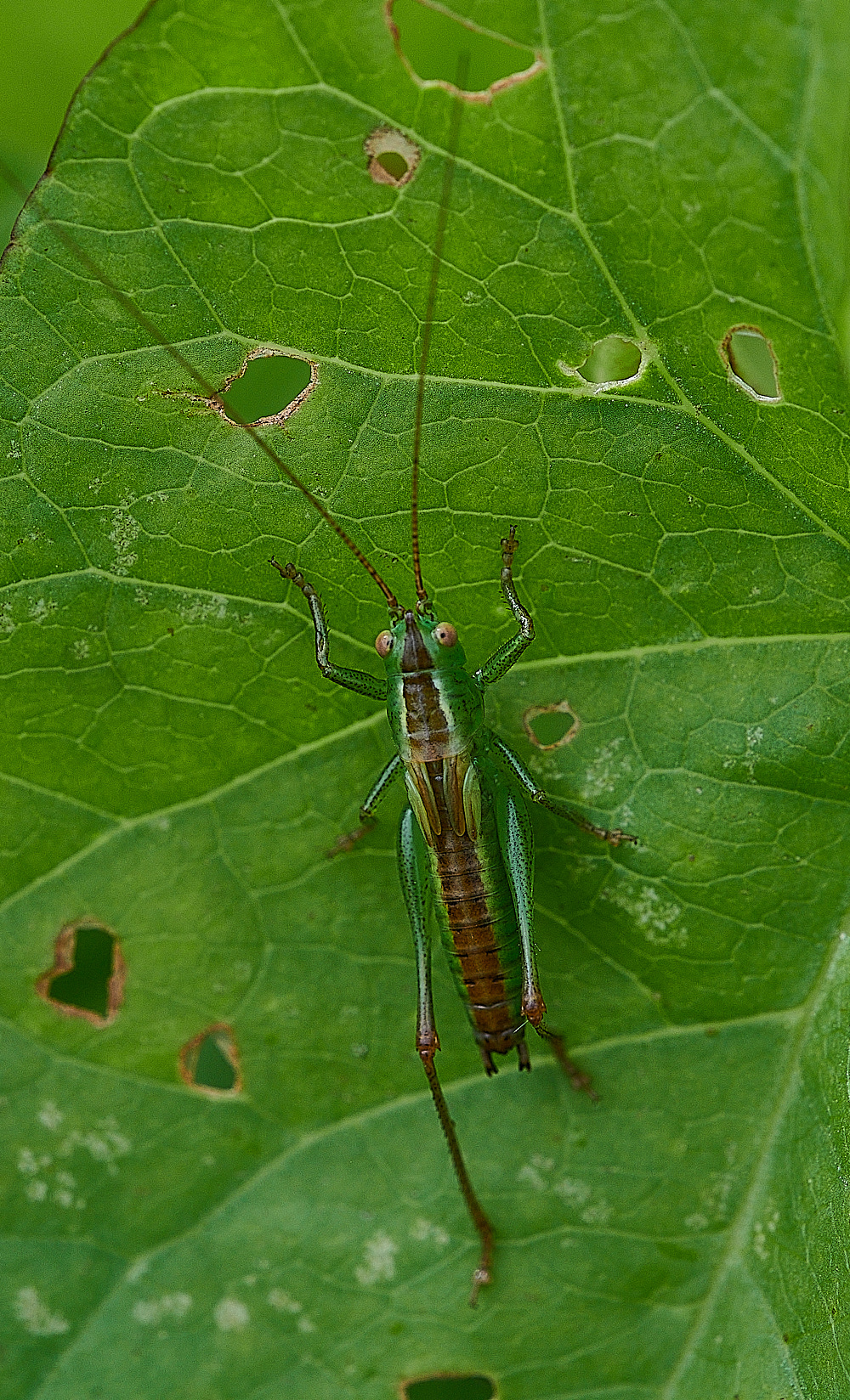
Immature ♂︎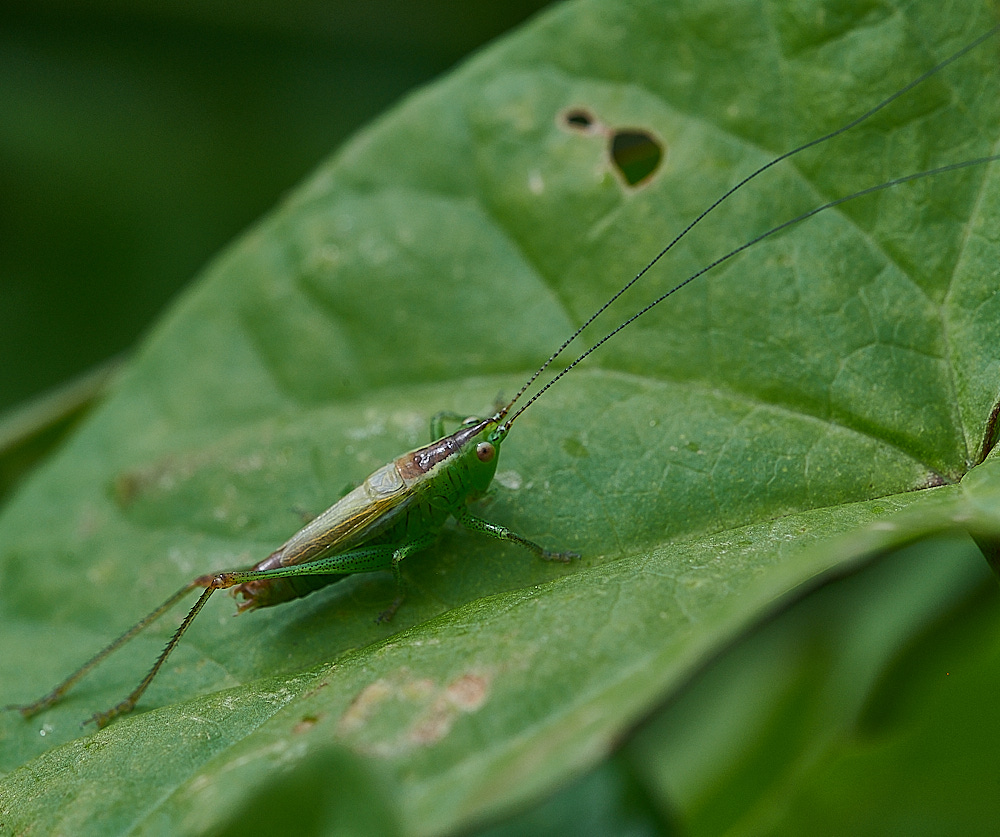
♂︎
Short-winged Conehead (Conocephalus dorsalis) although as Tony has said you need to watch out for long-winged variety (macropterous form) of short-winged conehead. 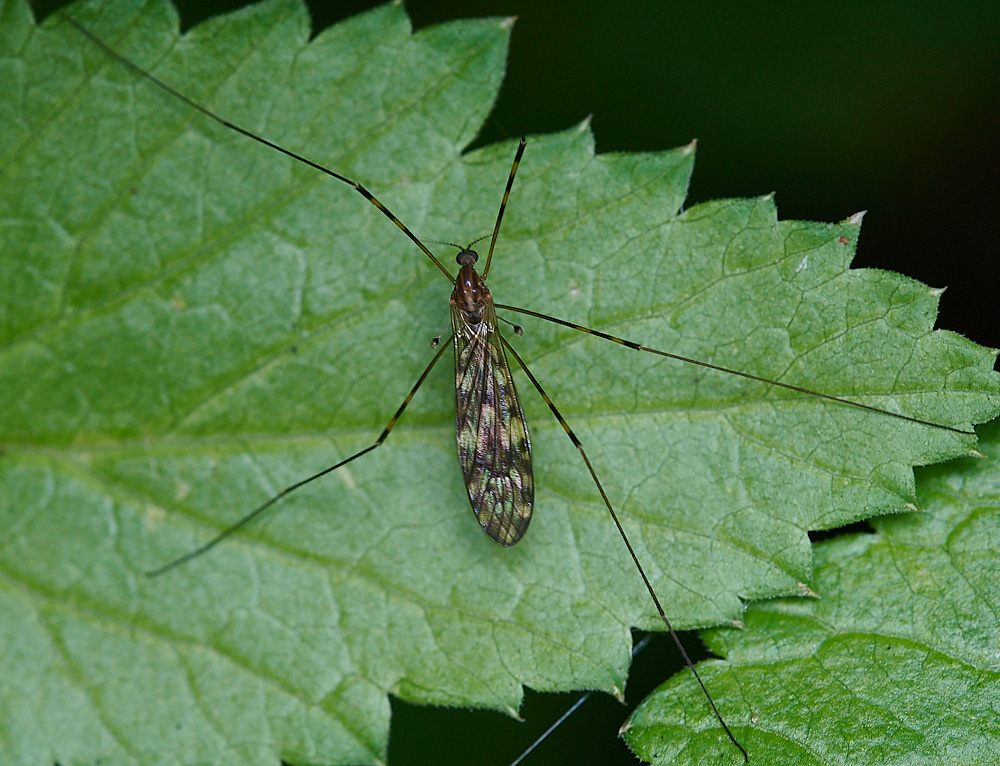
Tipula Sp One of a number of craneflies that hold their wings in line with the body at rest. The marbled wings suggest one of two smaller craneflies. T confuse or T rufina
but you need a thorax side view to be certain. 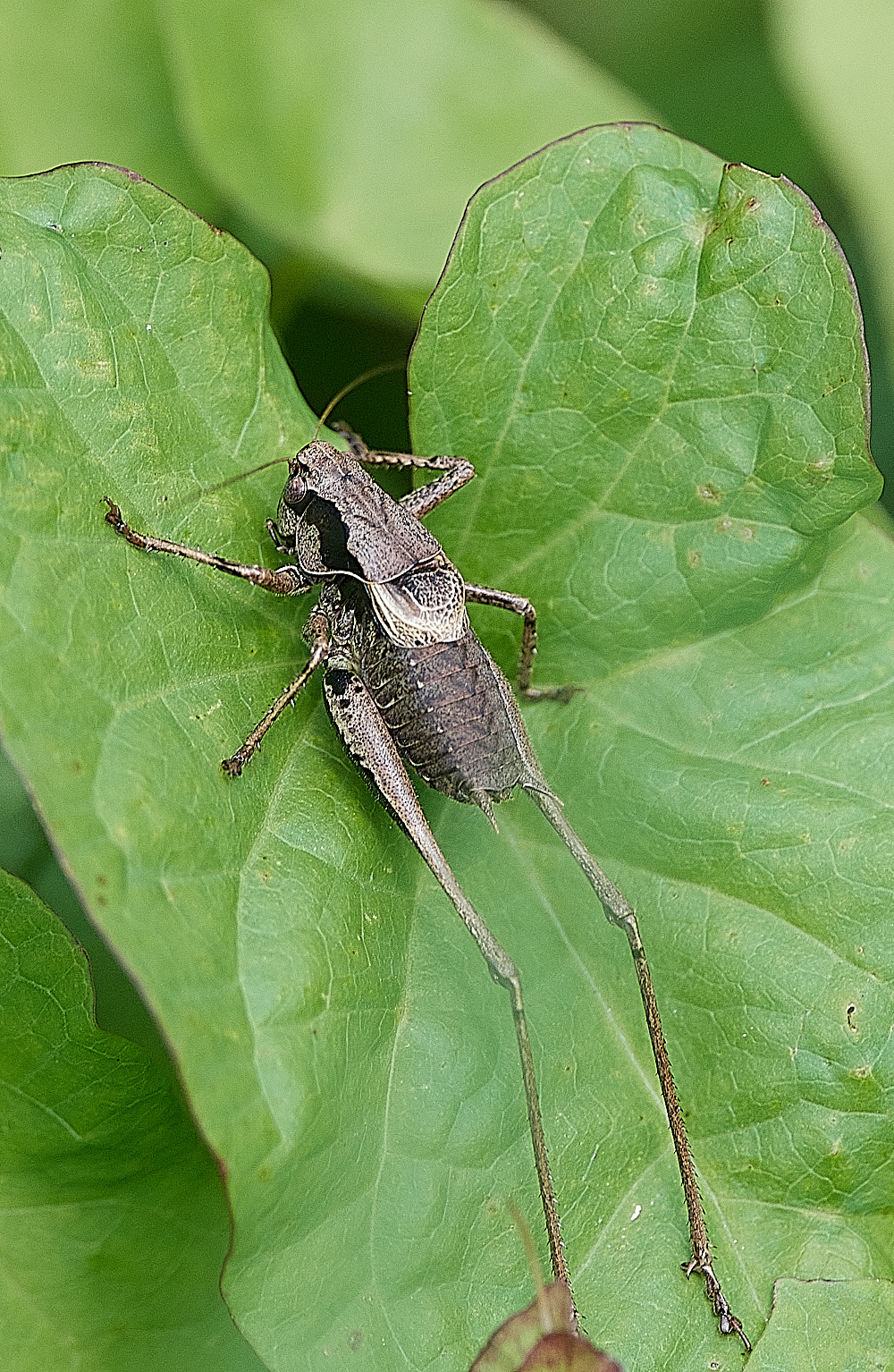
Dark Bush Cricket - Adult (Pholidoptera griseoaptera)
Only ever see the little ones early in the year before. A number of these splayed out adults on the vegetation today - stunning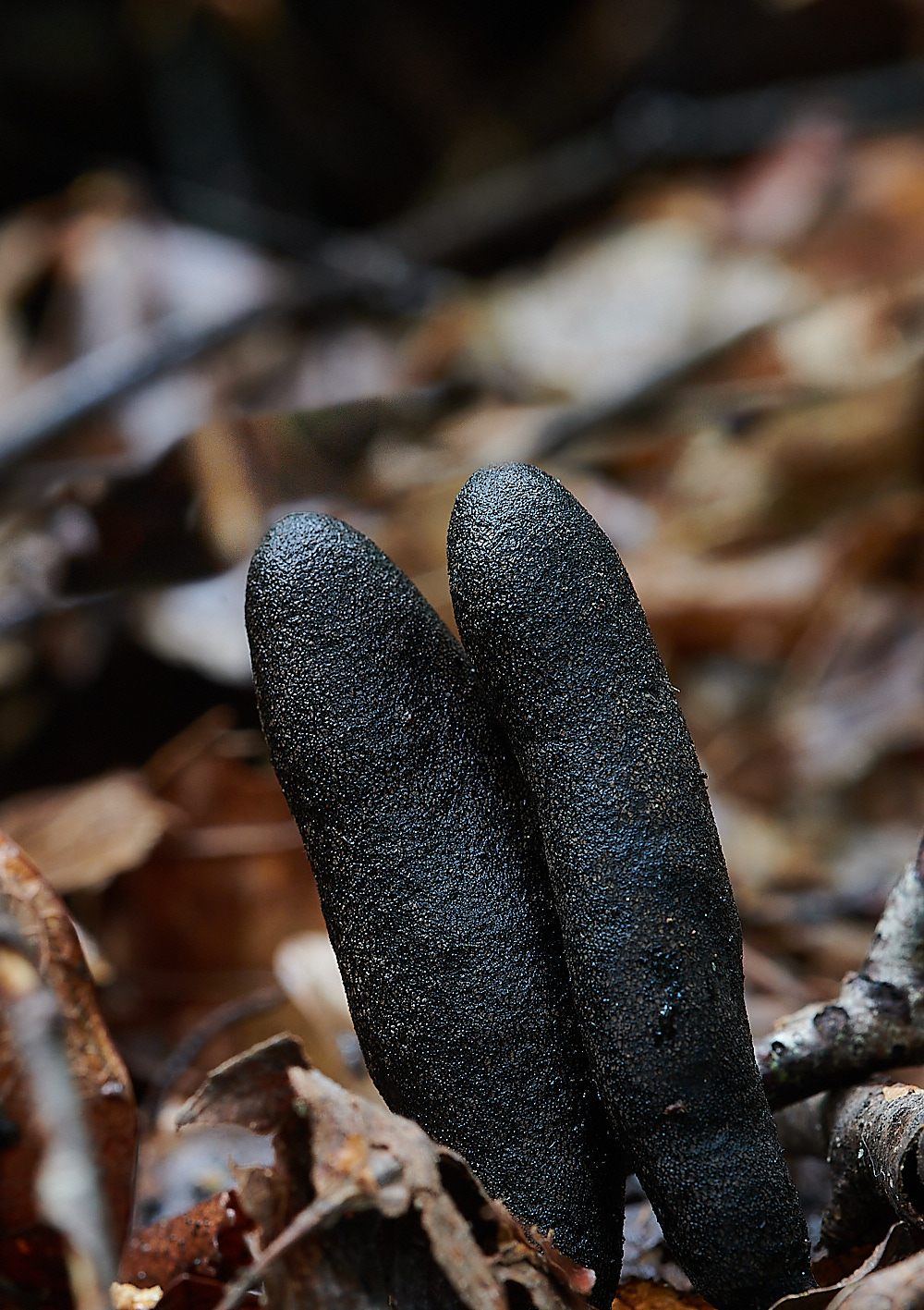
Dead Man's Fingers (Xylaria polymorpha)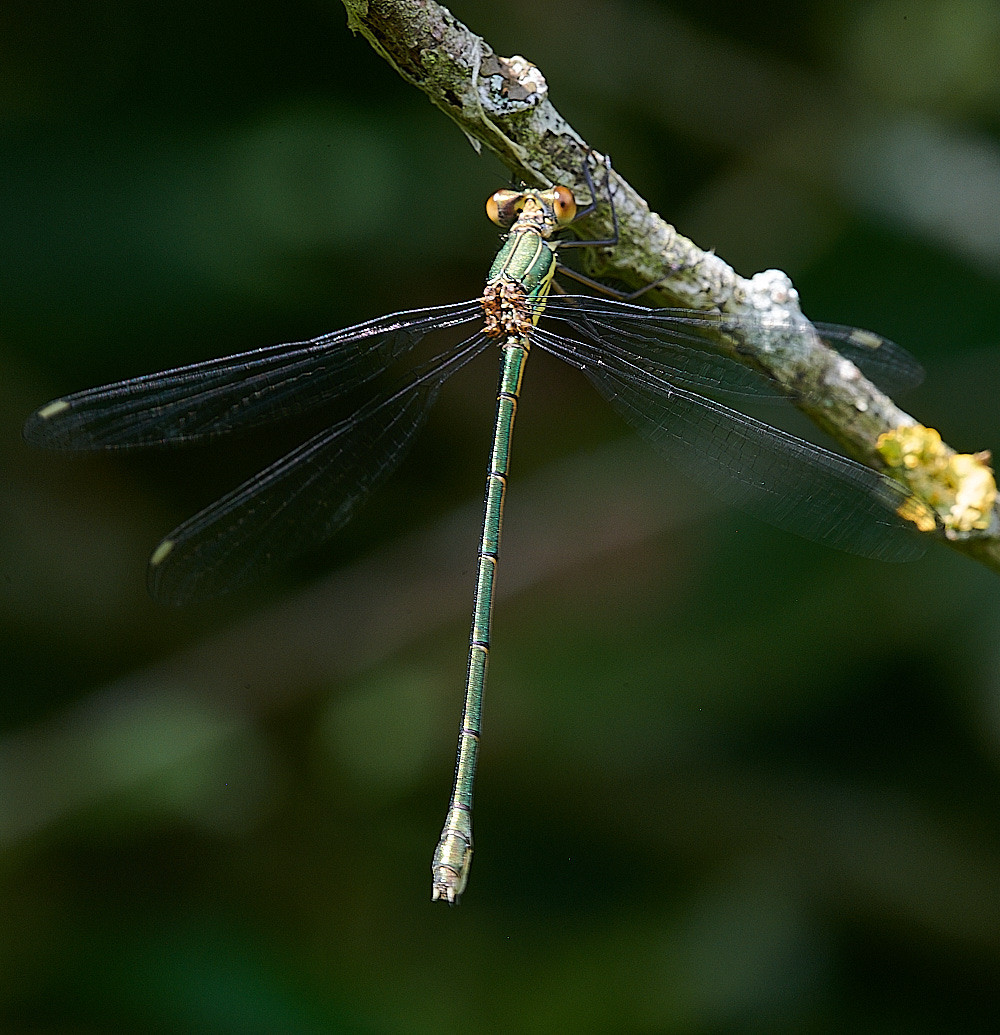
Willow Emerald Damselfly (Chalcostes viridis)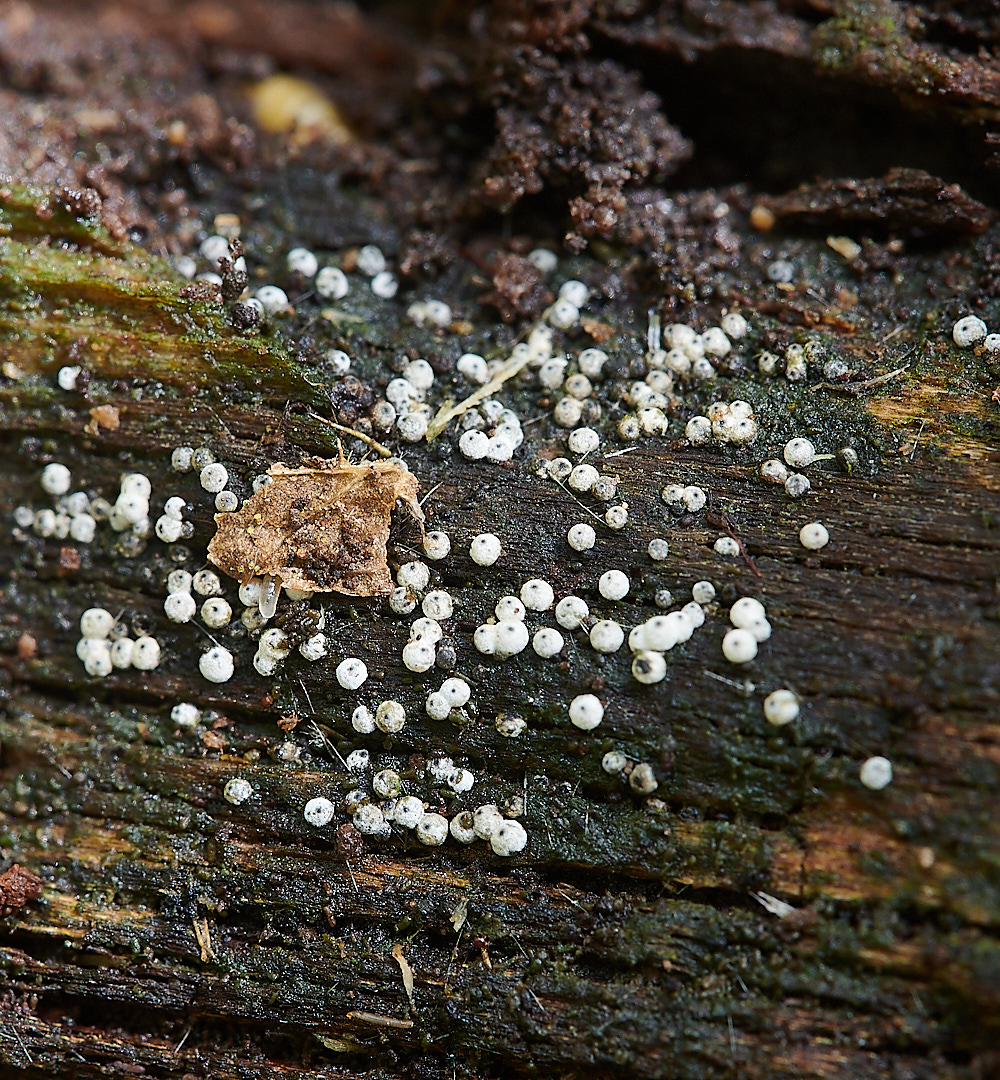
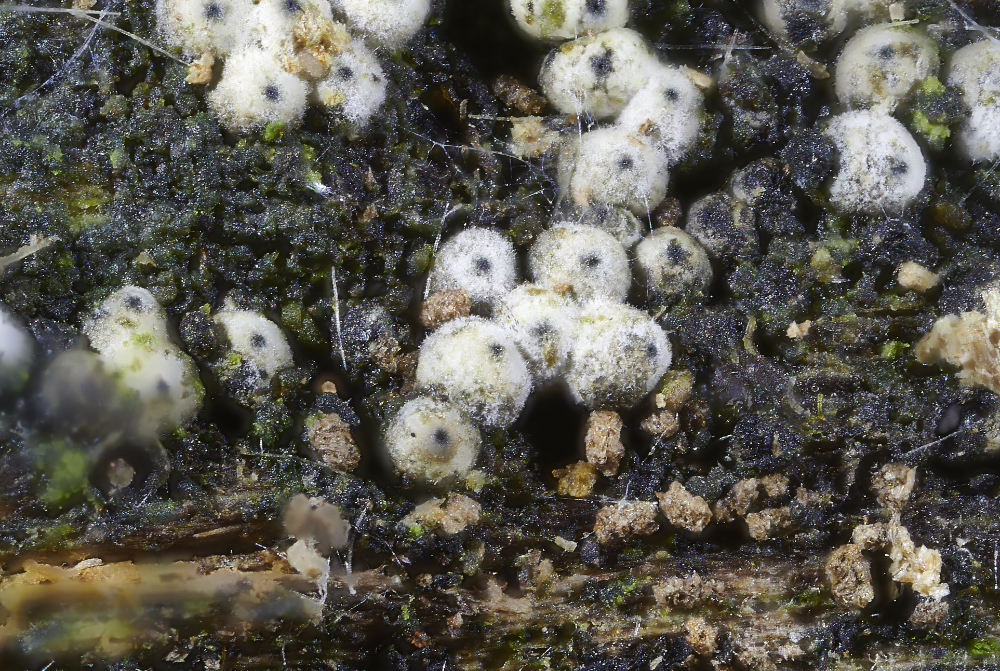
Lasiosperma ovina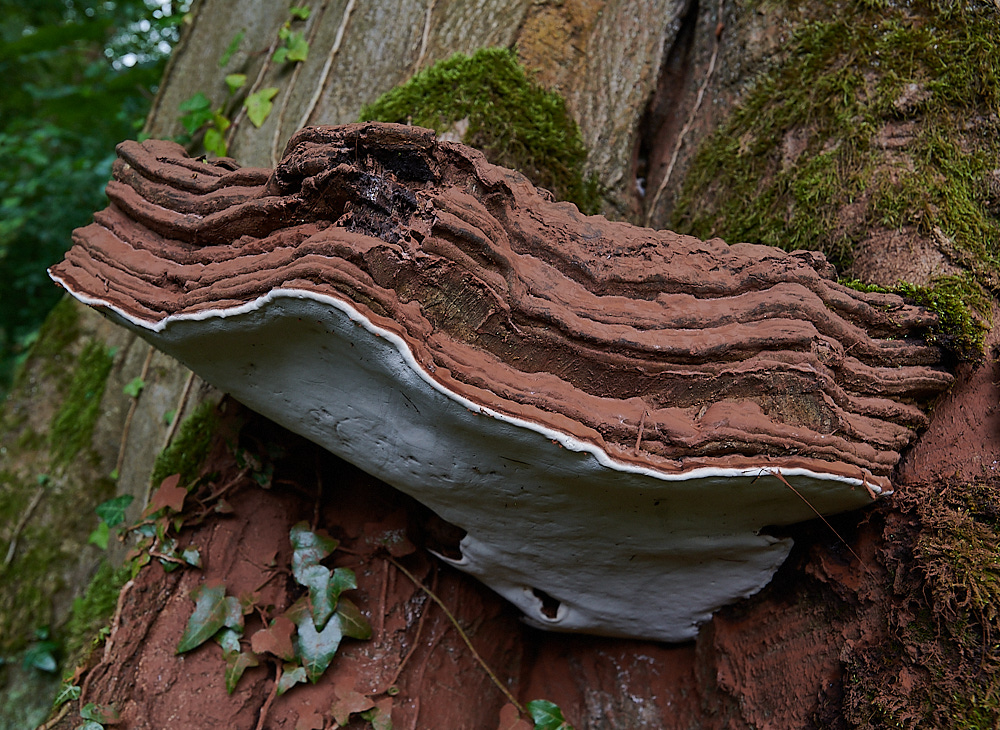
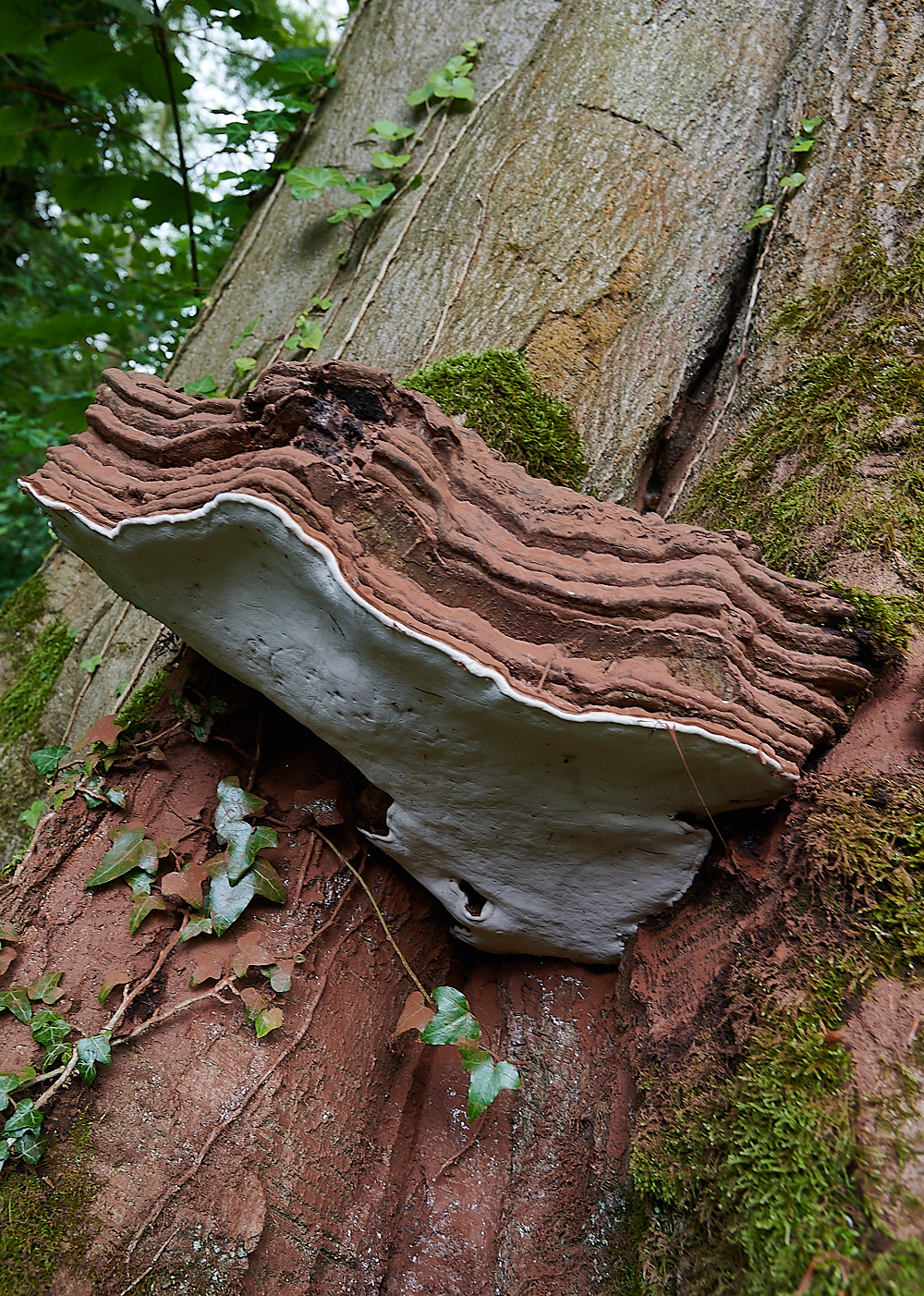
Ganoderma Sp (G australe)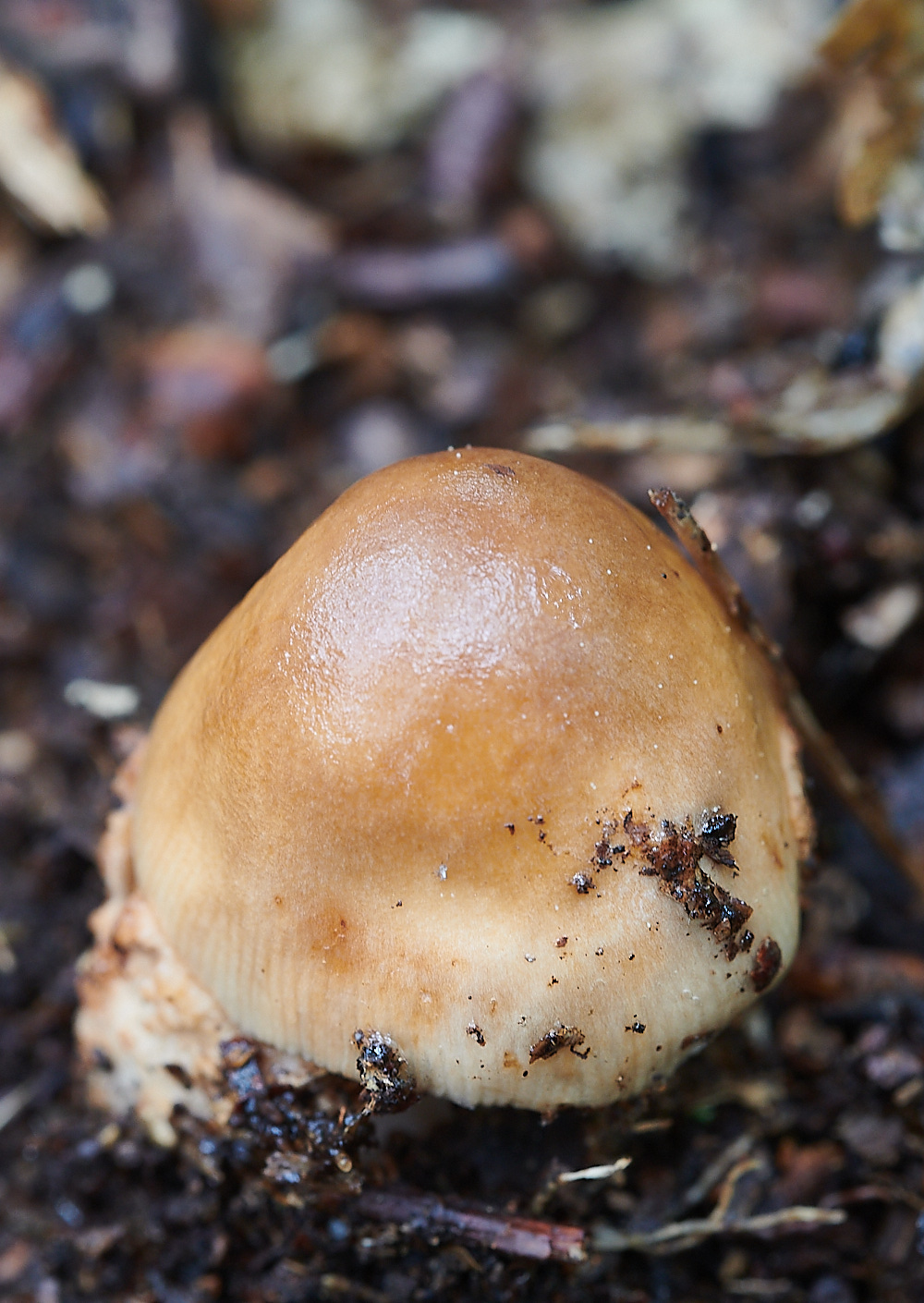
Grisette (Amanita virginata)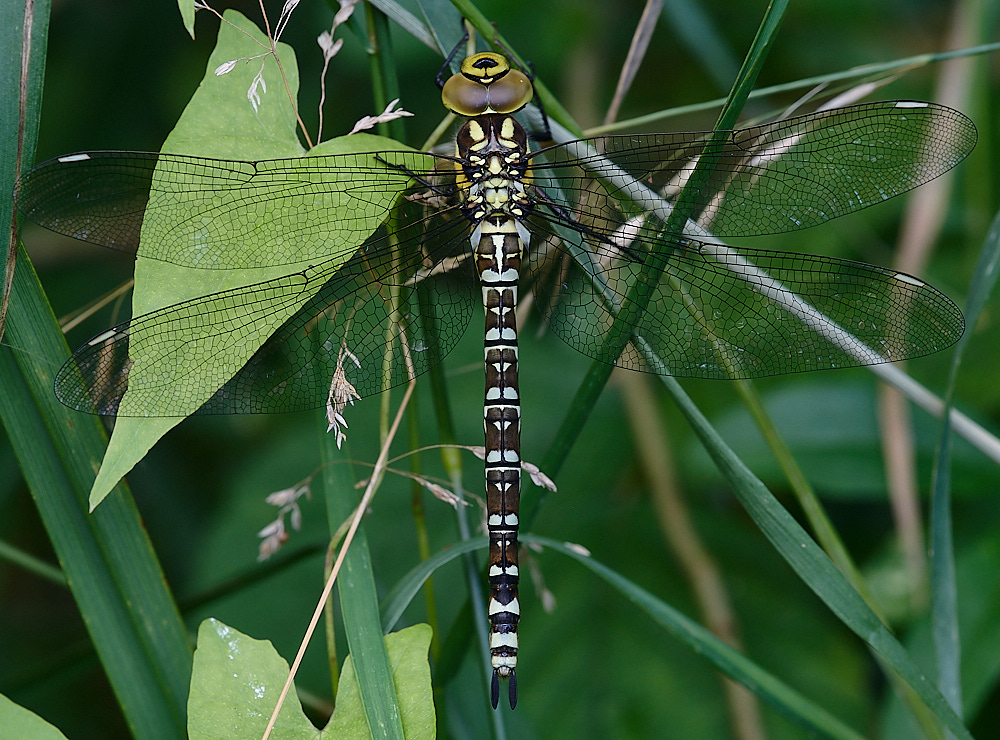
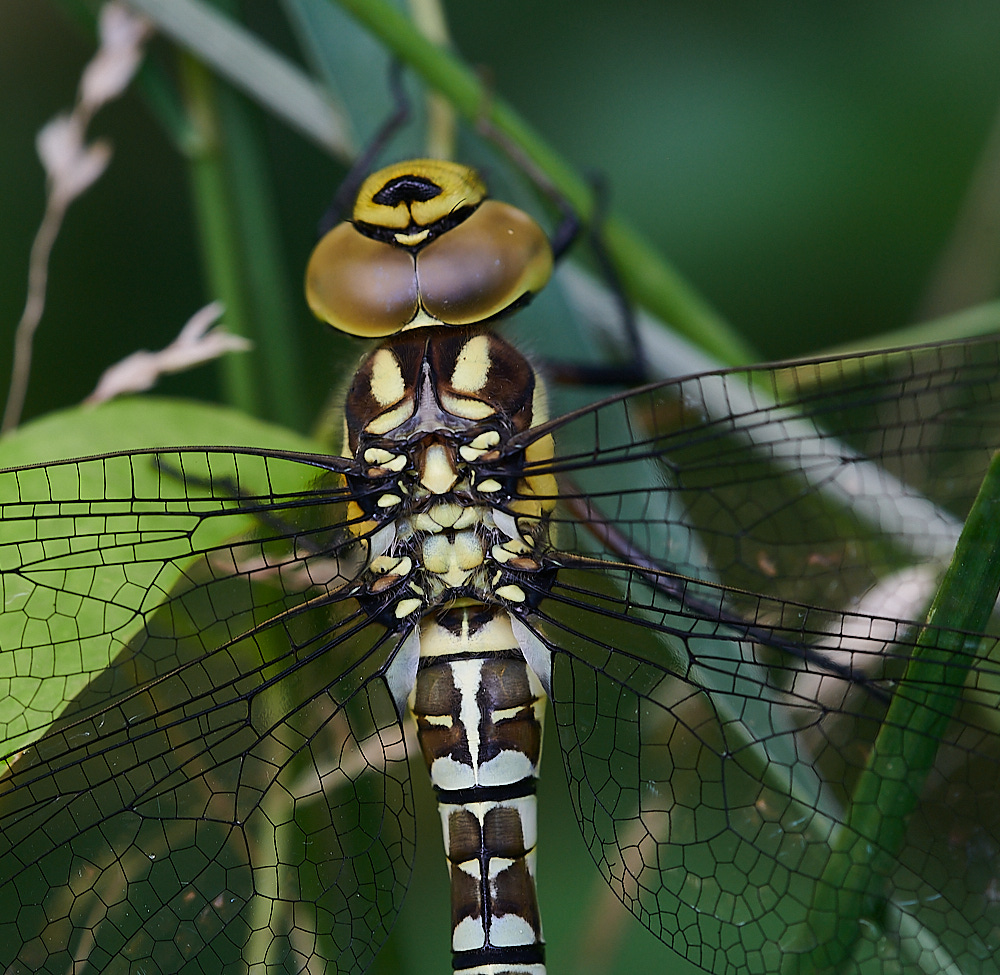
Southern Hawker (Aeshna cyanea)
A male blue form?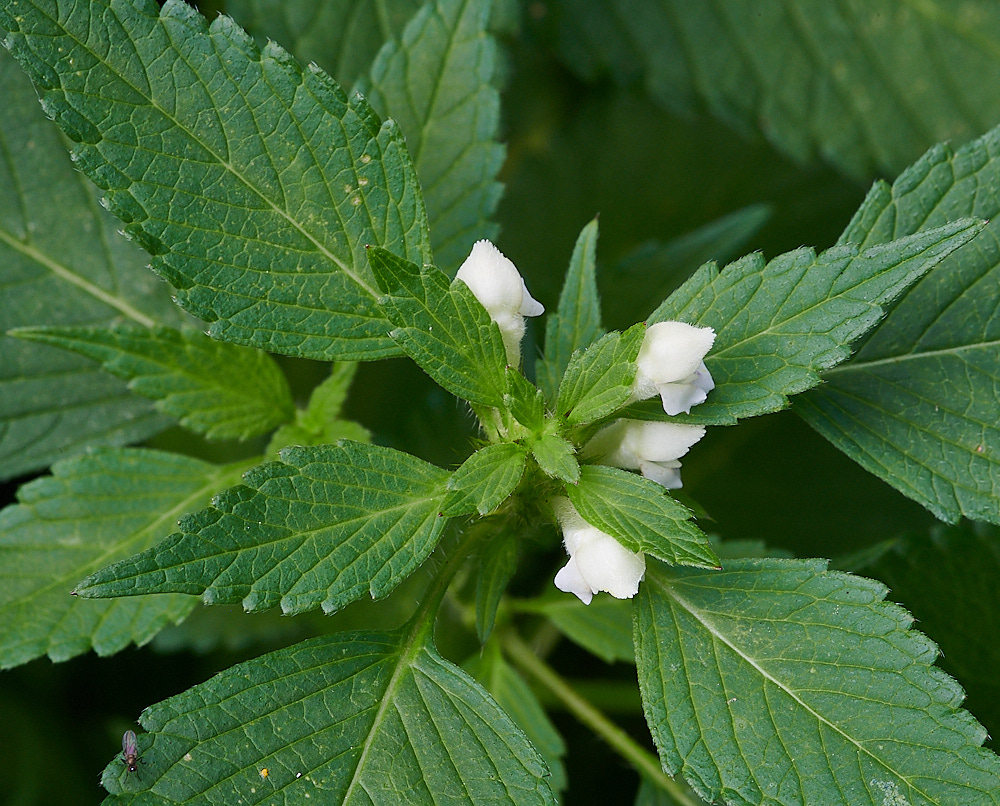
Common Hemp-nettle (Galeopsis tetrahit)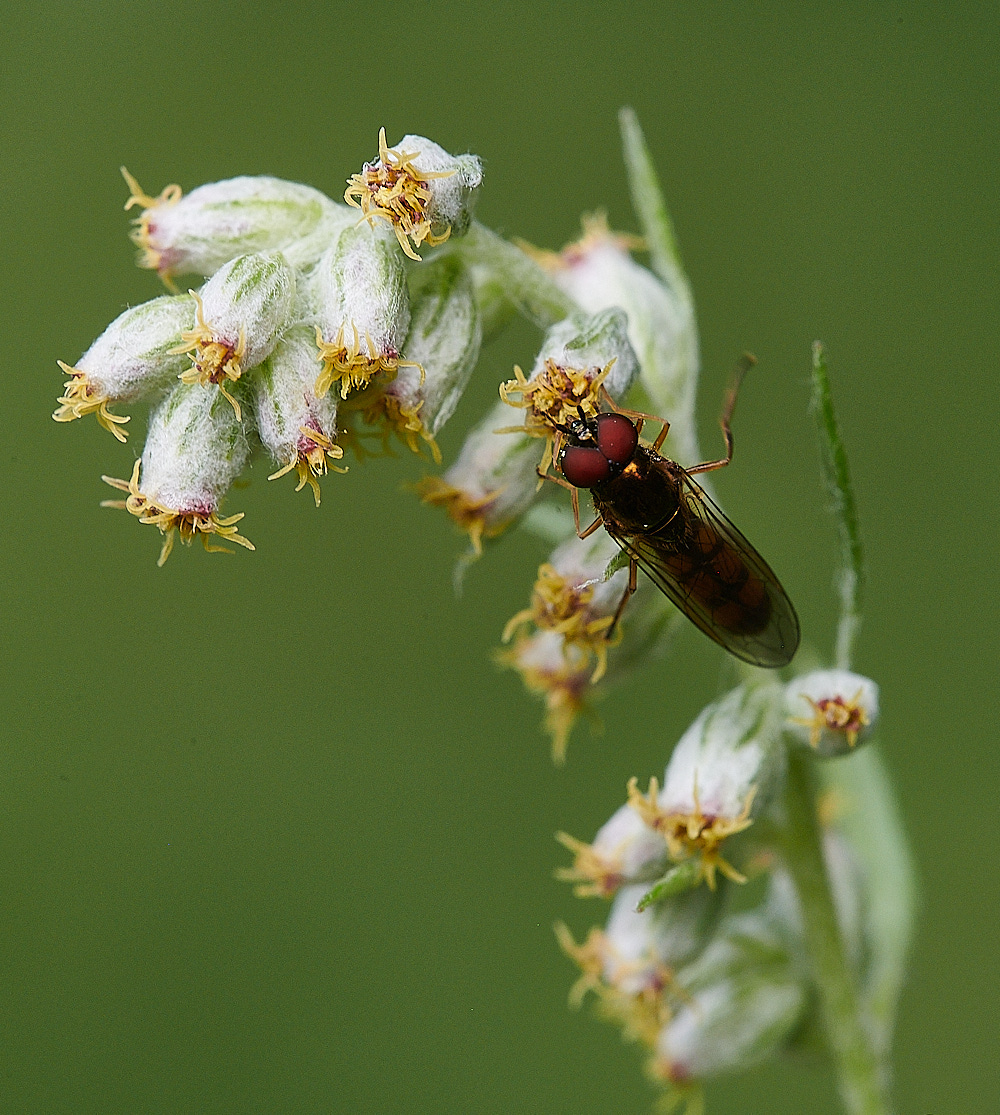
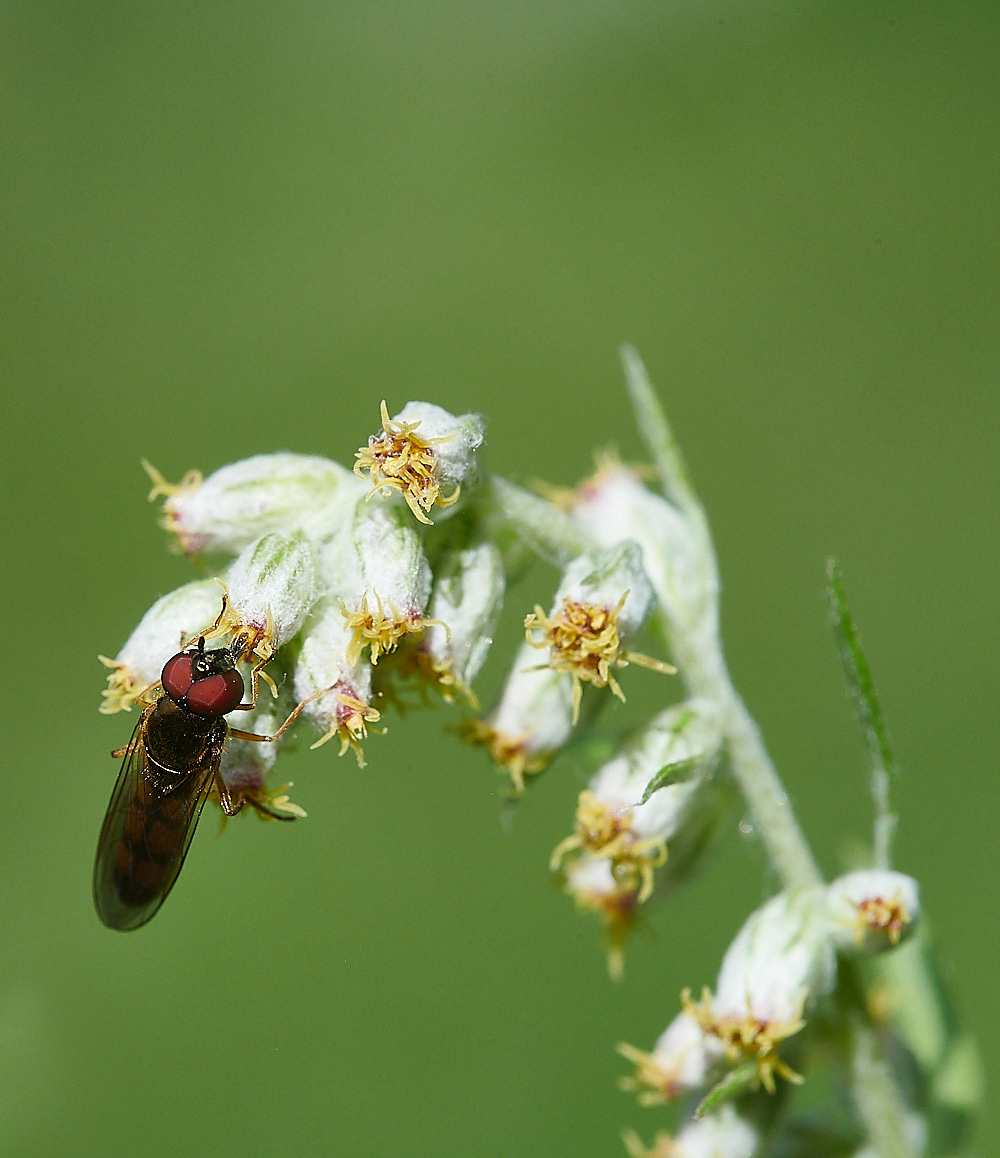
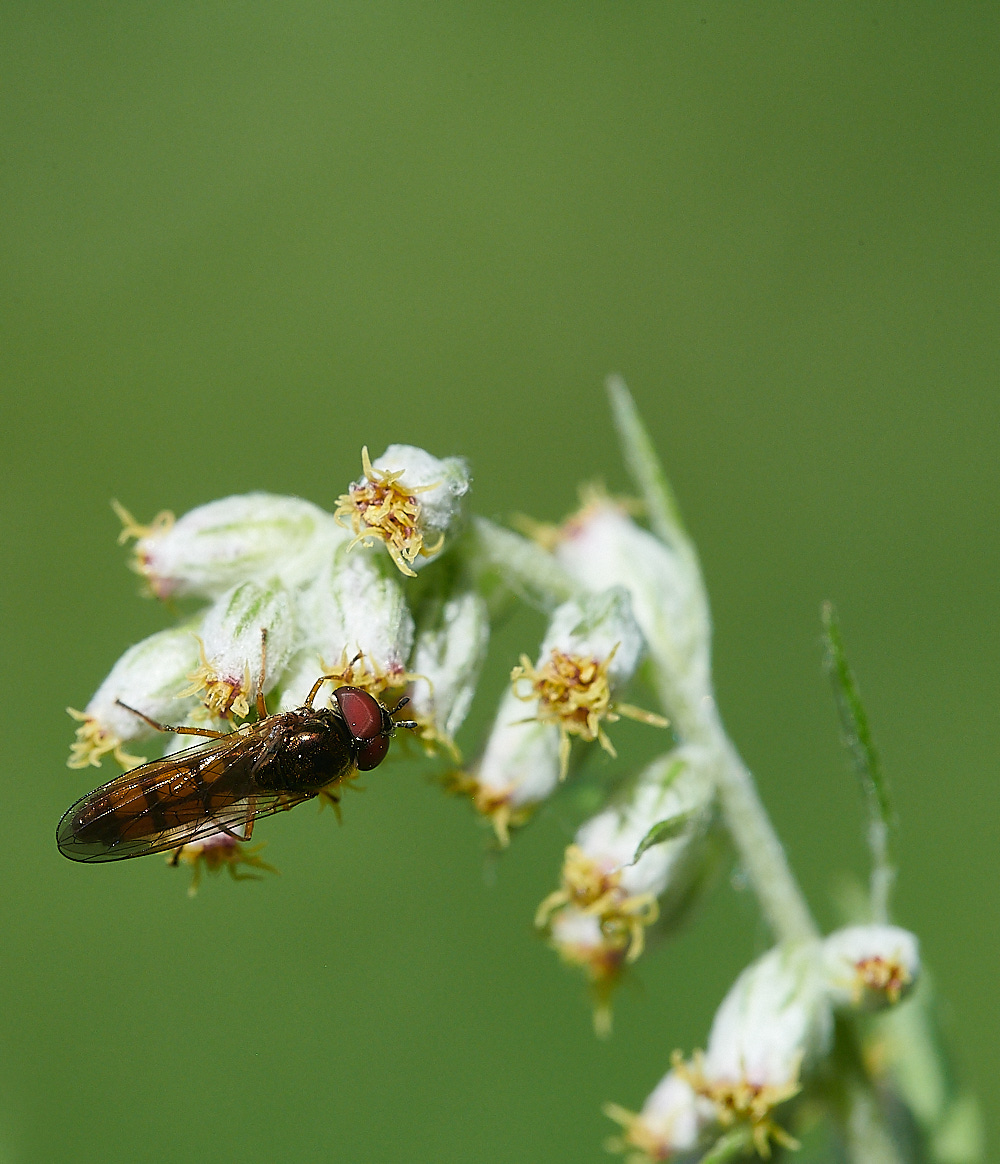
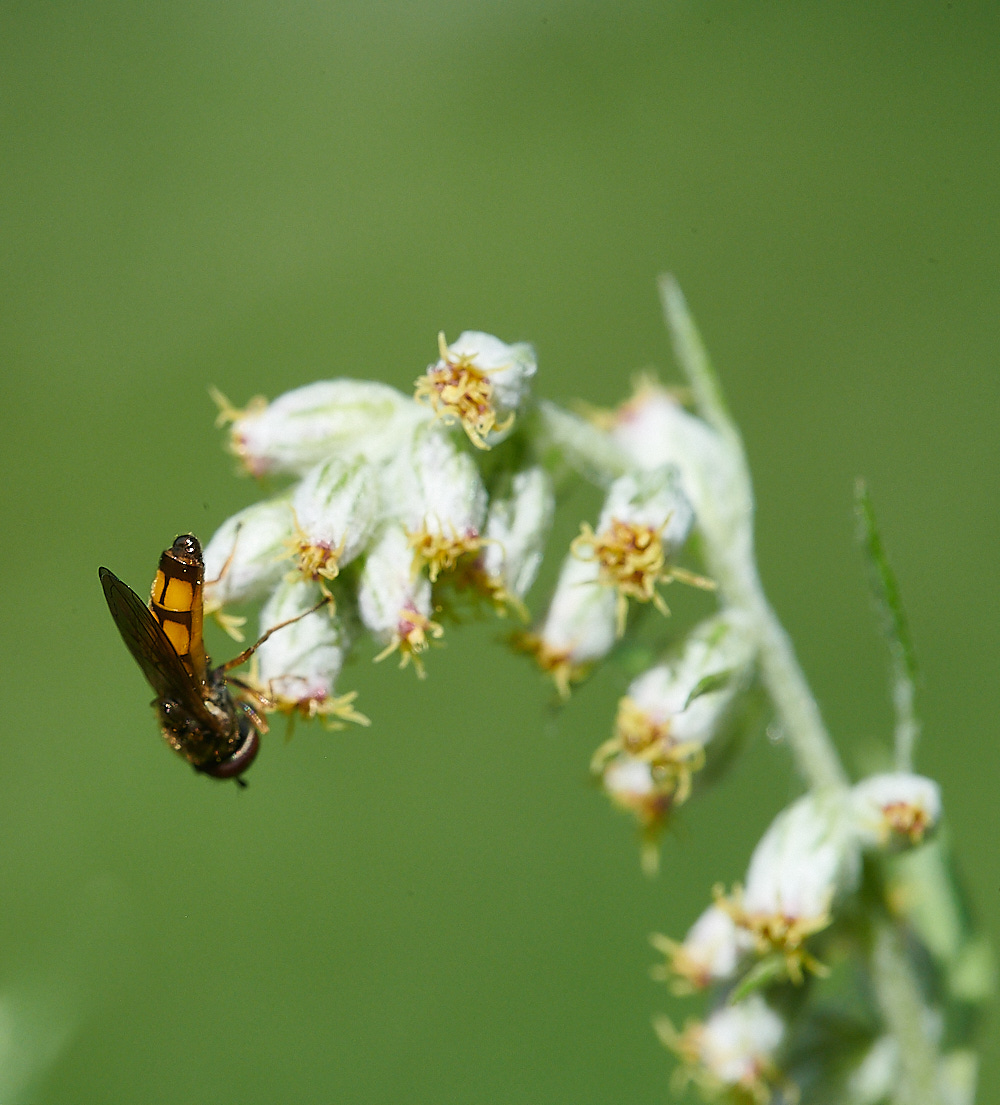
Melanostoma Sp ♂︎(mellinum perhaps) on Mugwort (Artemesia vulgaris)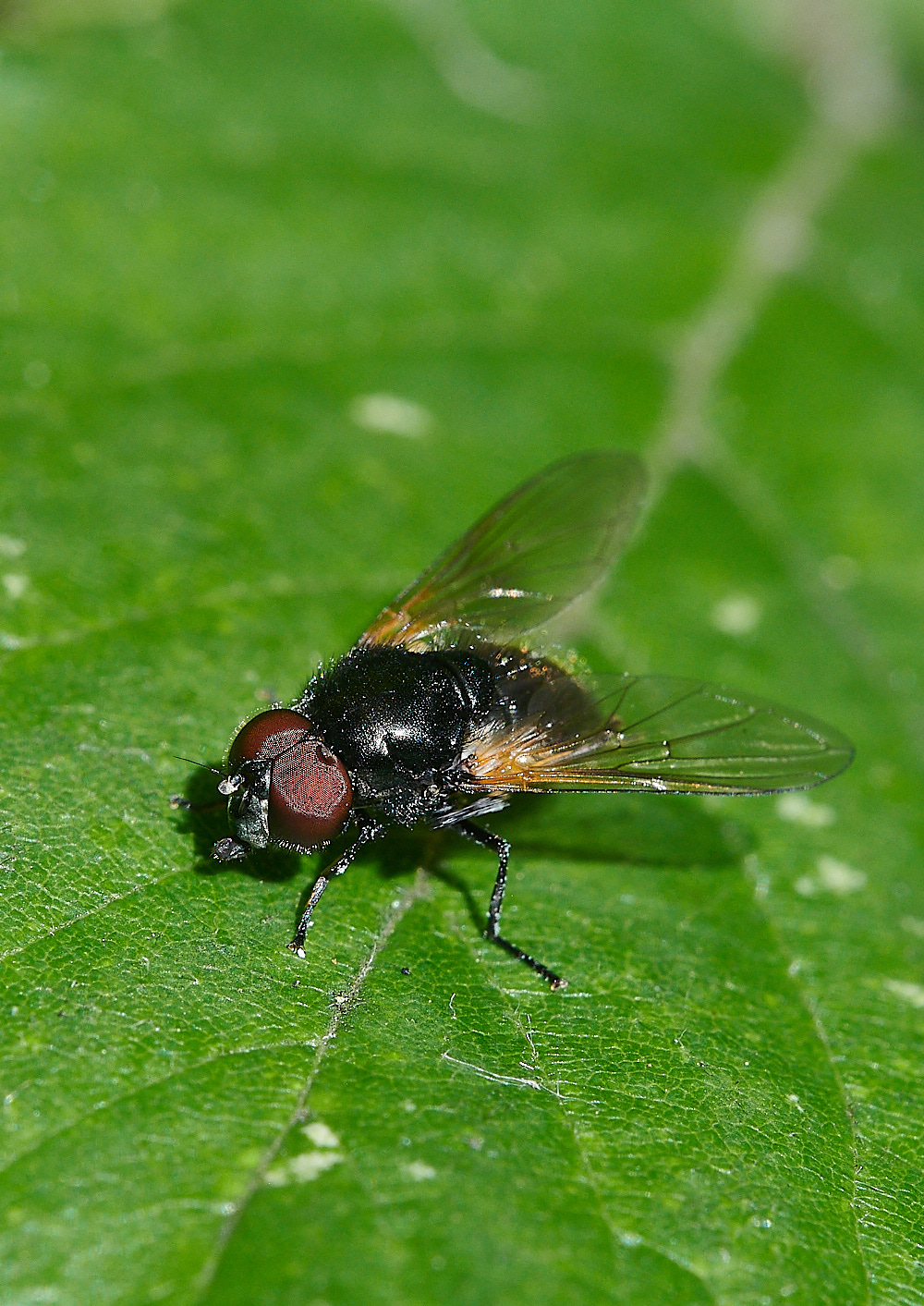
?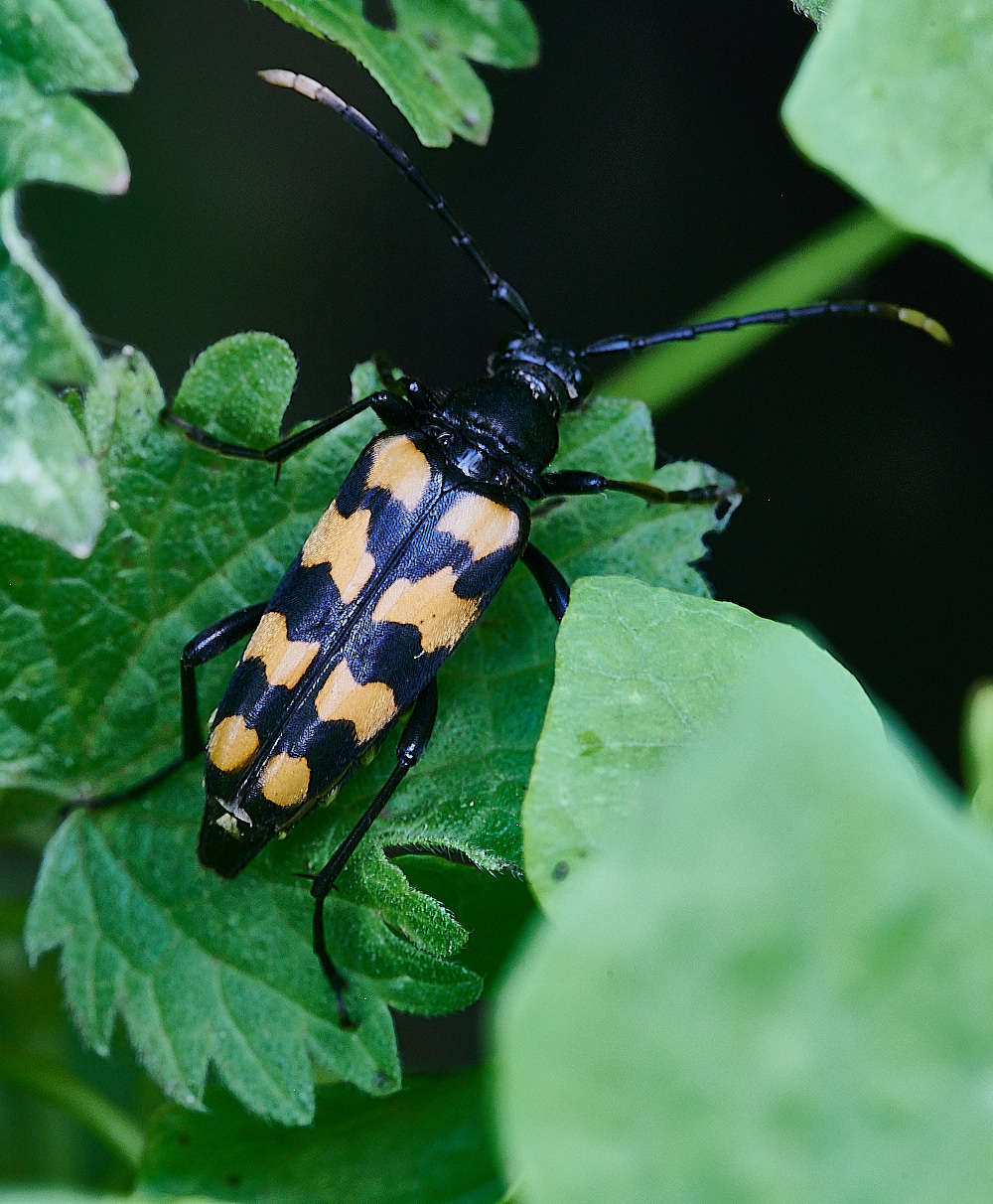
Longhorn Beetle (Leptura quadrifasciata)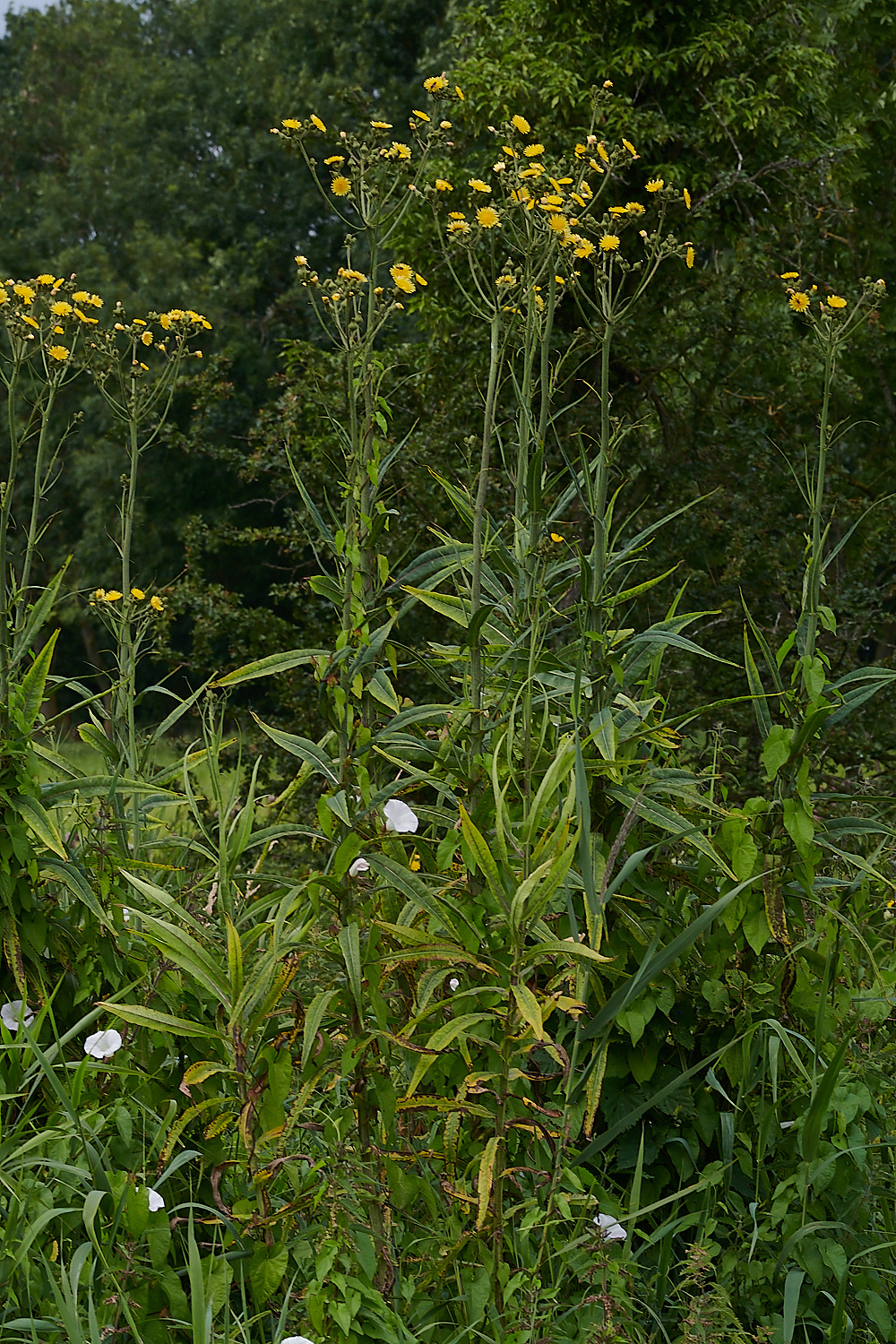
Marsh Sowthistle (Sonchus palustirs)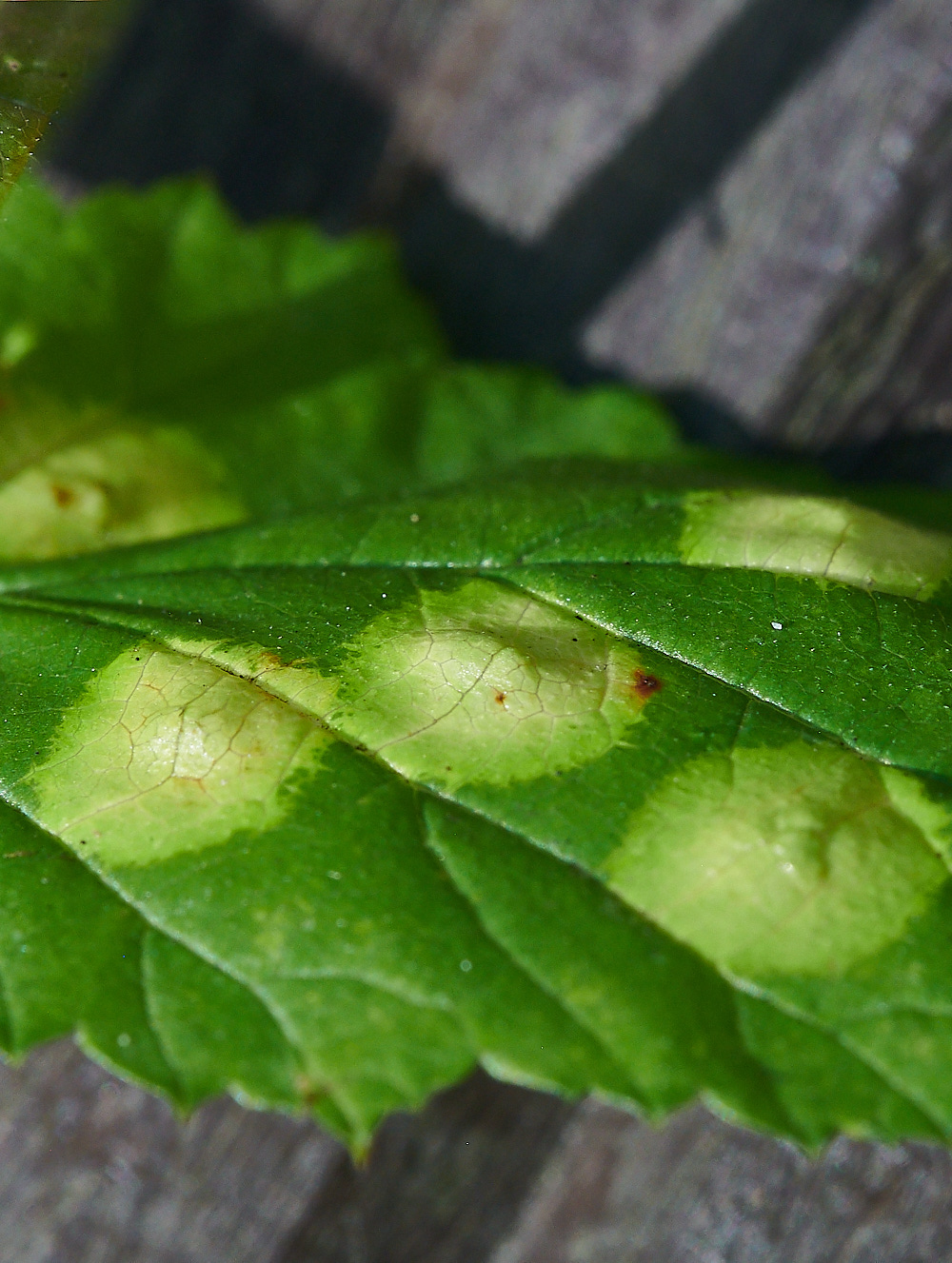
Meadowsweet Gall caused by the gall midge Dasineura pustulans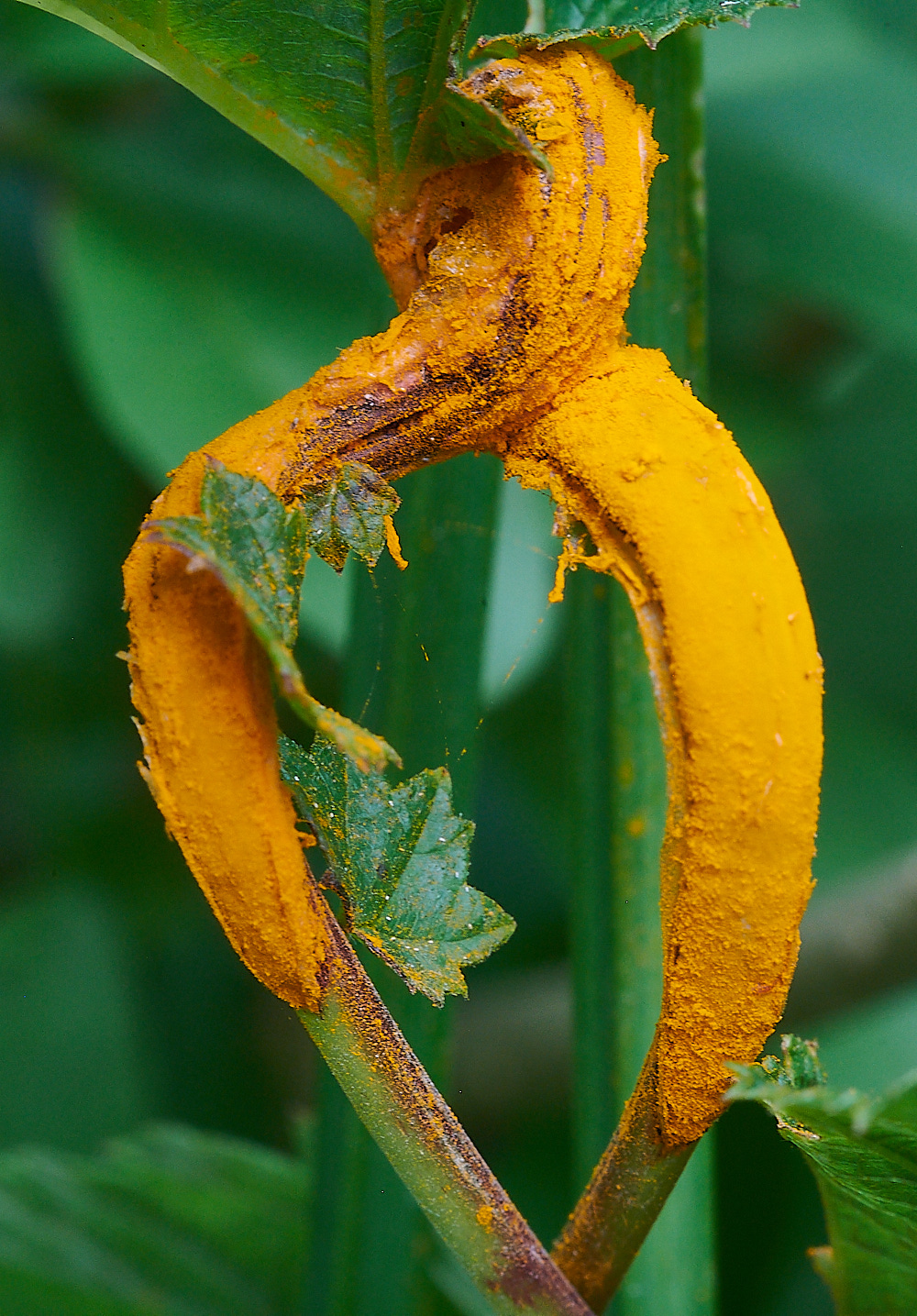
Meadowsweet Rust - Triphragmium ulmariae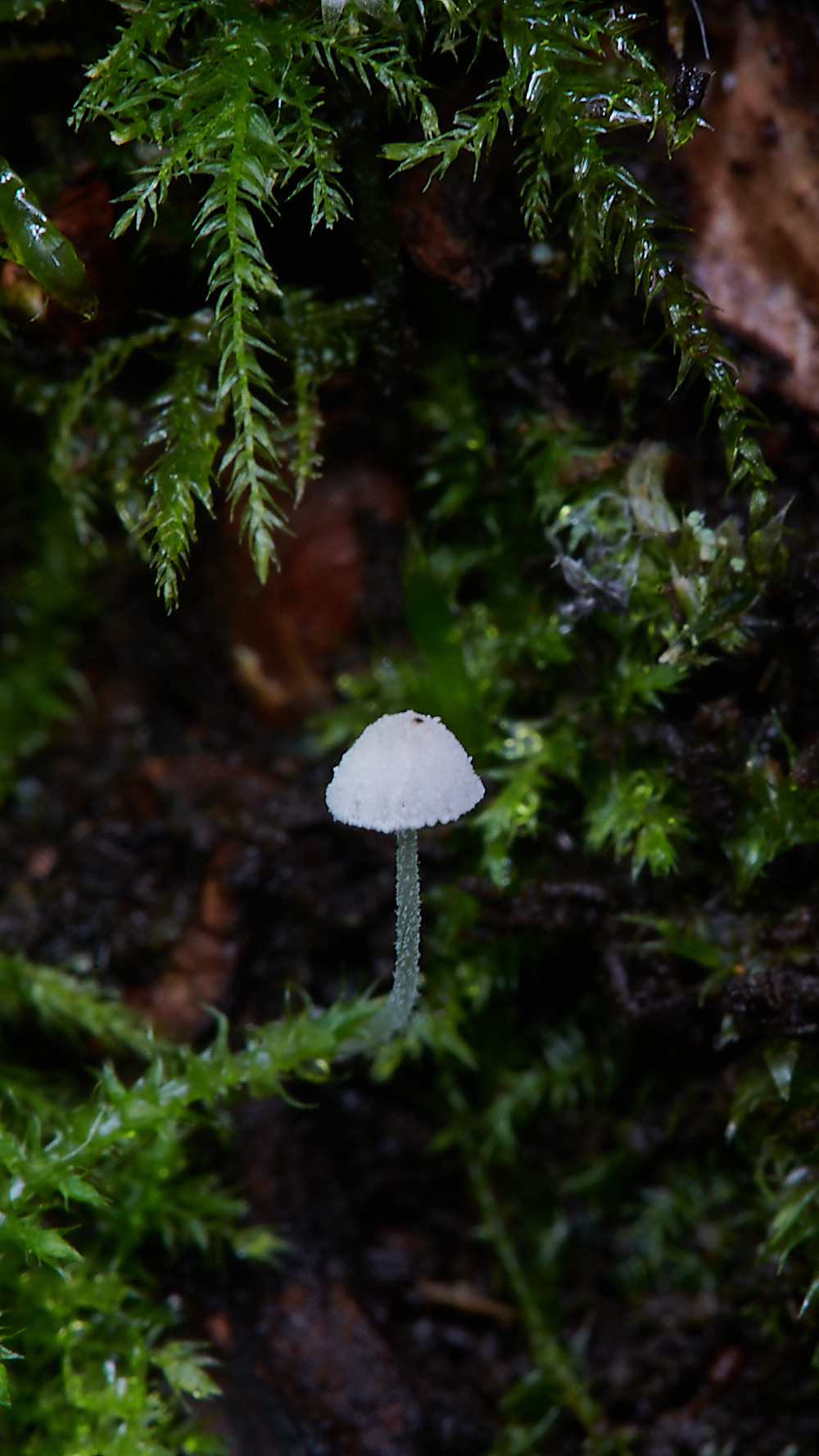
Mycena amongst the Moss
Mycena 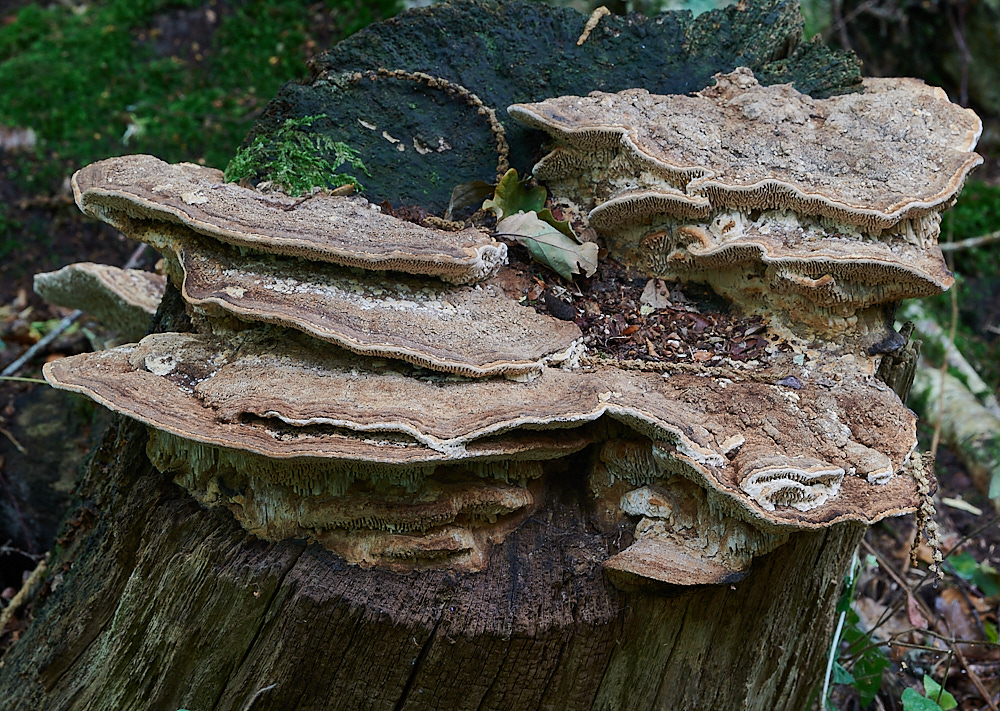
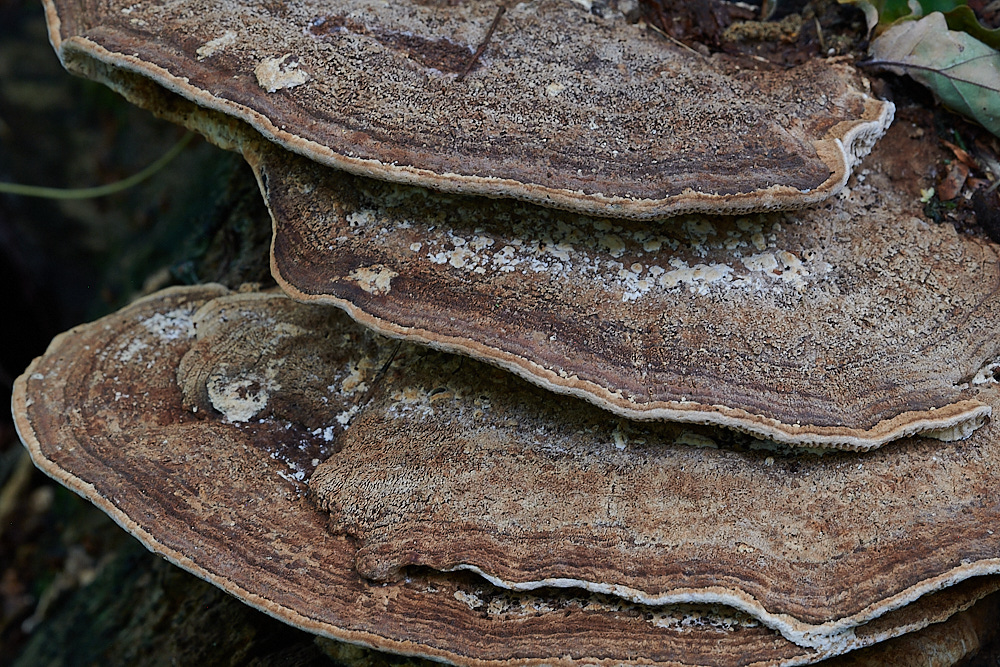
Oak Maze Gill (Daedalea quercina)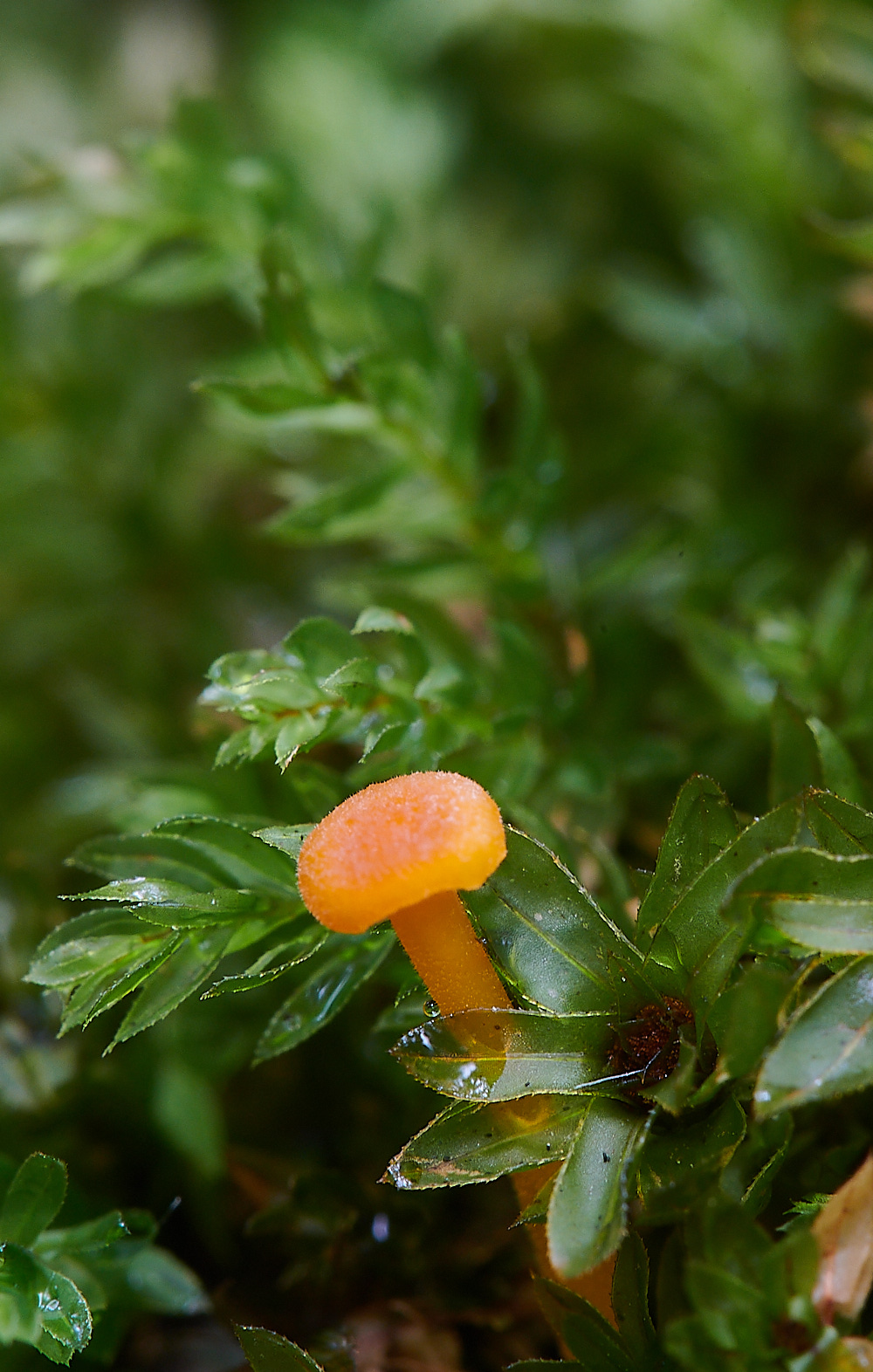
Mycena acicular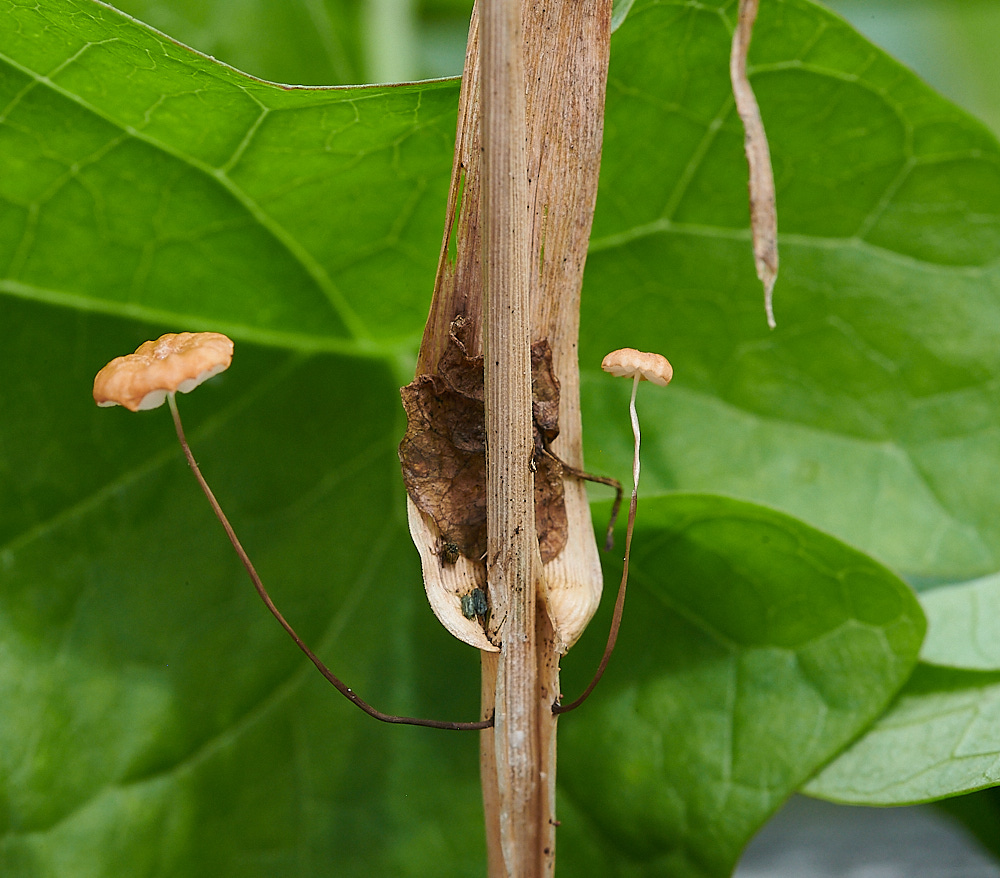
Fungus on Reed stems
Marasmius curreyi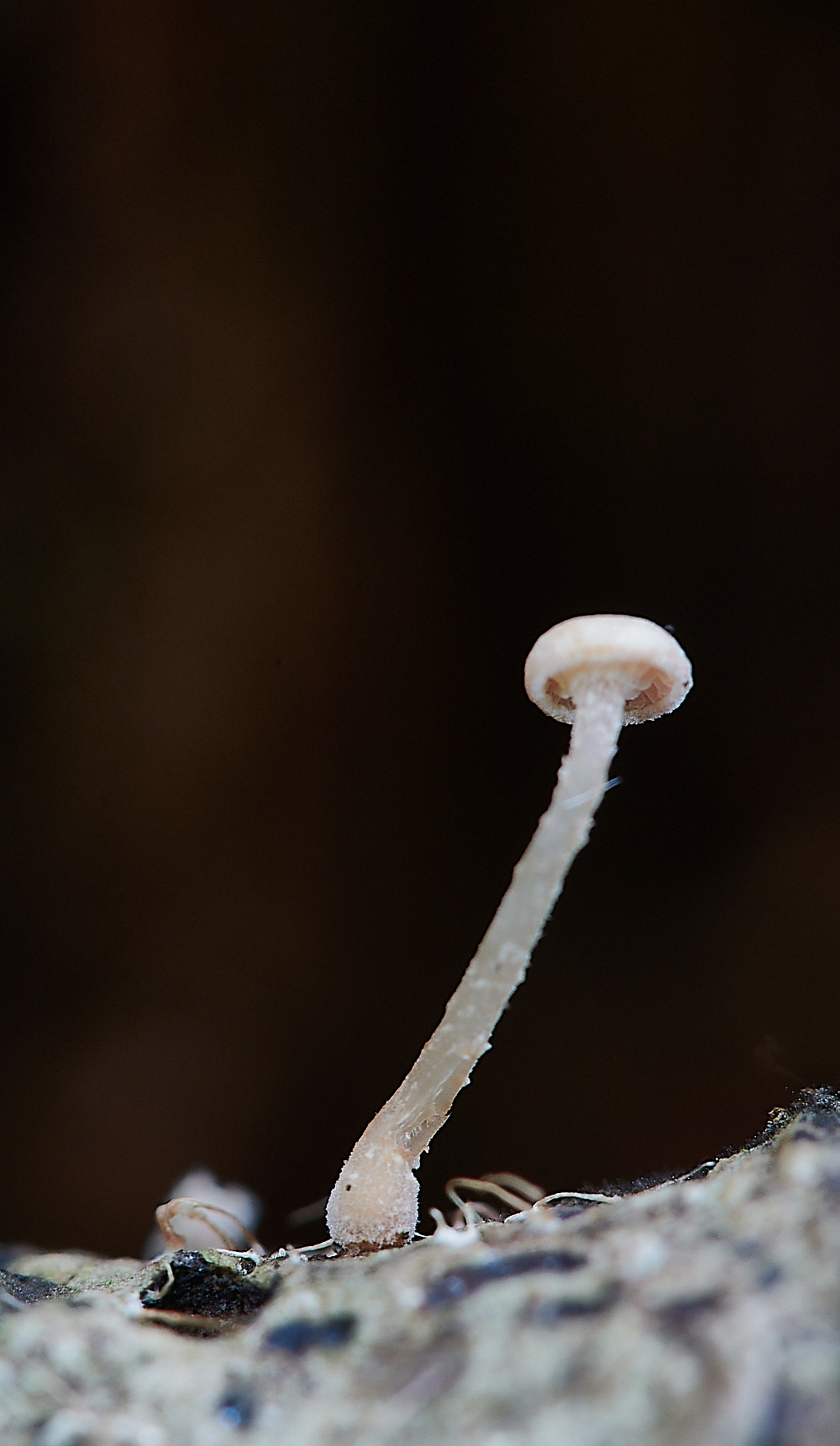
Fungus 4?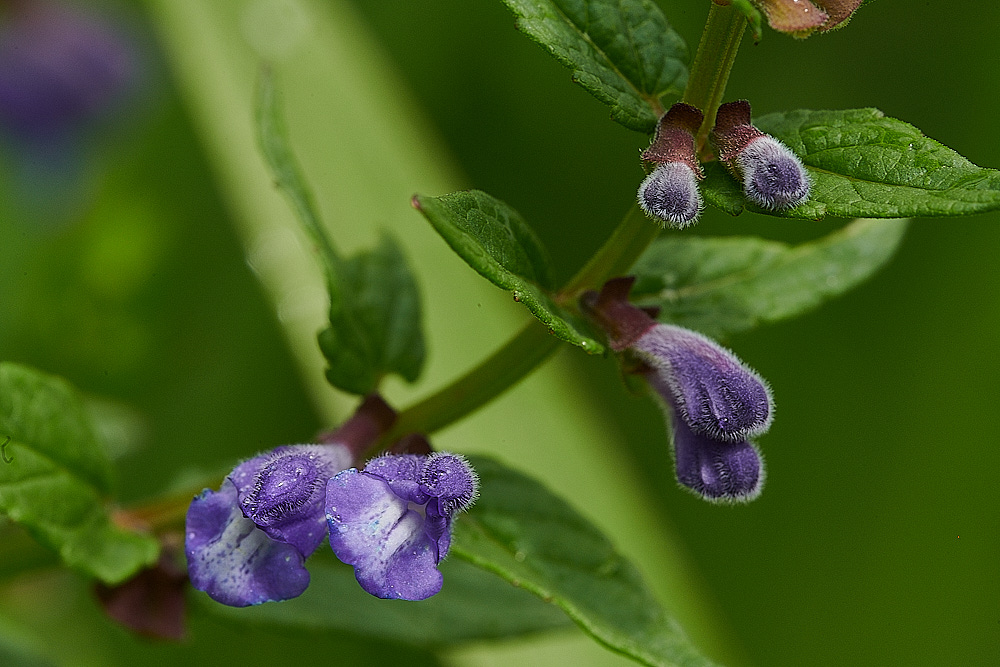
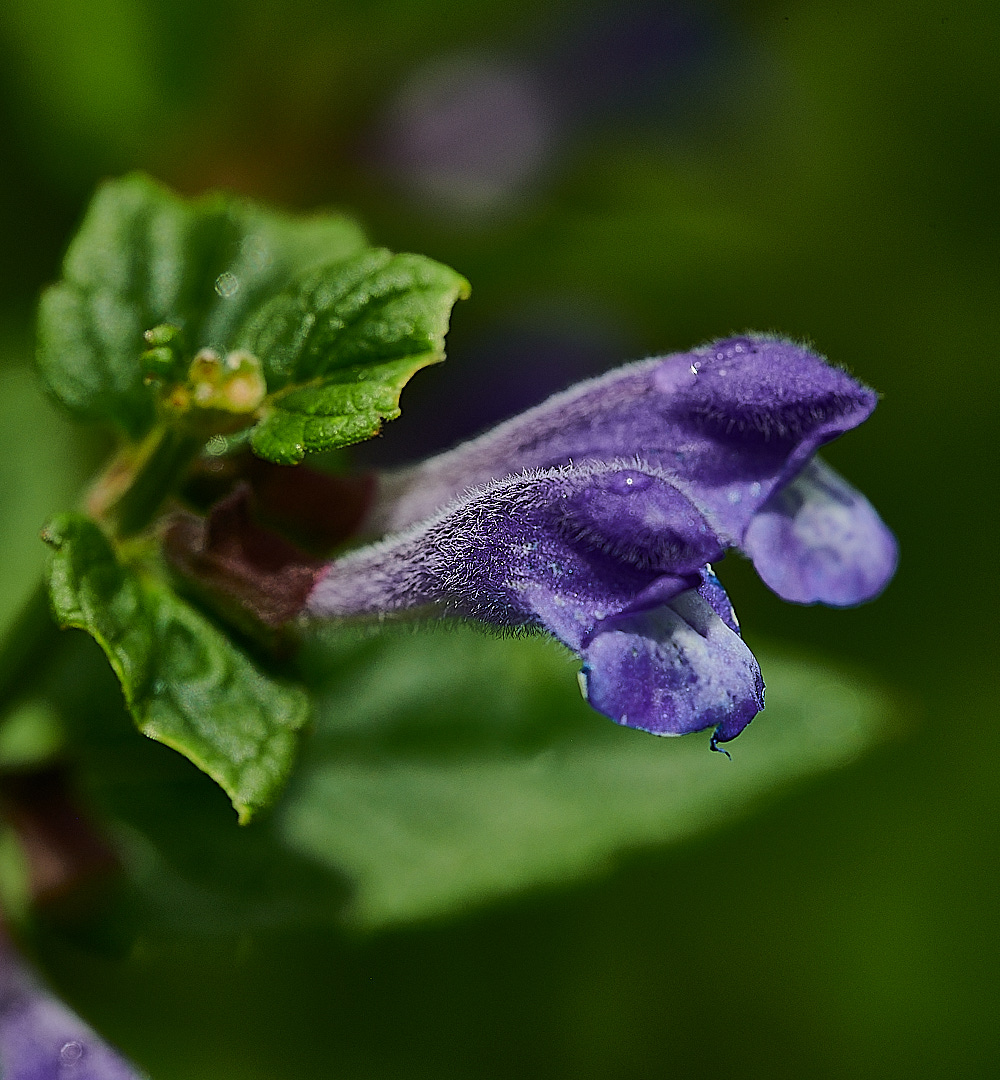
Skullcap (Scutellaria gallericulata)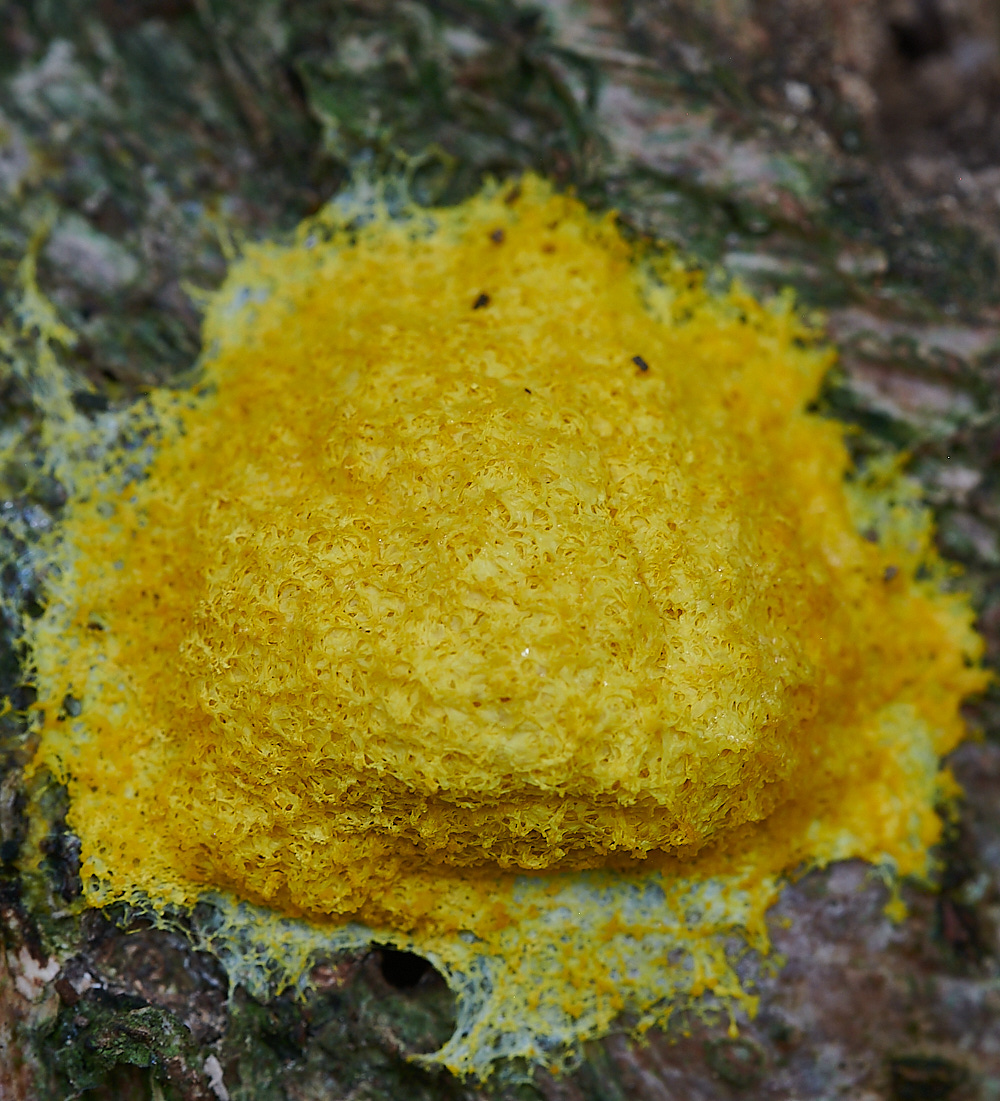
Slime Mold Sp (Fuligo septica)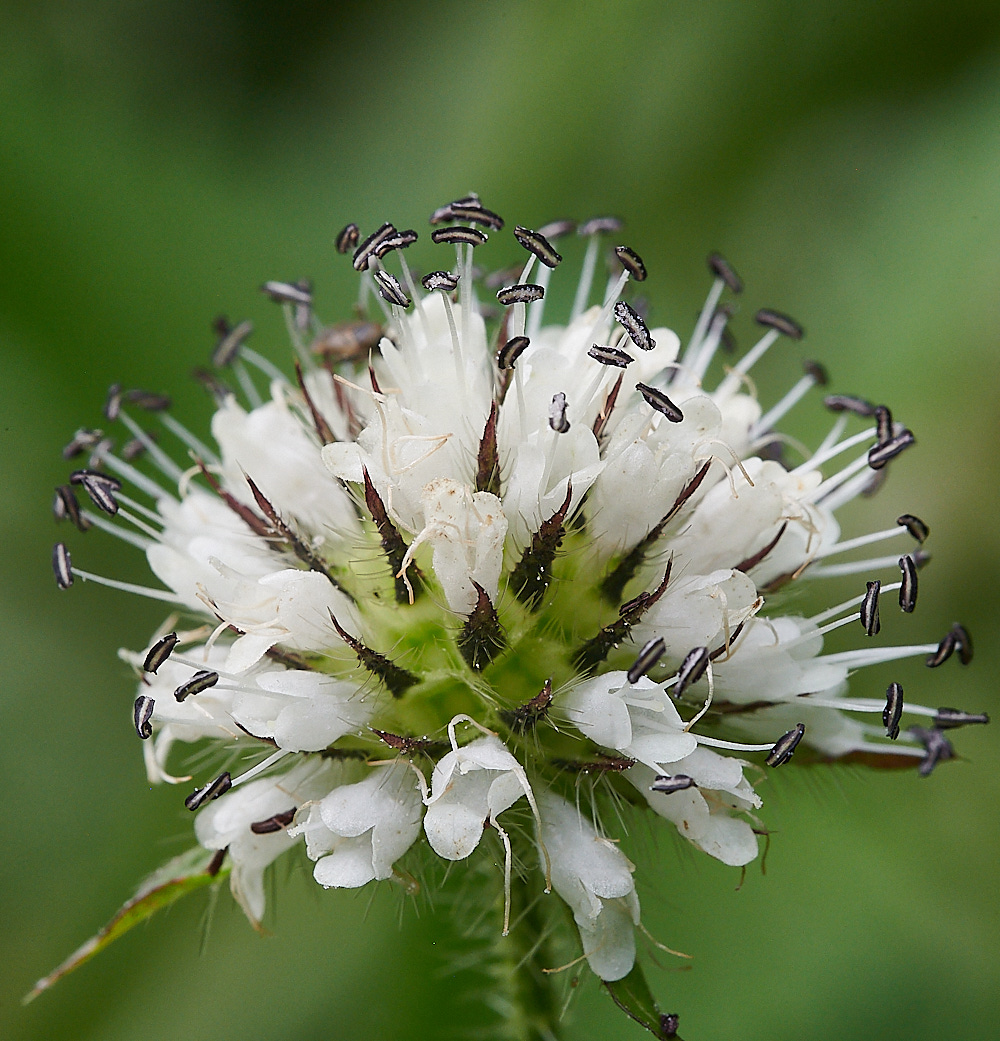
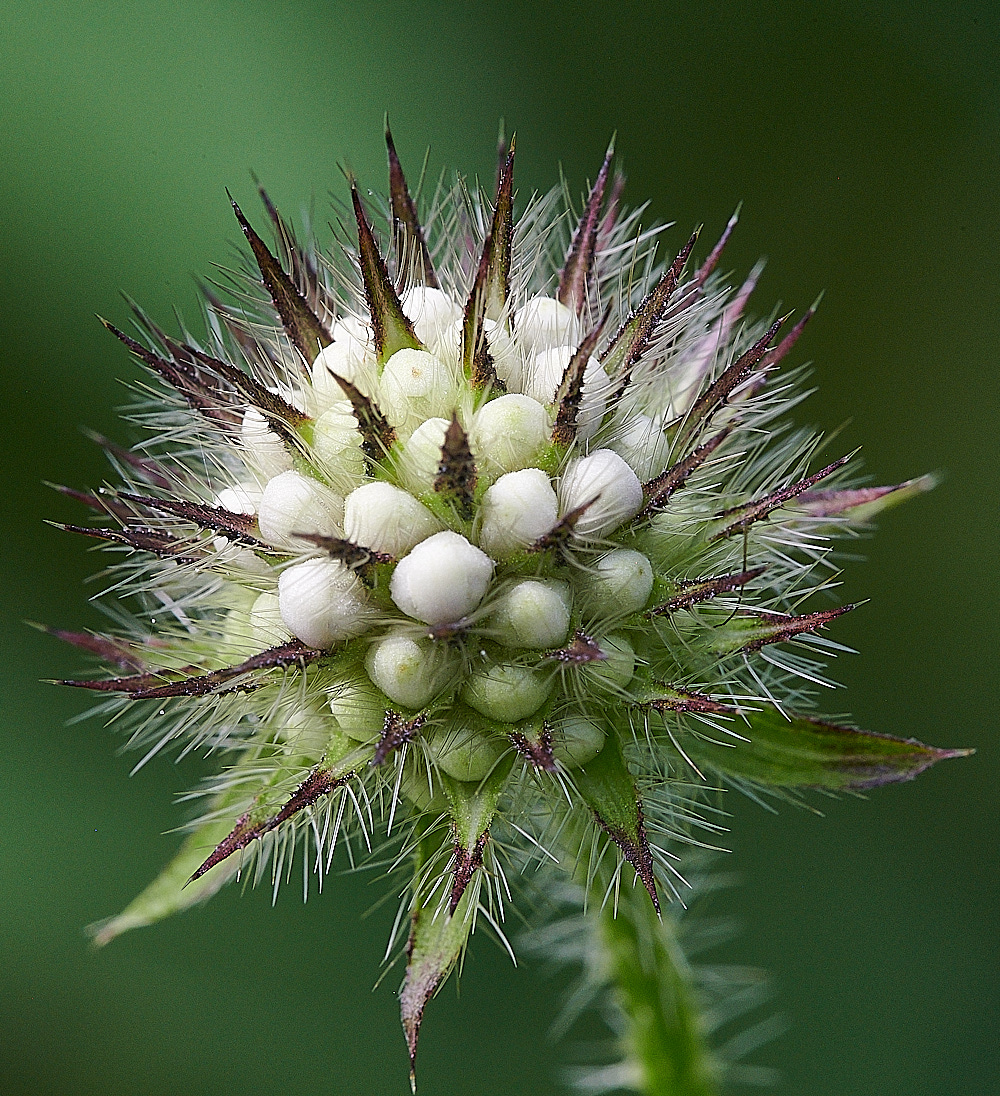
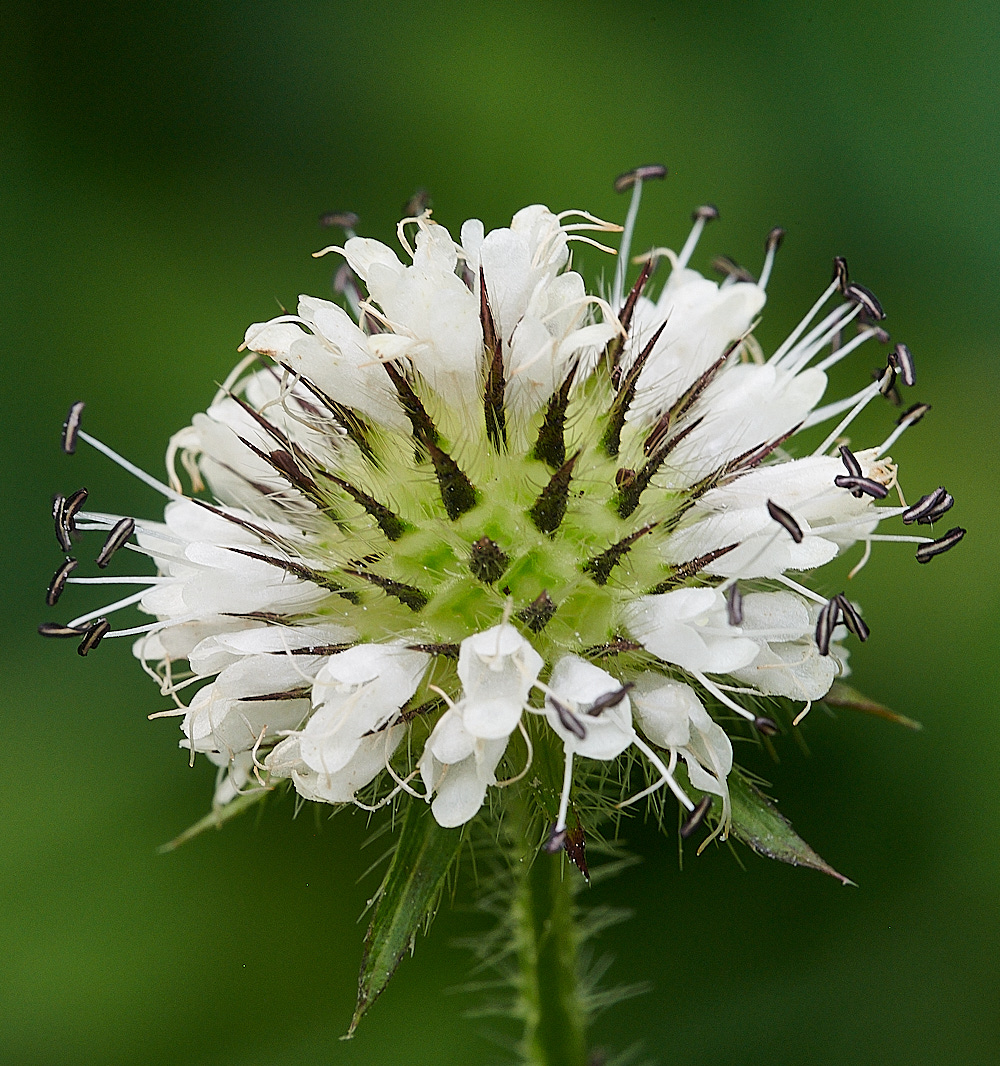
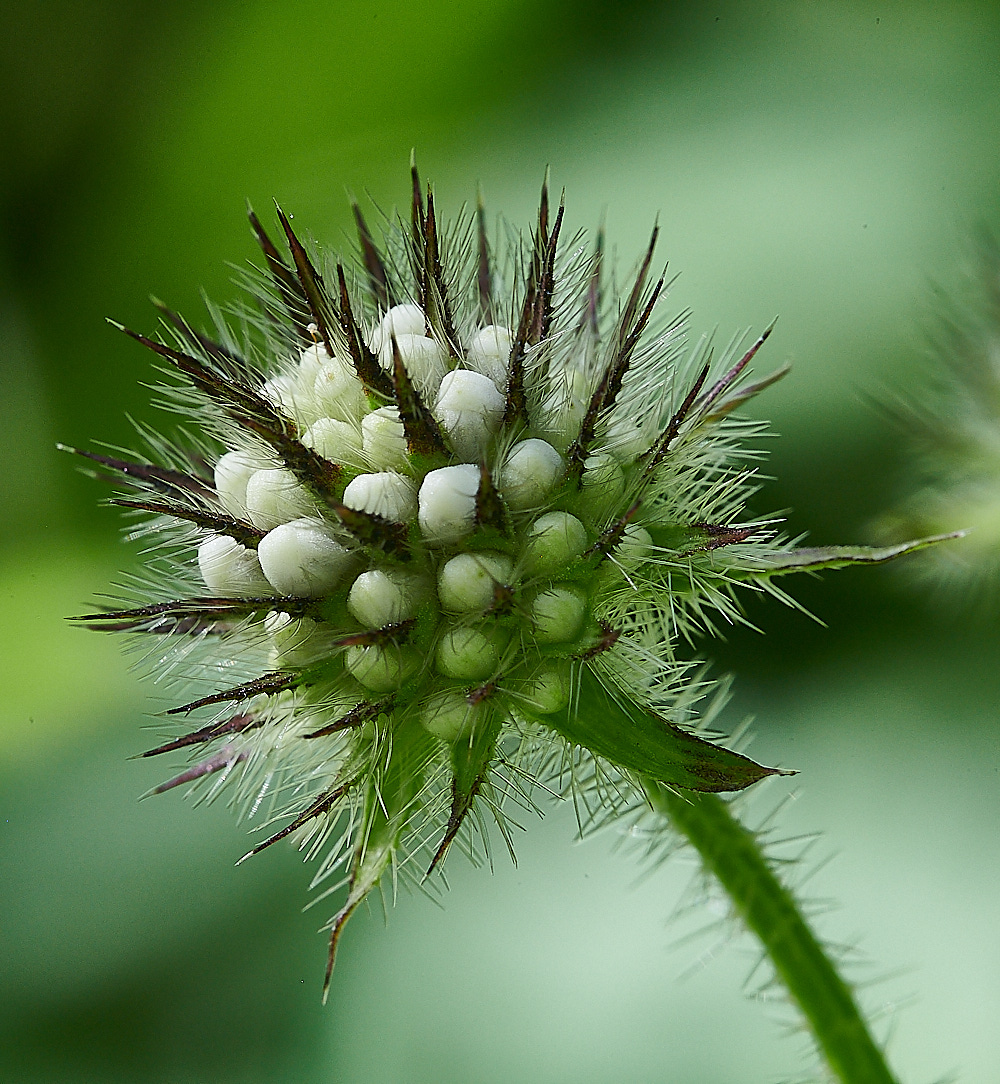
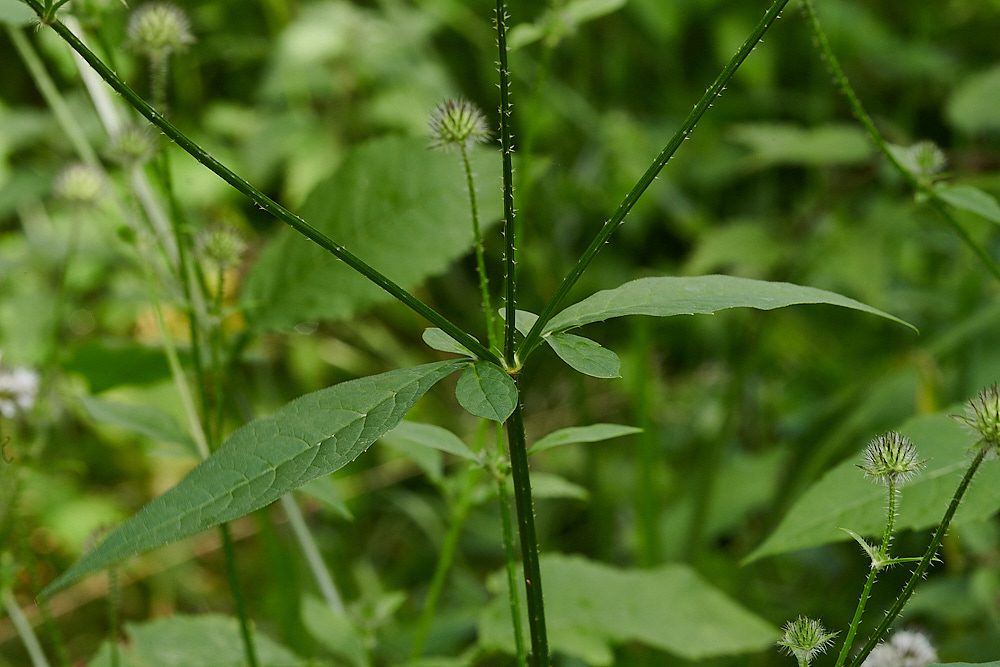
Small Teasle (Dipsacus pilosus)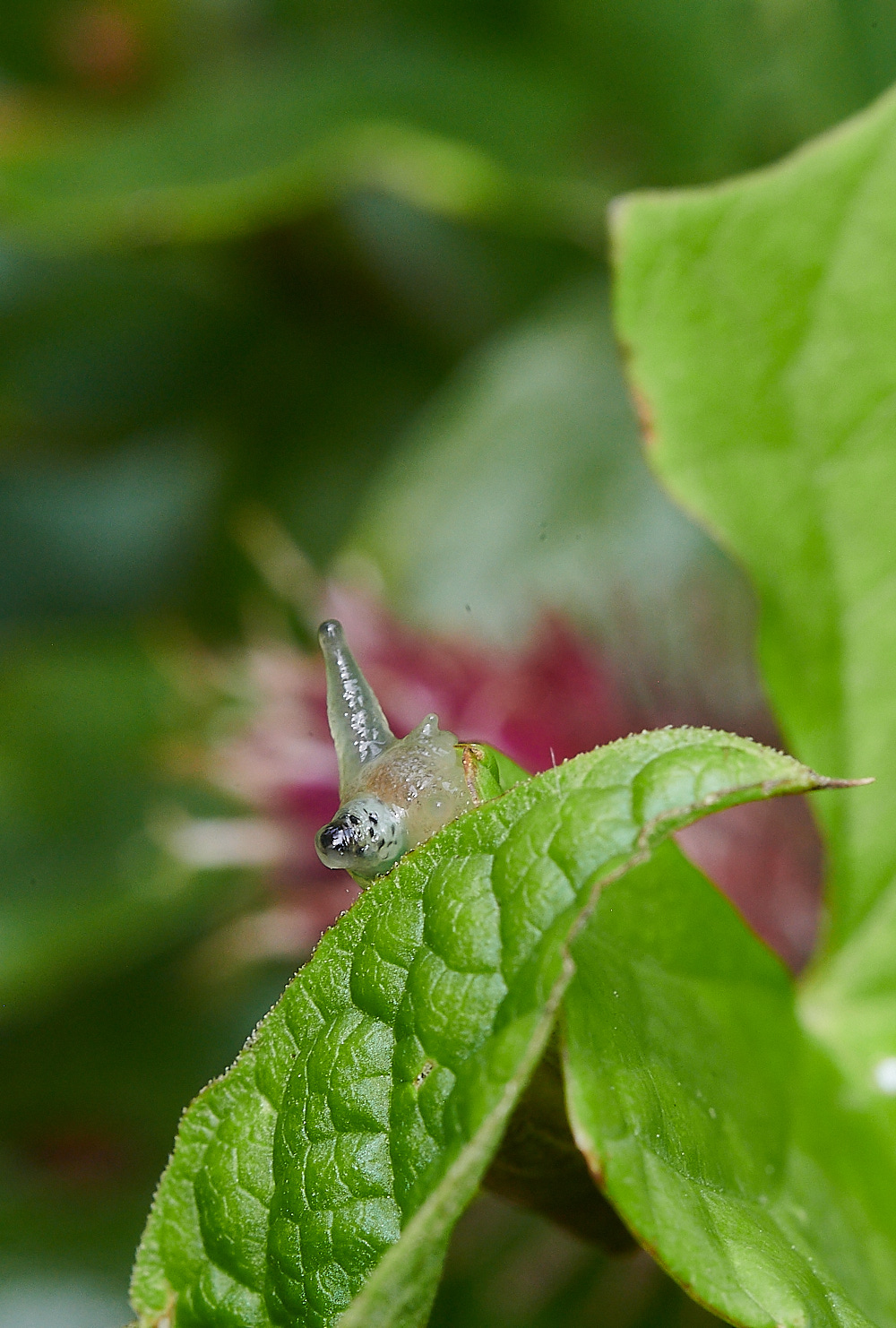
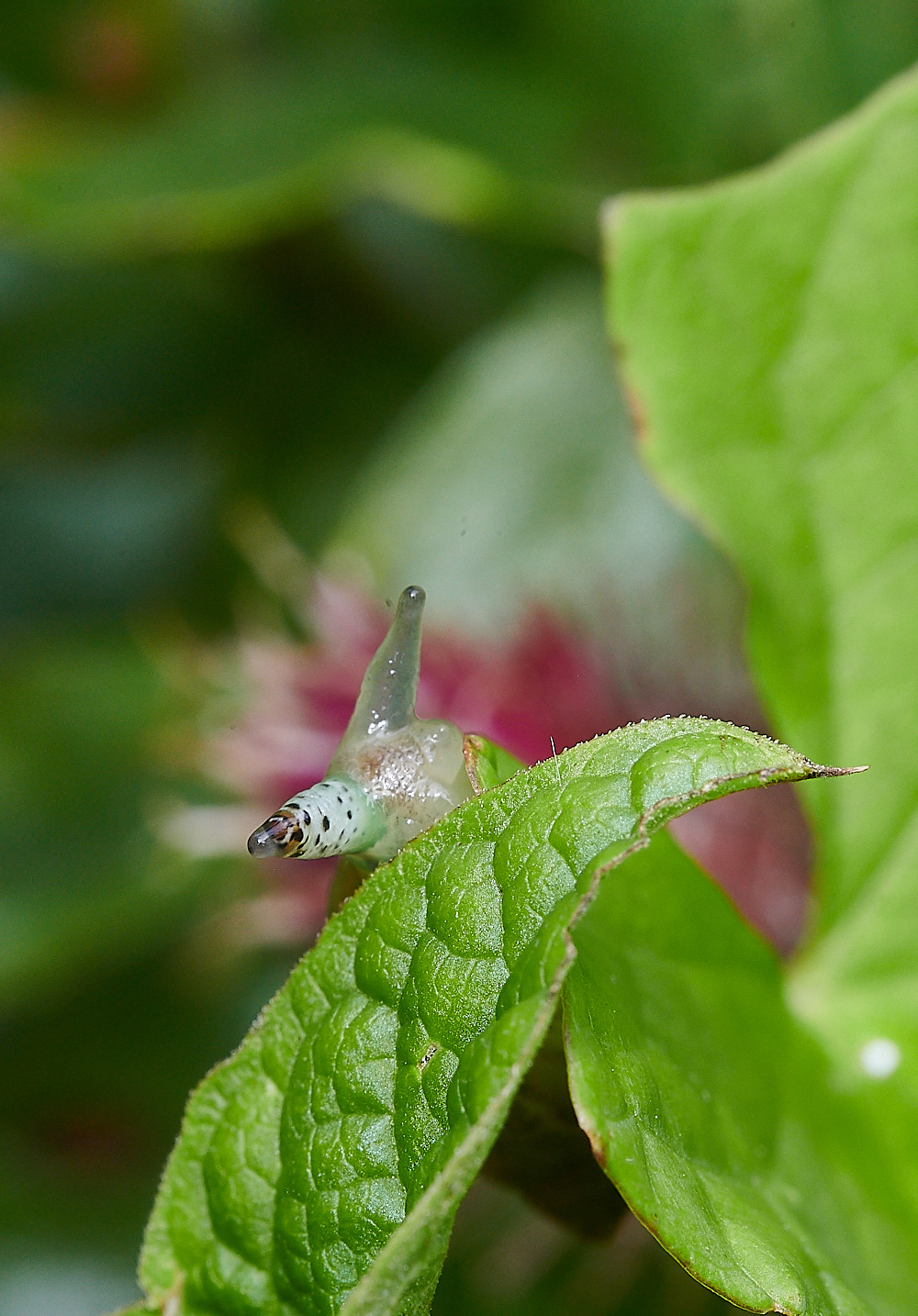
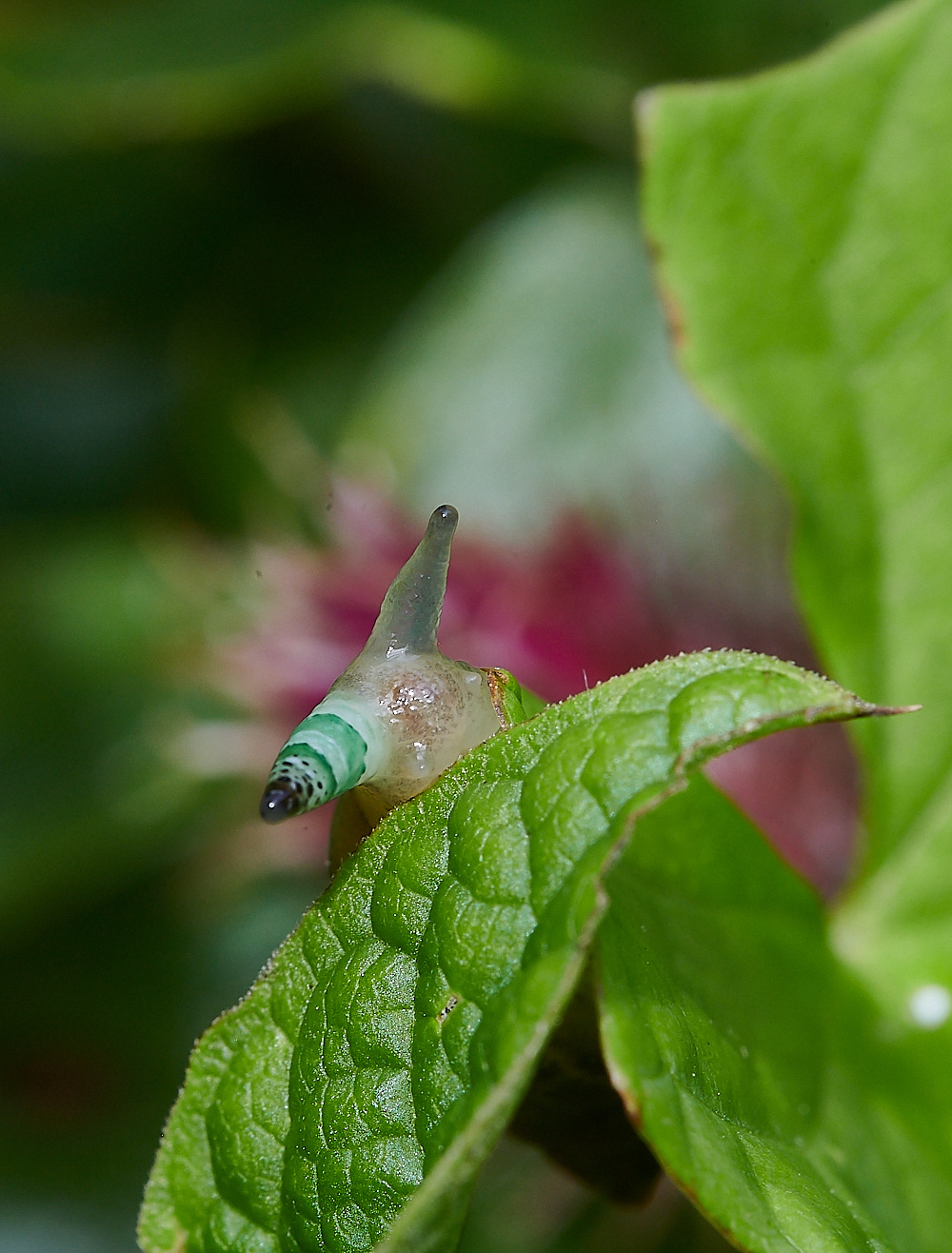
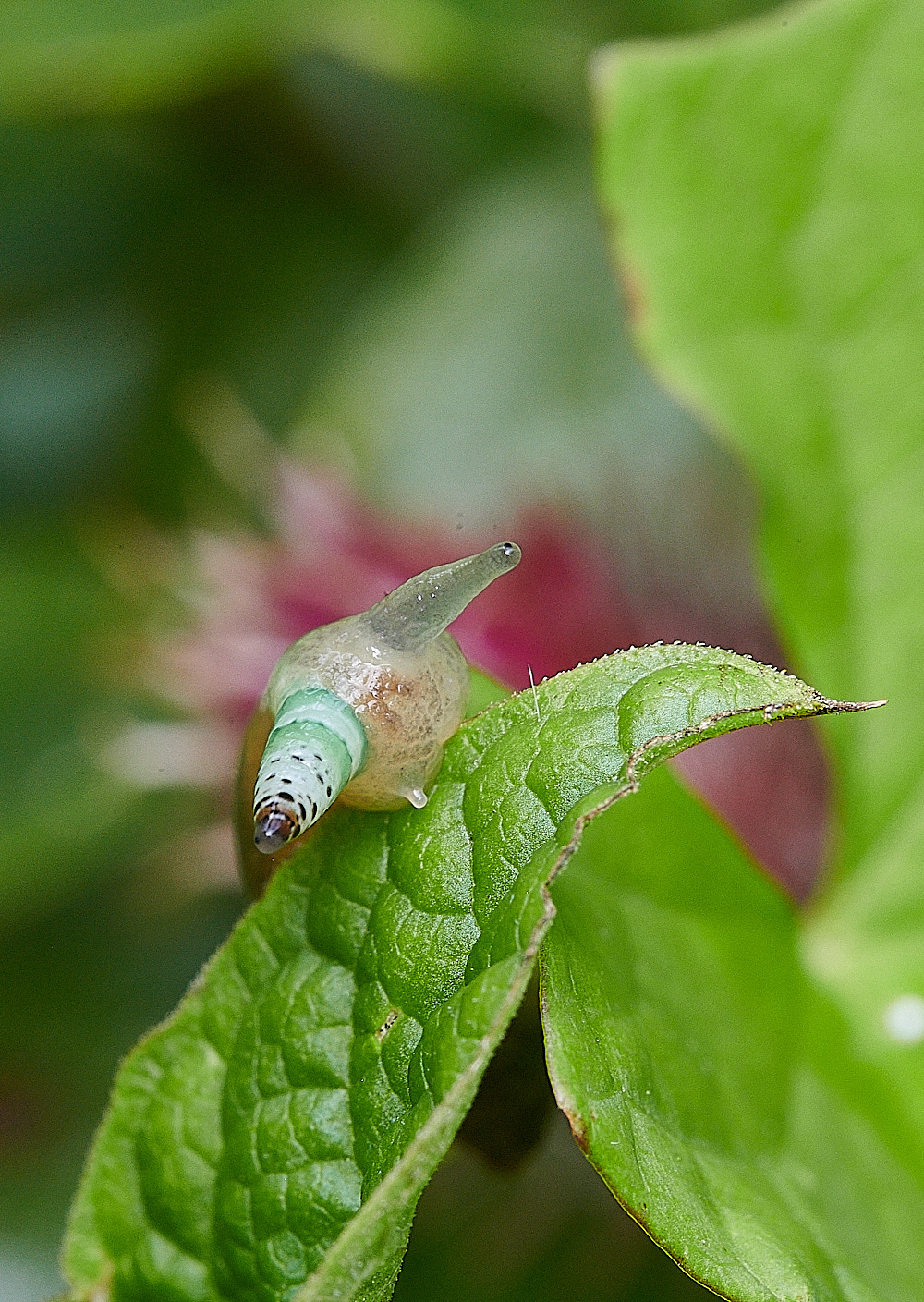
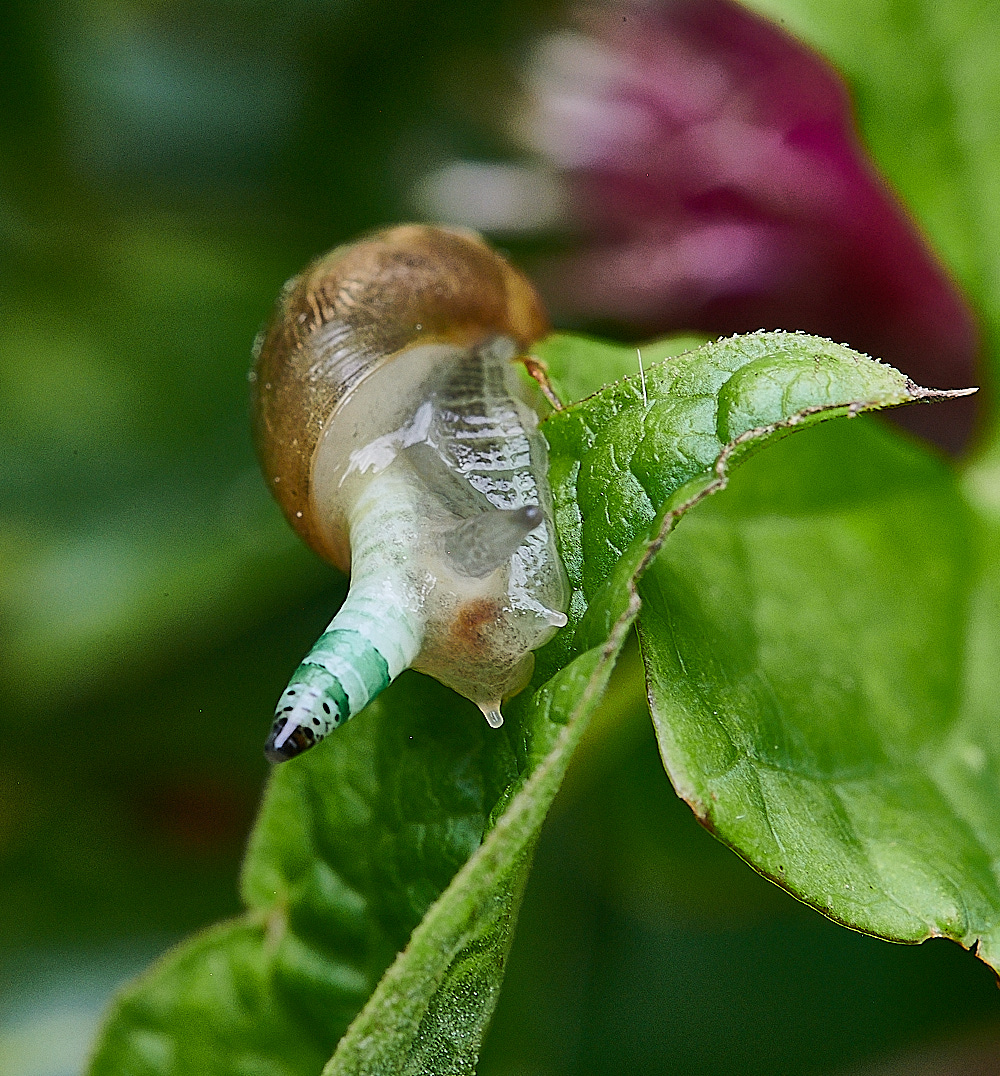
The Amber Snail with the flashing eye.
The amazing snail with the pulsating eye was caused by a parasitic flatworm Leucochloridium paradoxum (the Green-banded broodsac)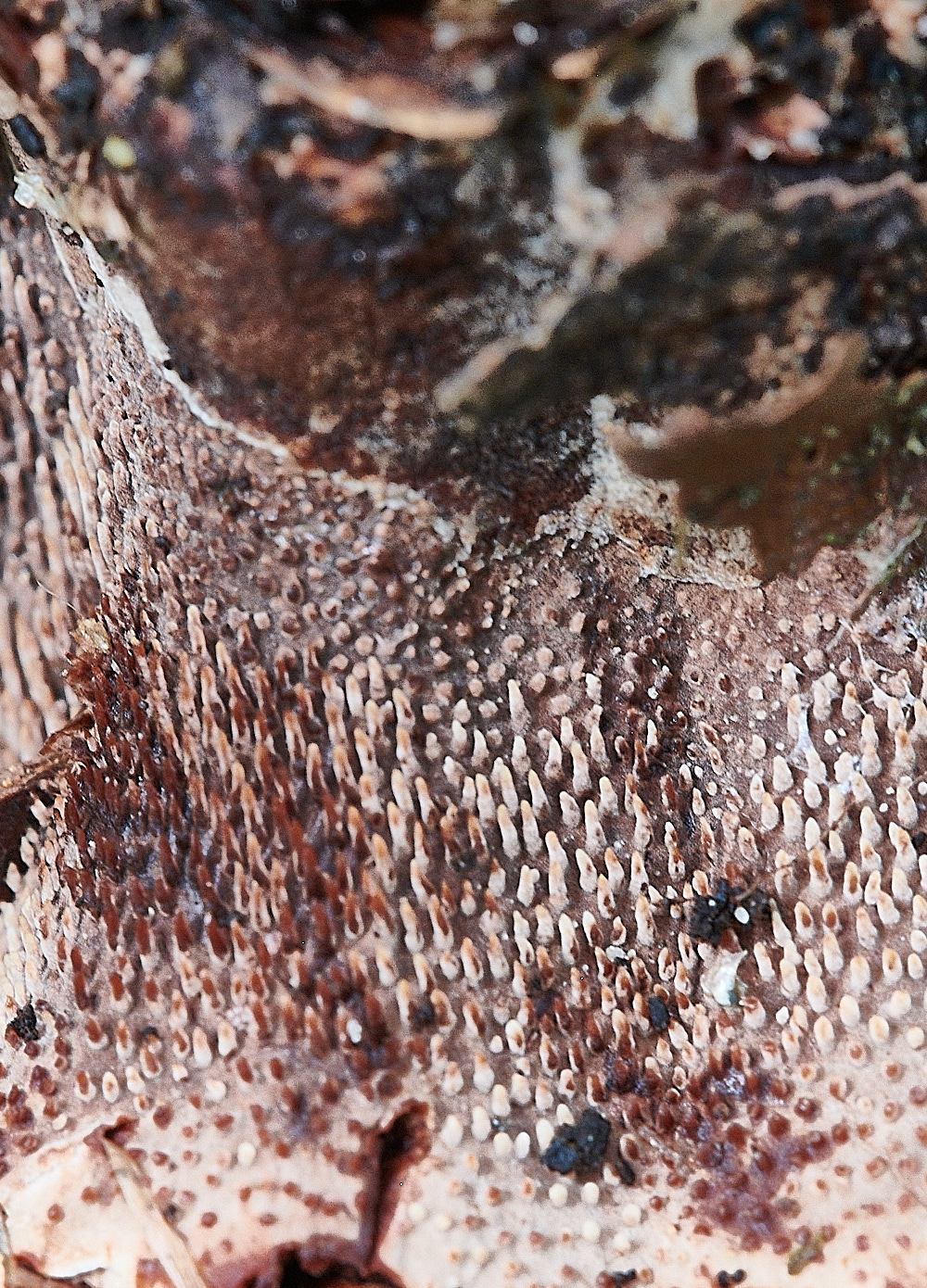
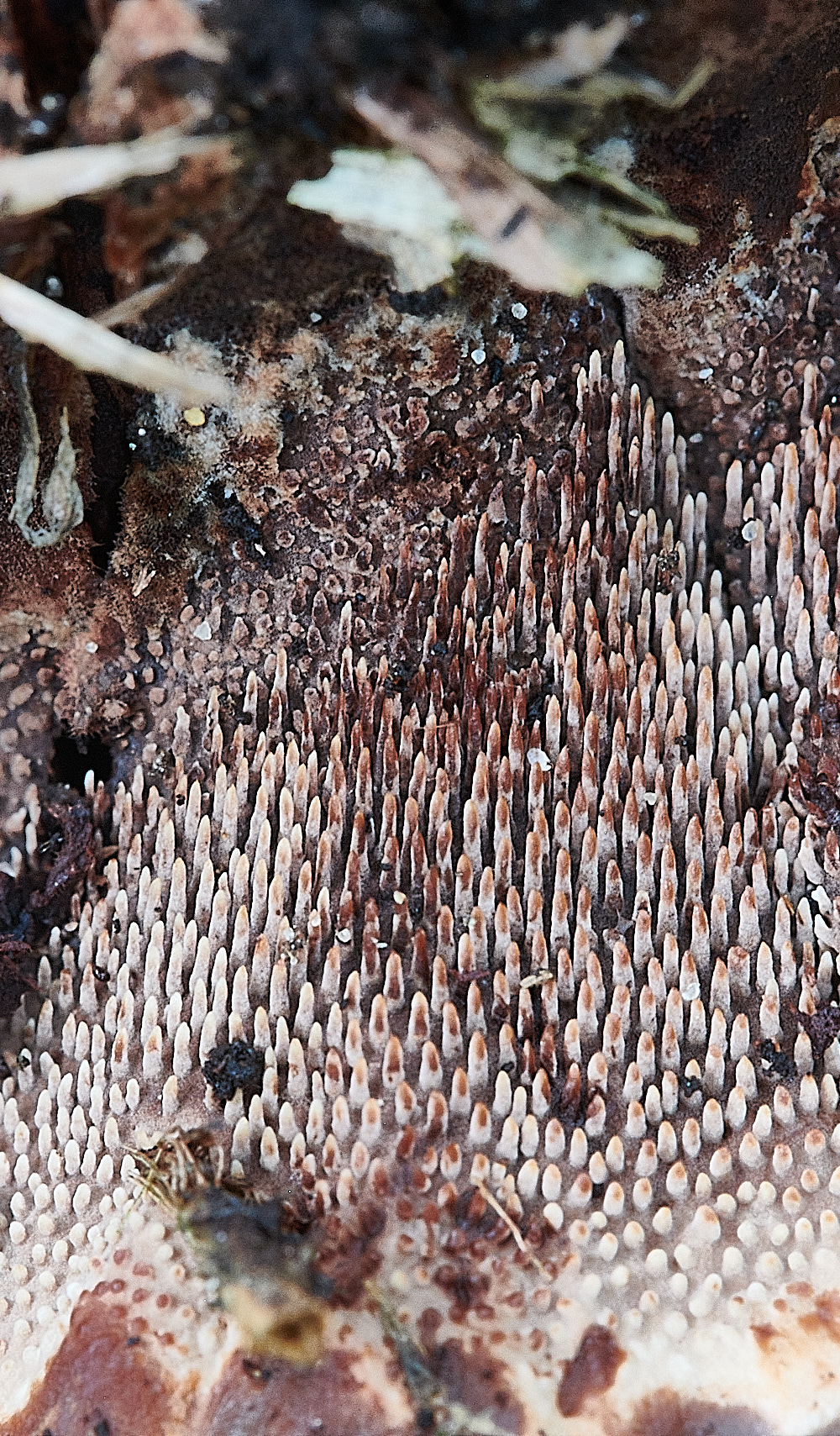
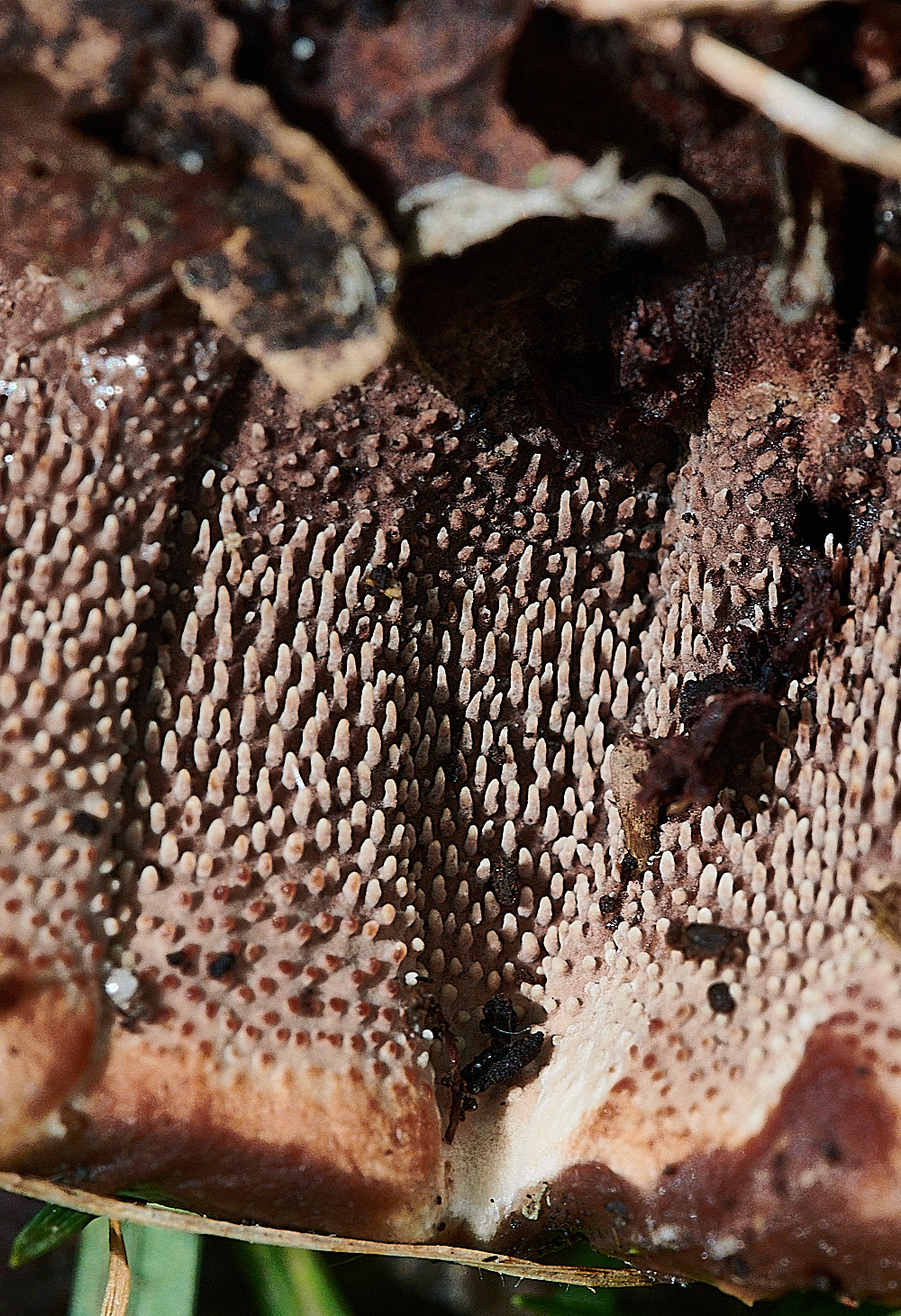
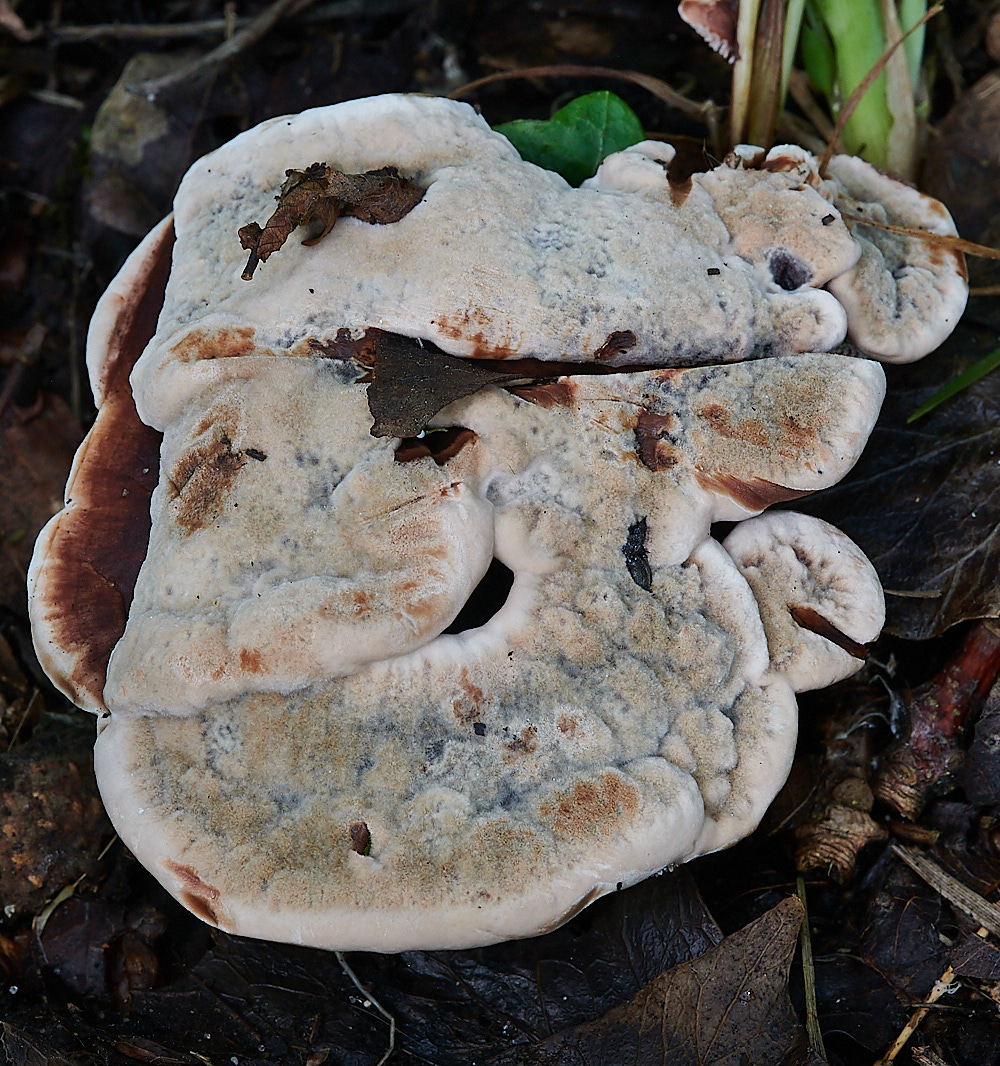
A Toothed Fungus - Zoned Tooth Fungus (Hydnellum concrescens)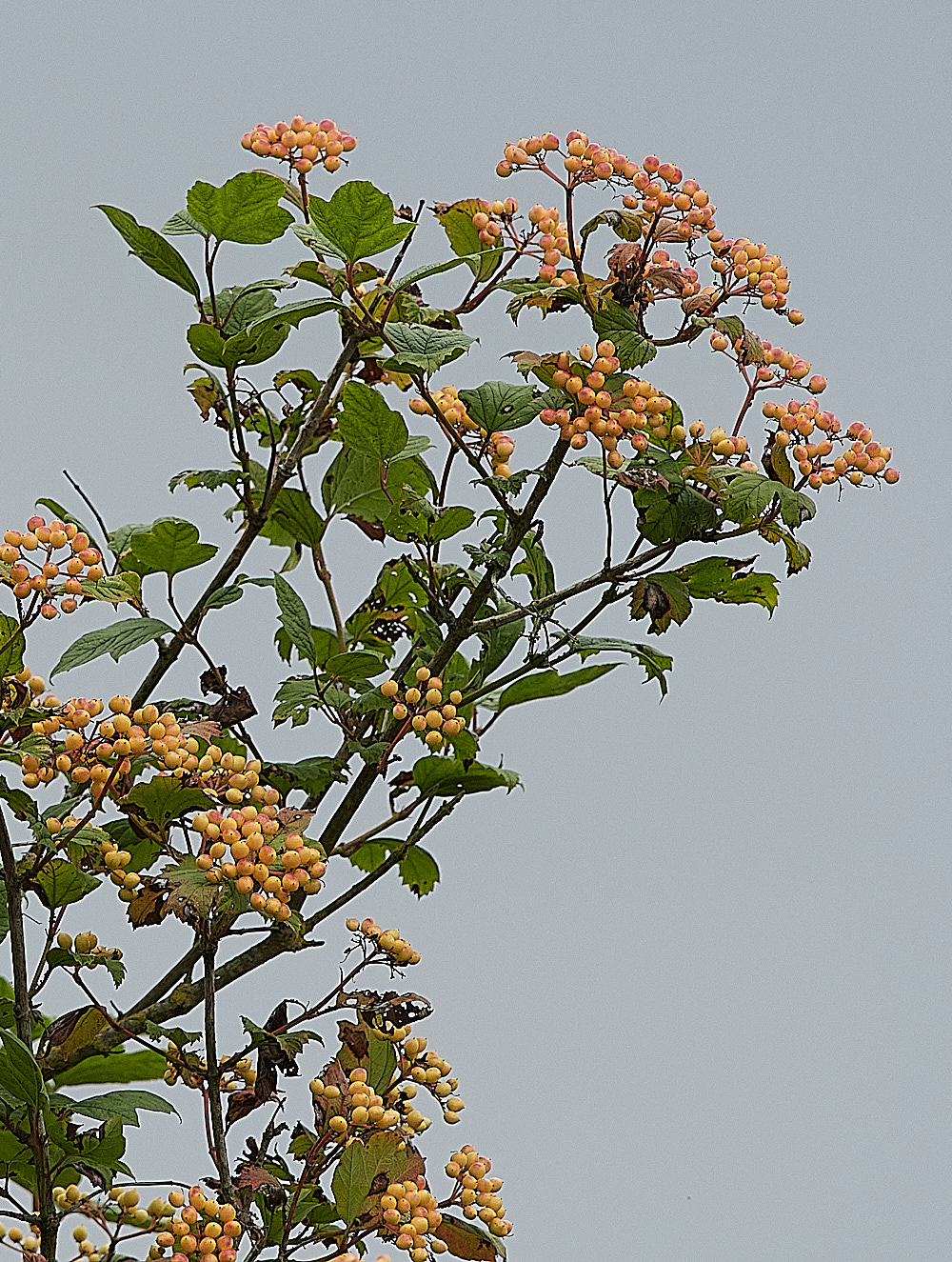
Guelder Rose (Viburnum opulis)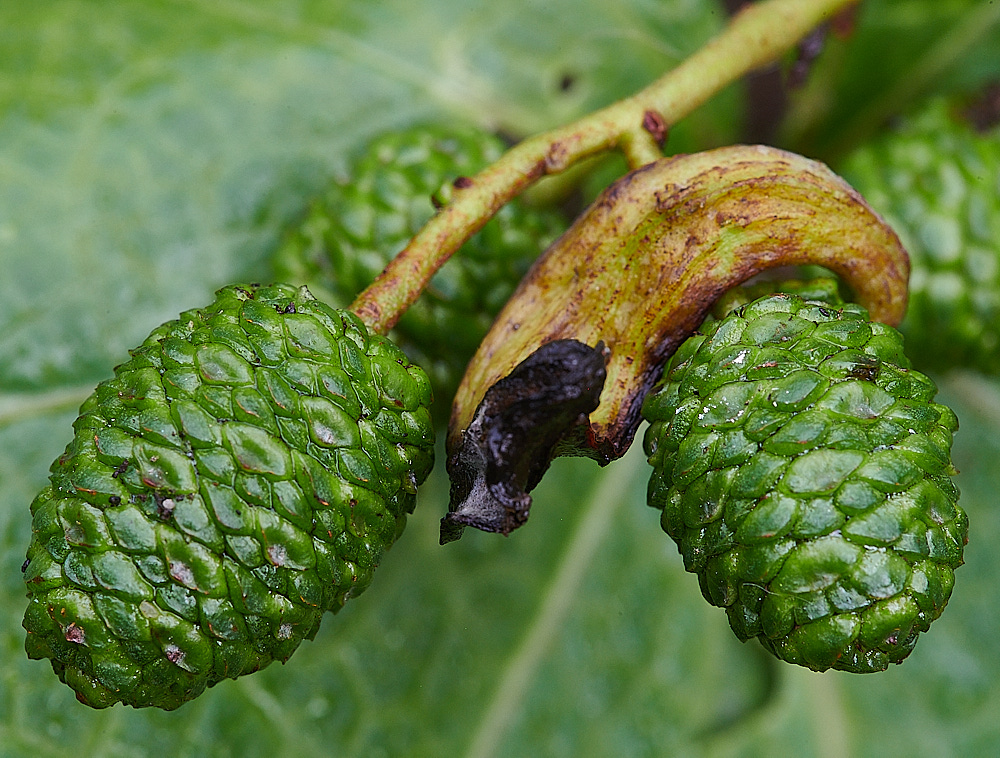
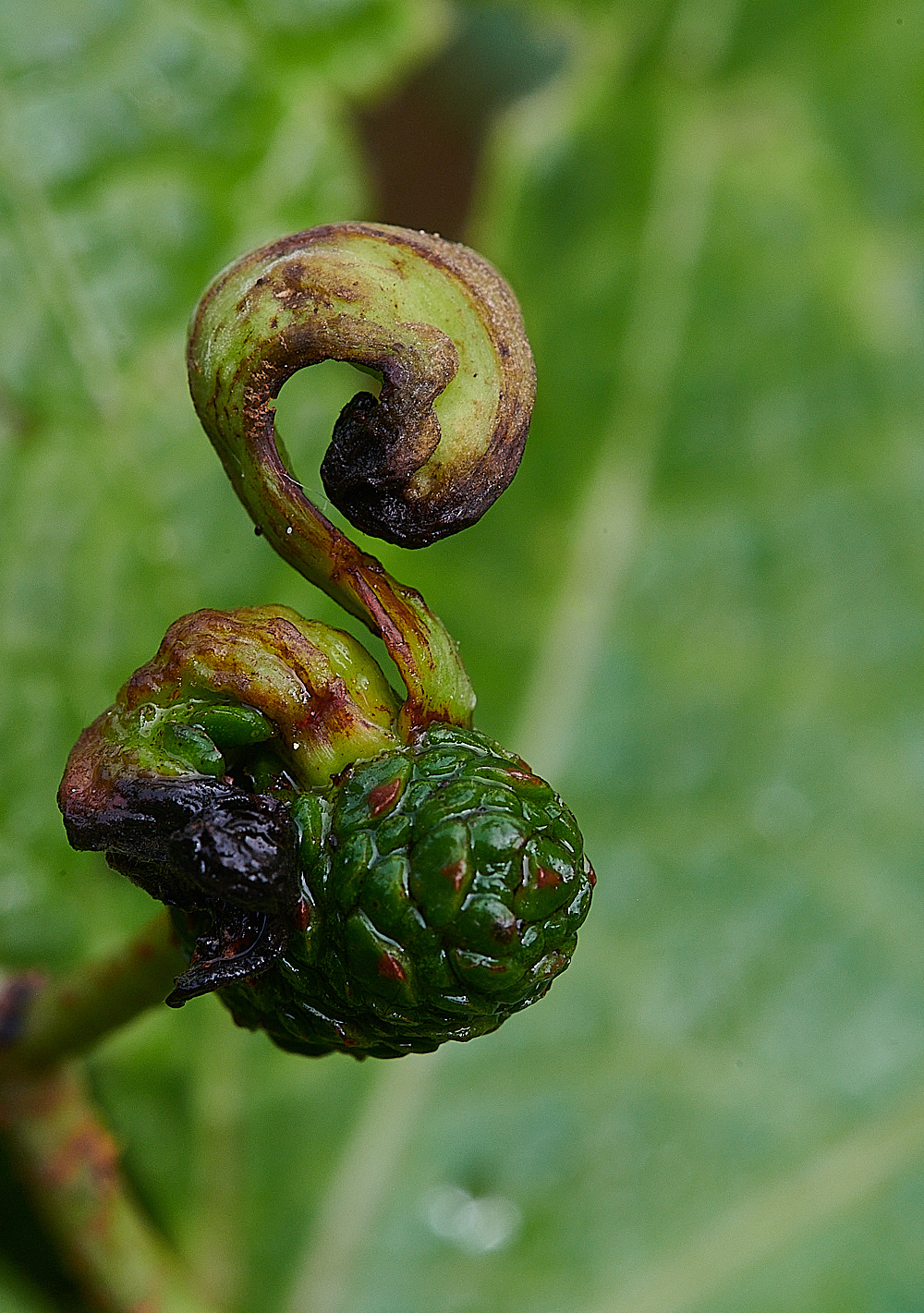
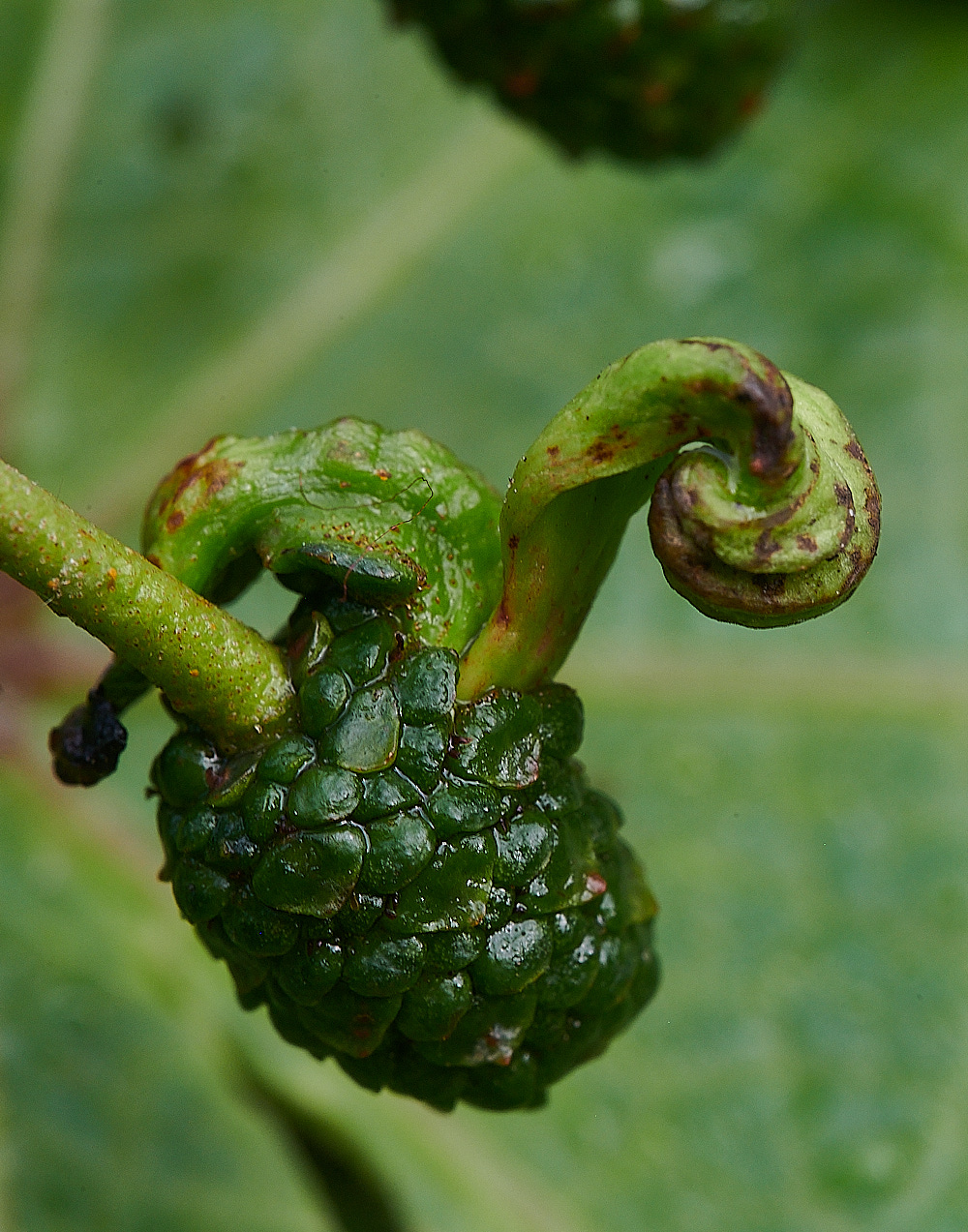
Alder Tongue Curl (Taphrina alni)
Thanks to Yvonne & Tony for id help and corrections.
